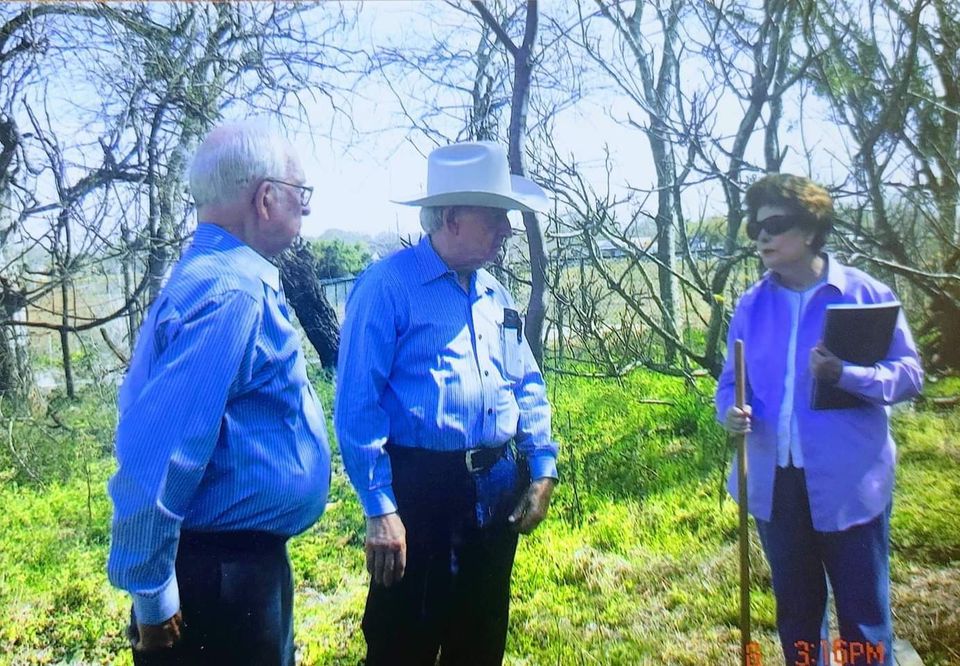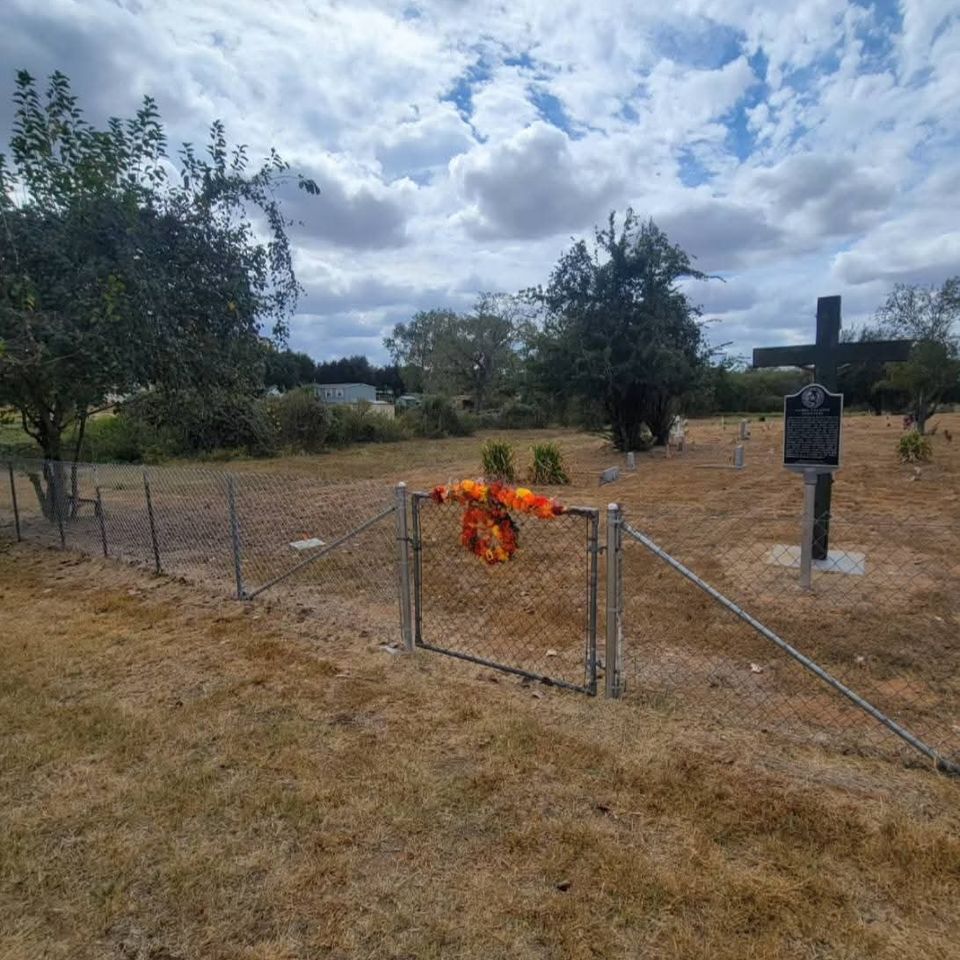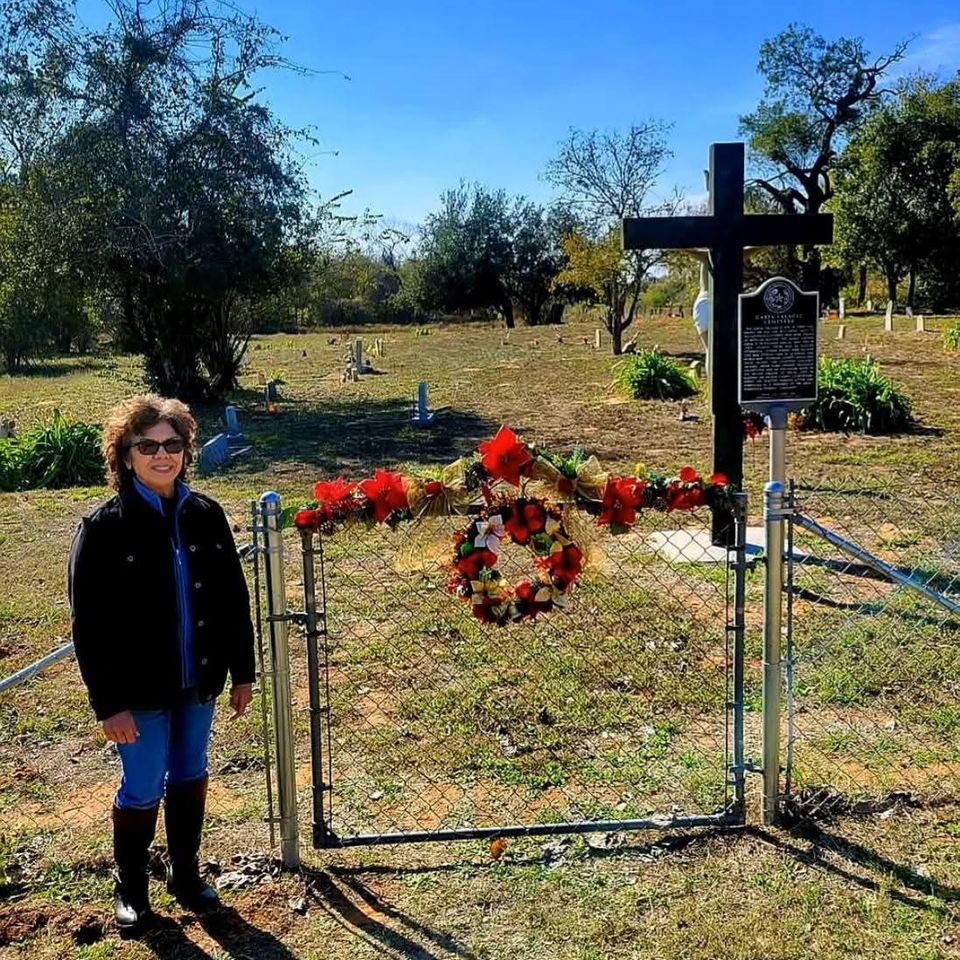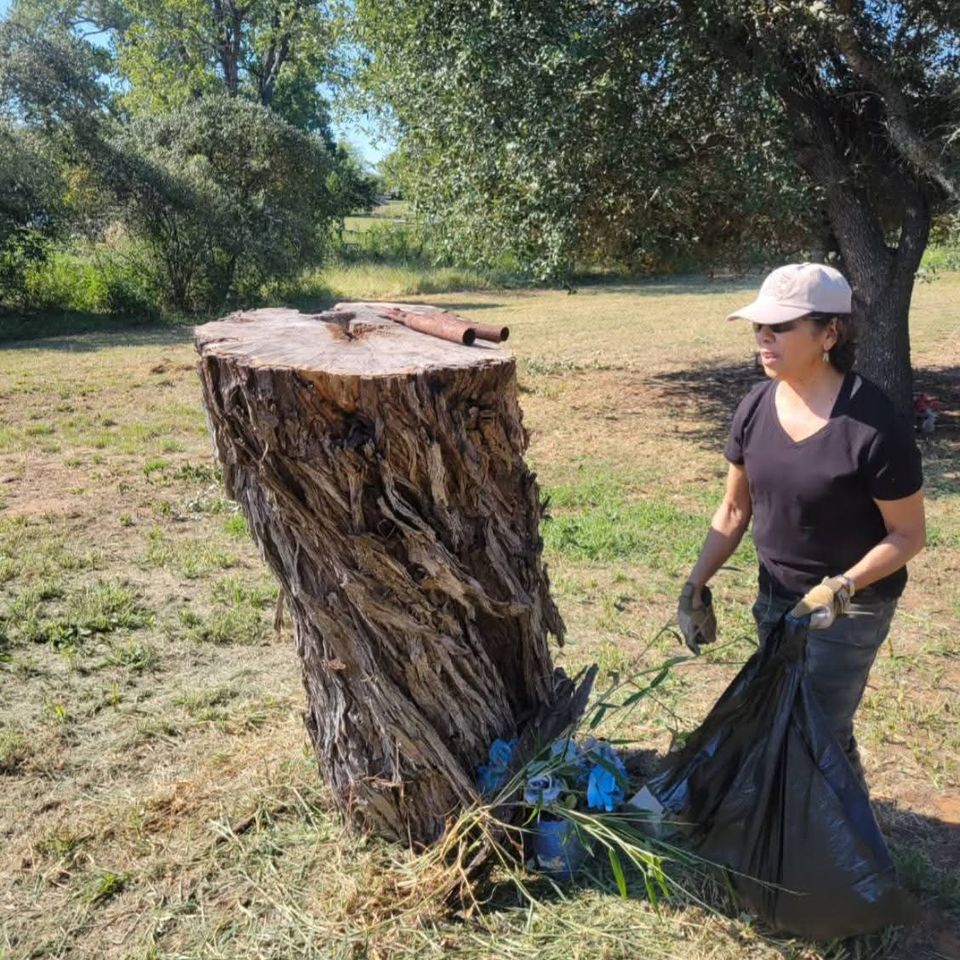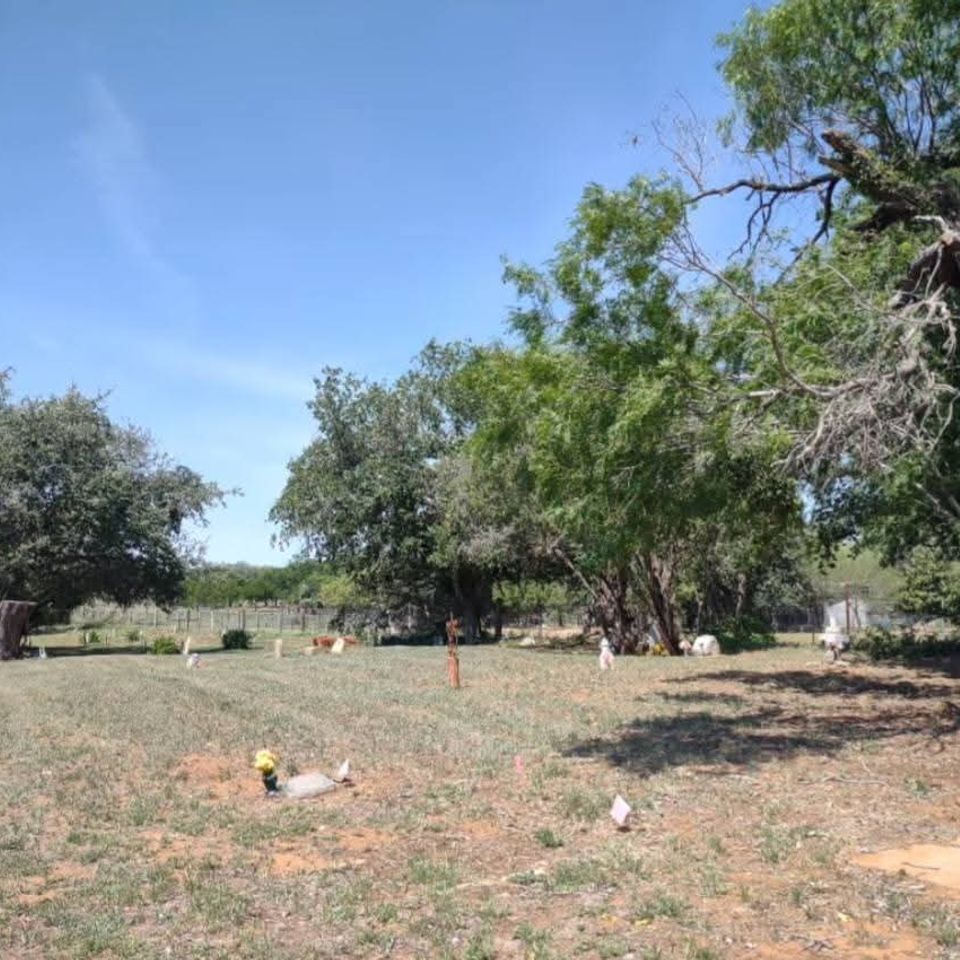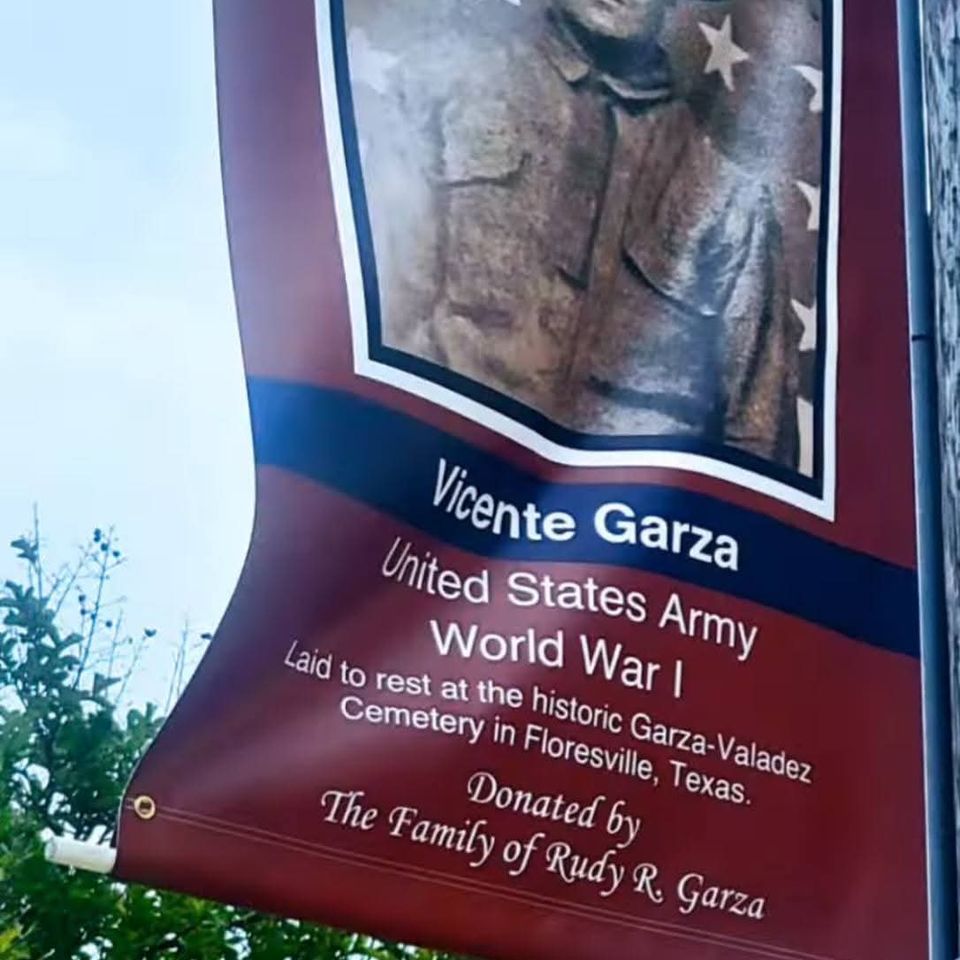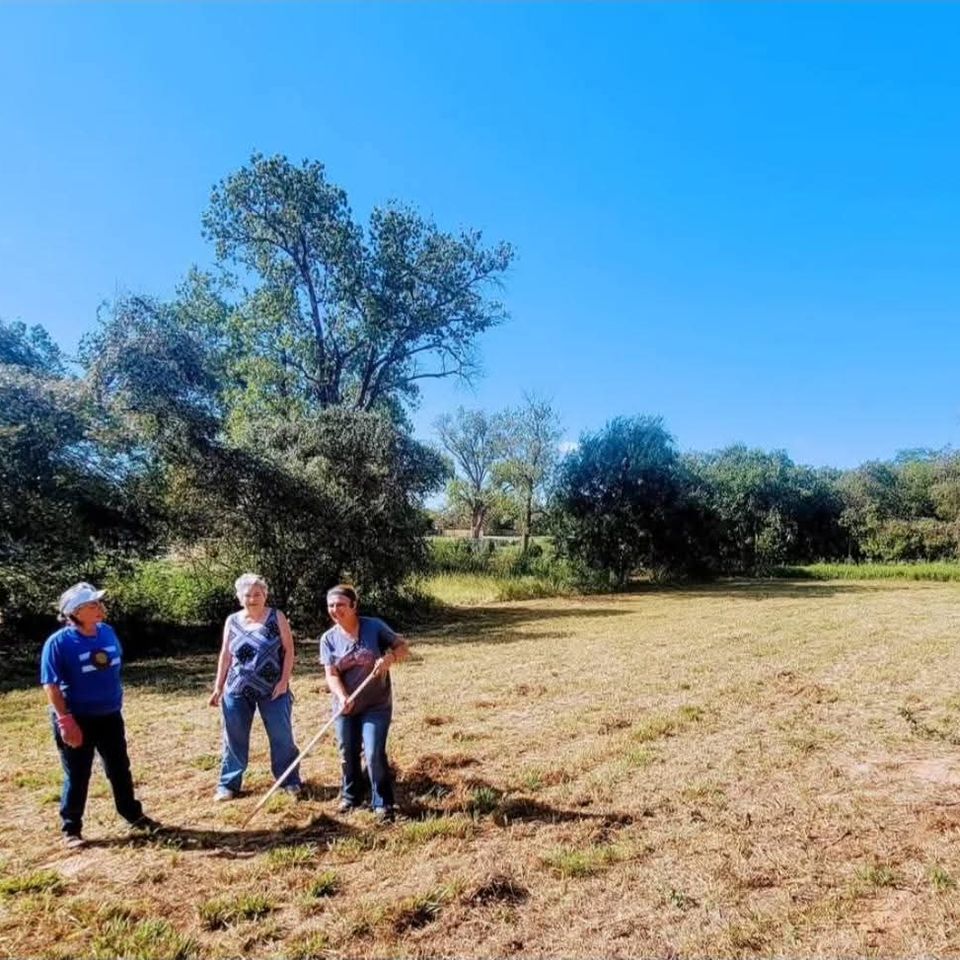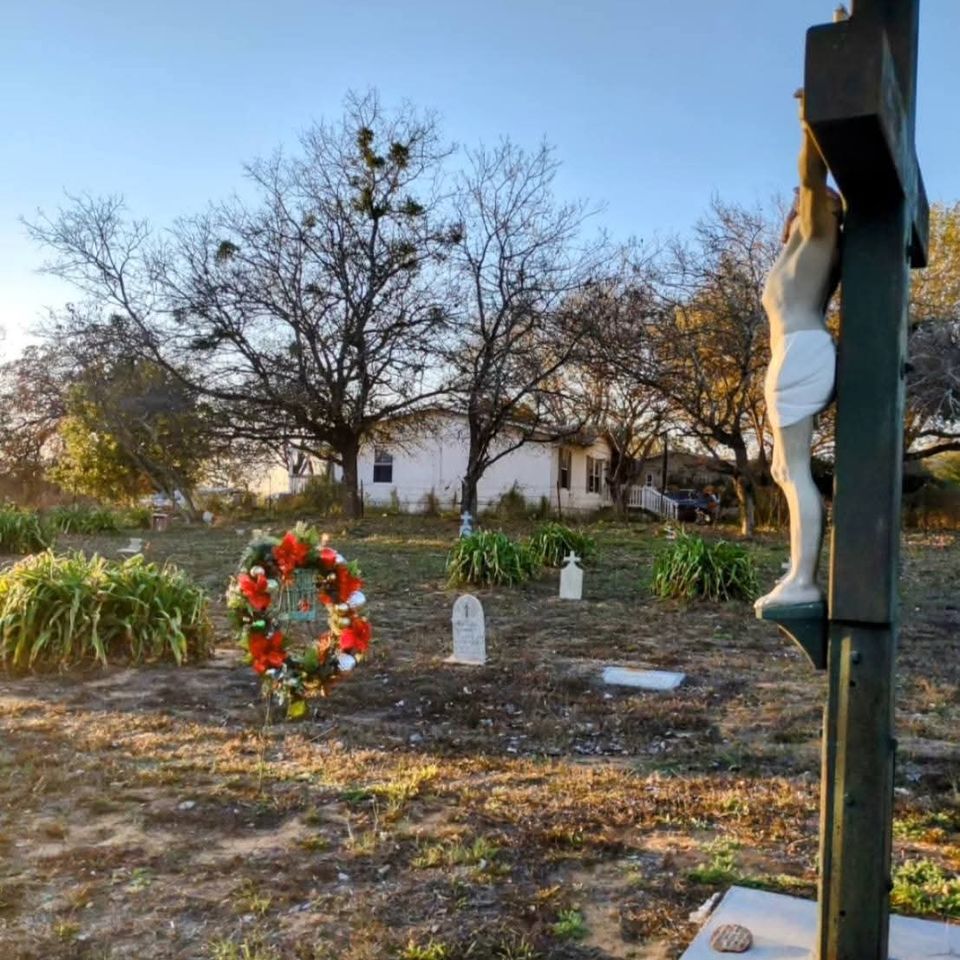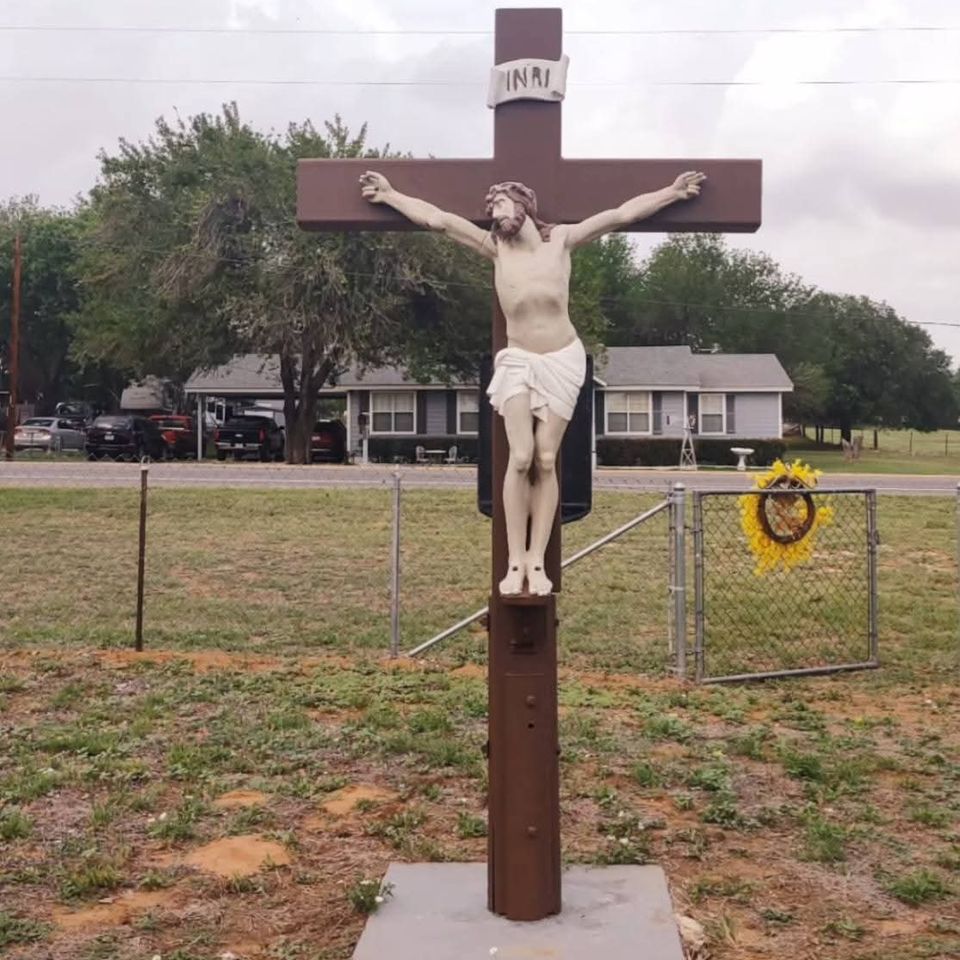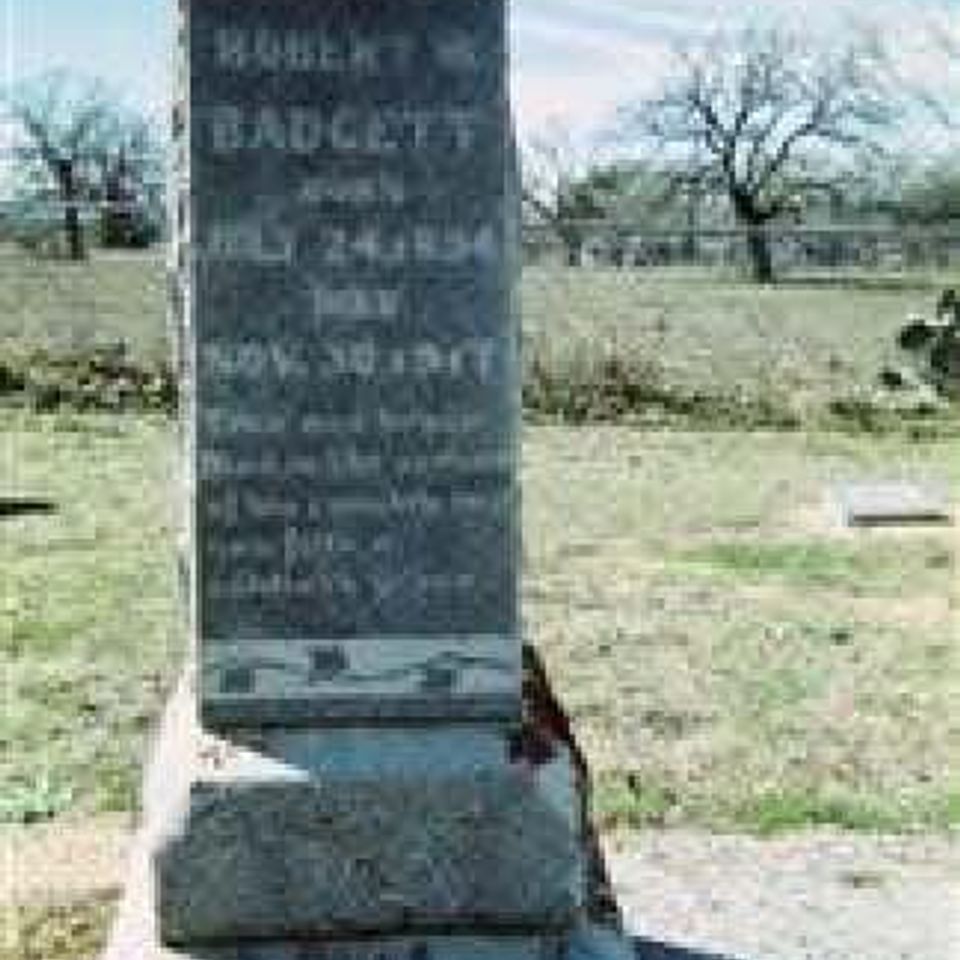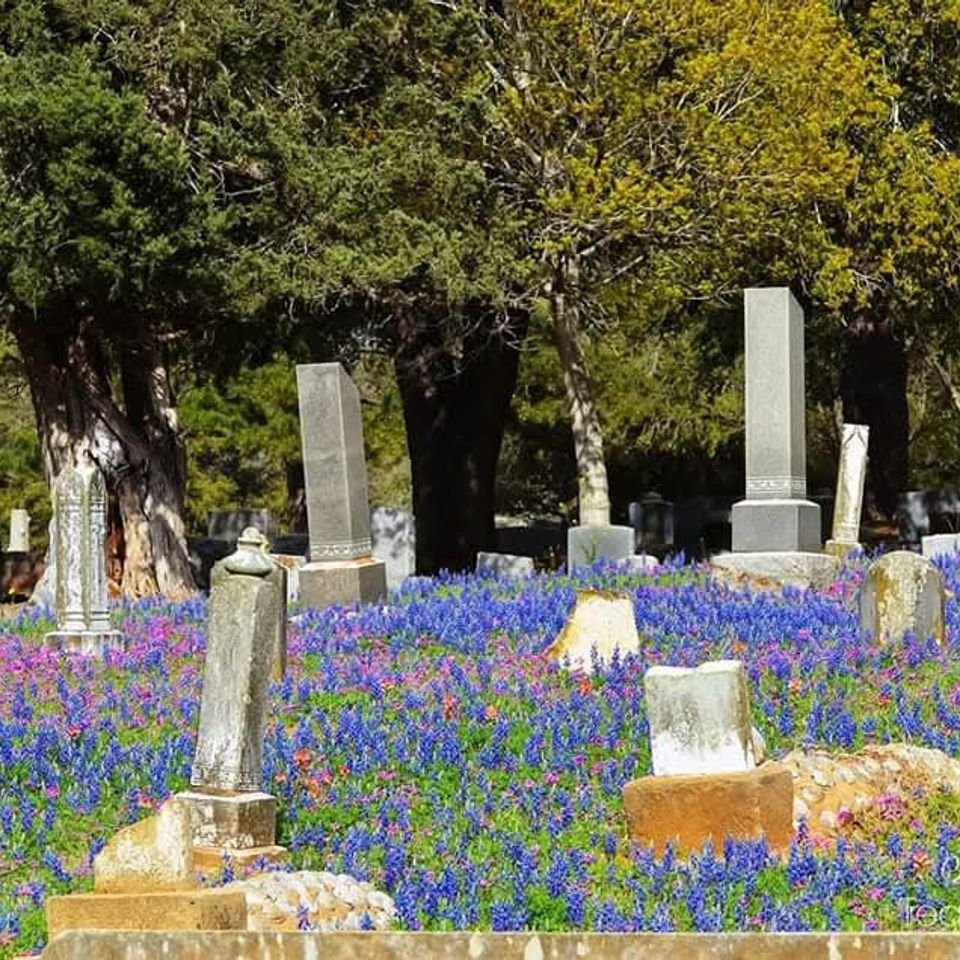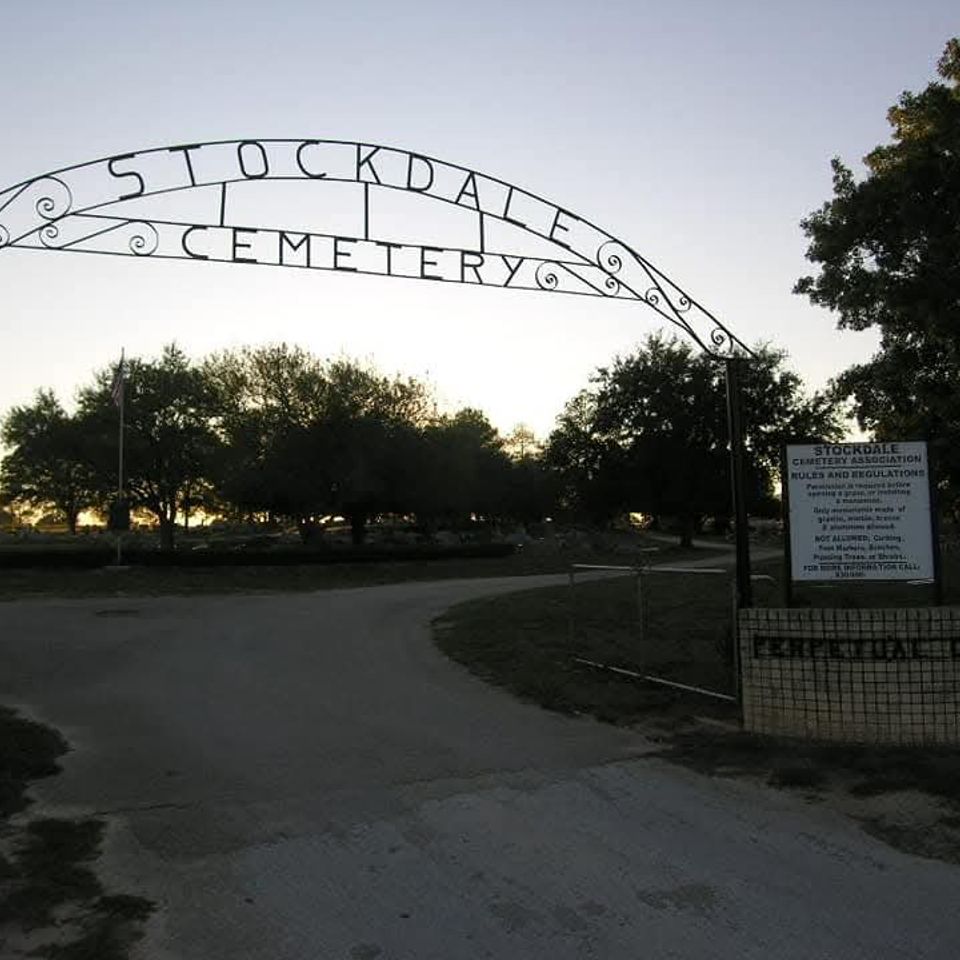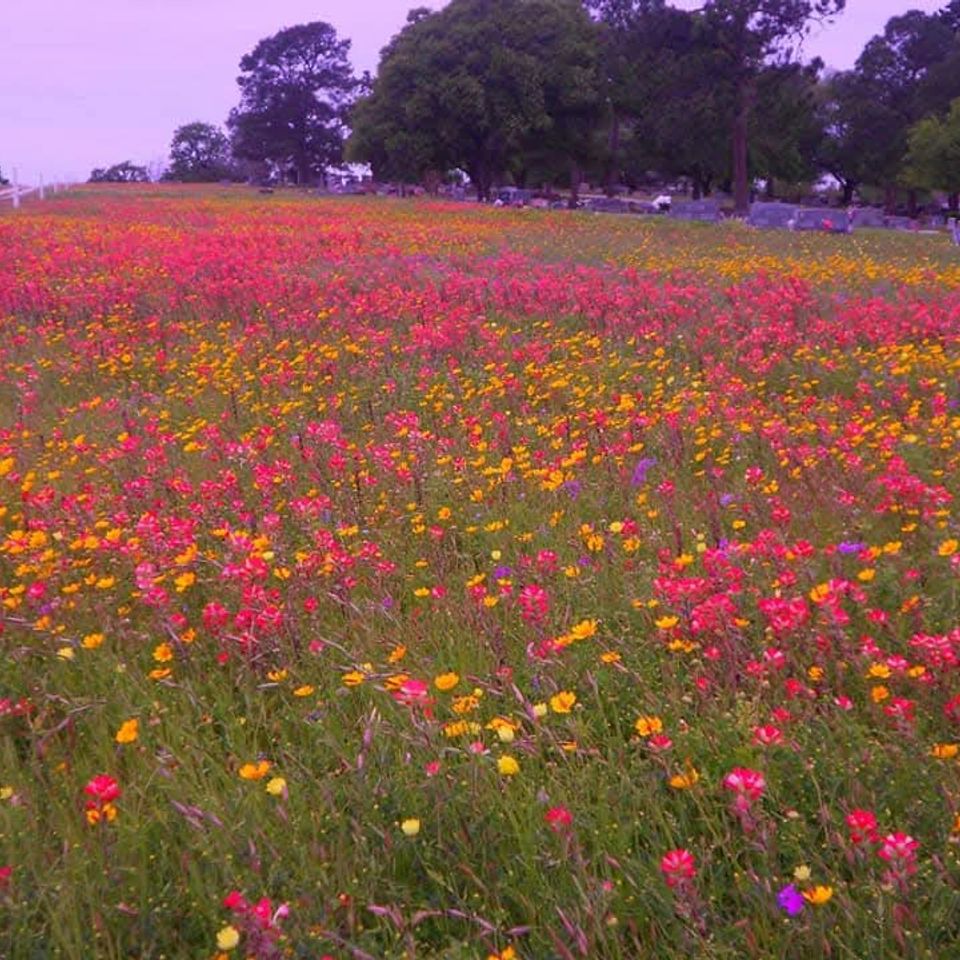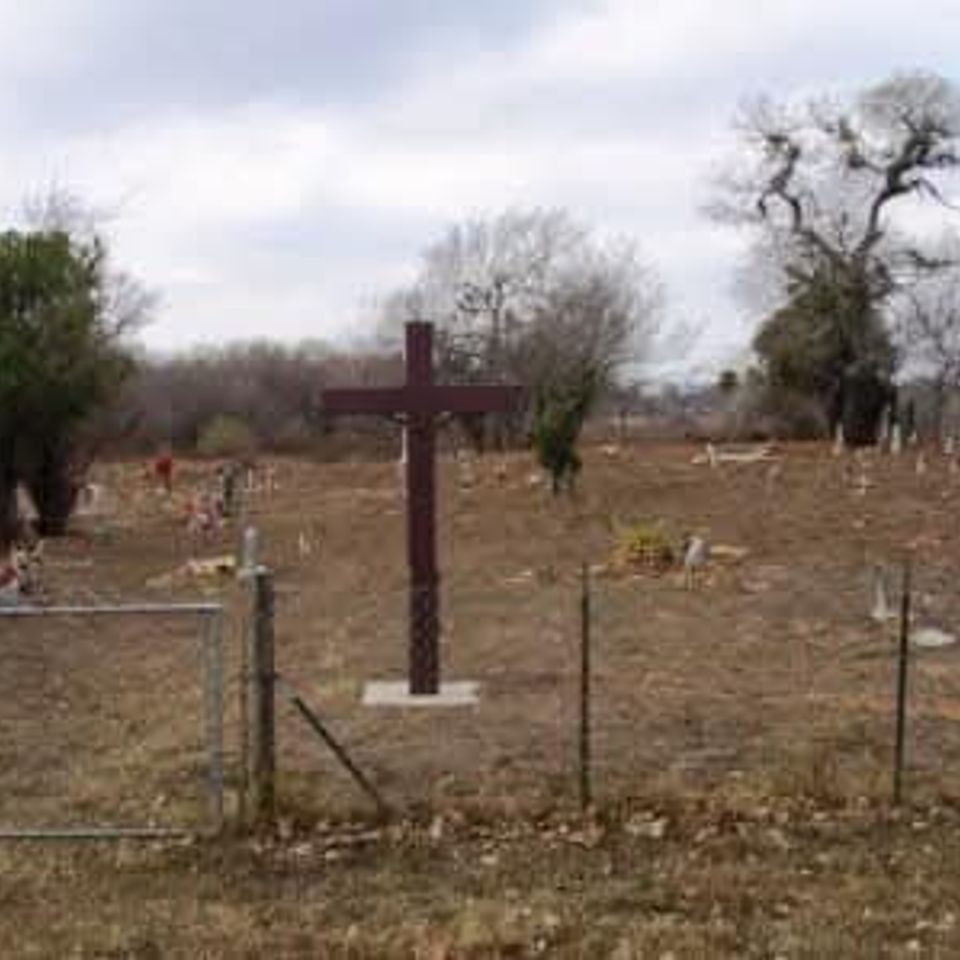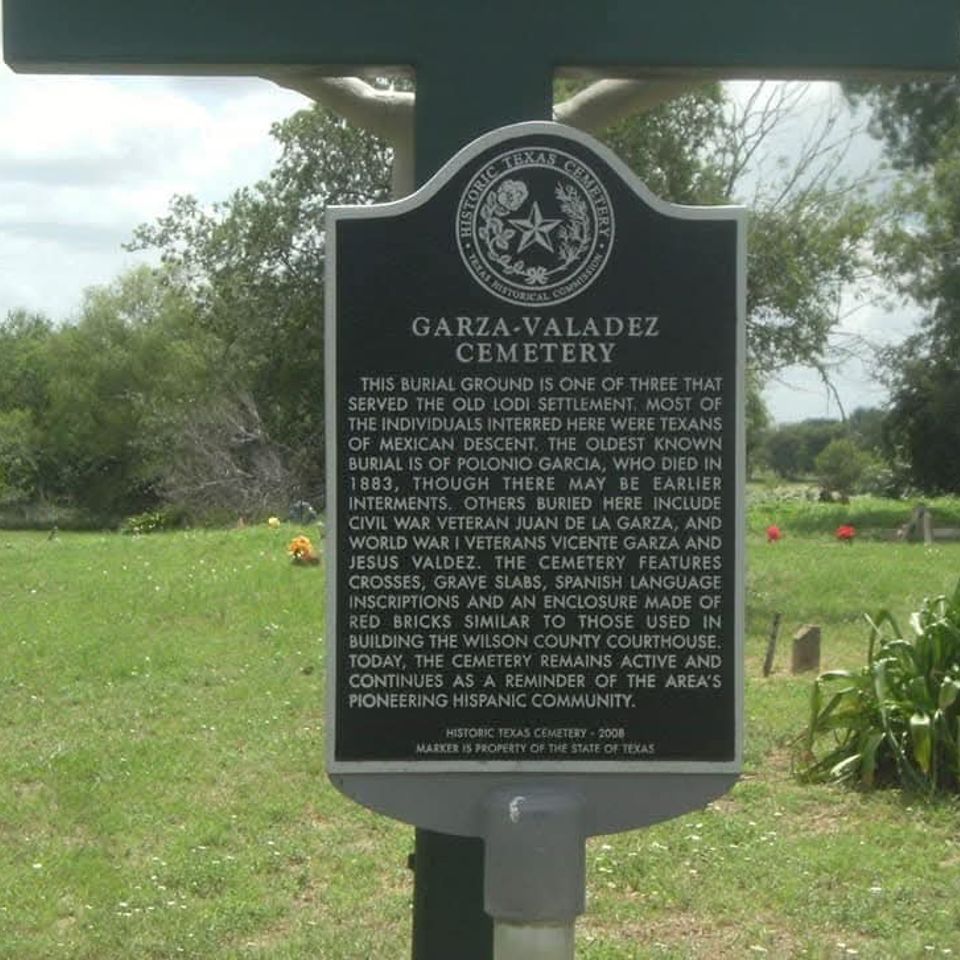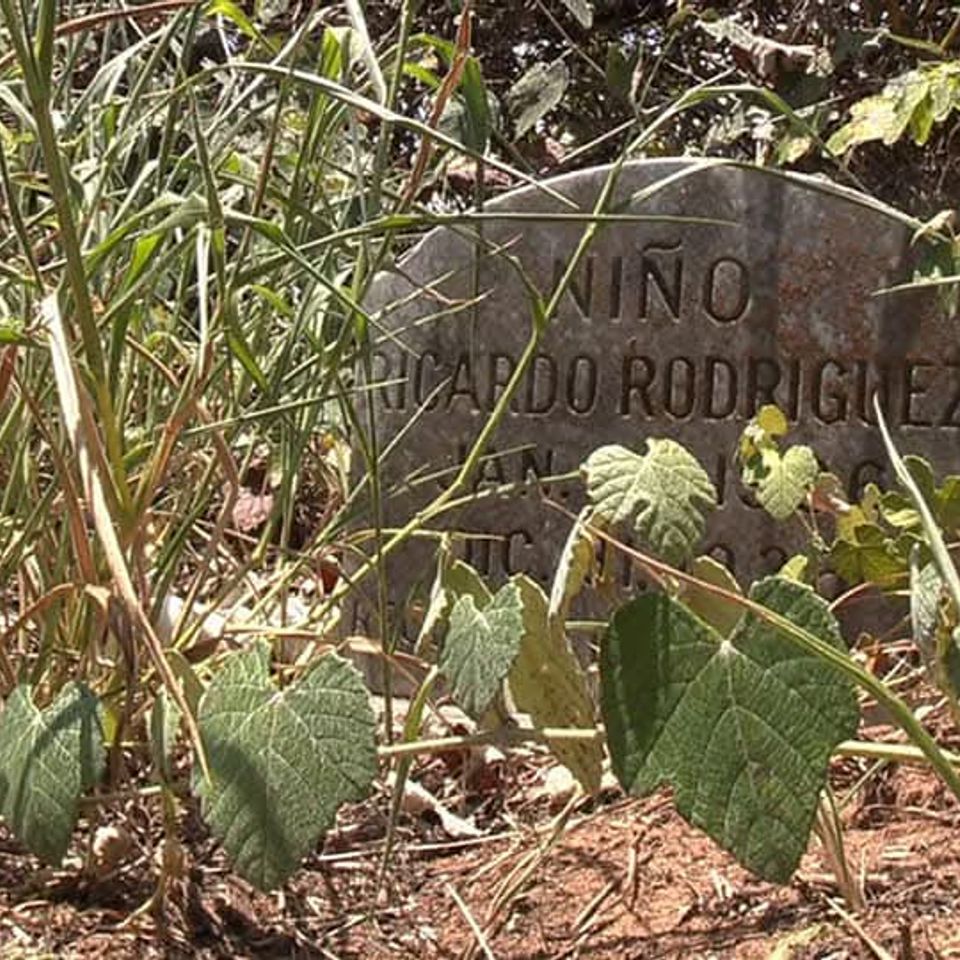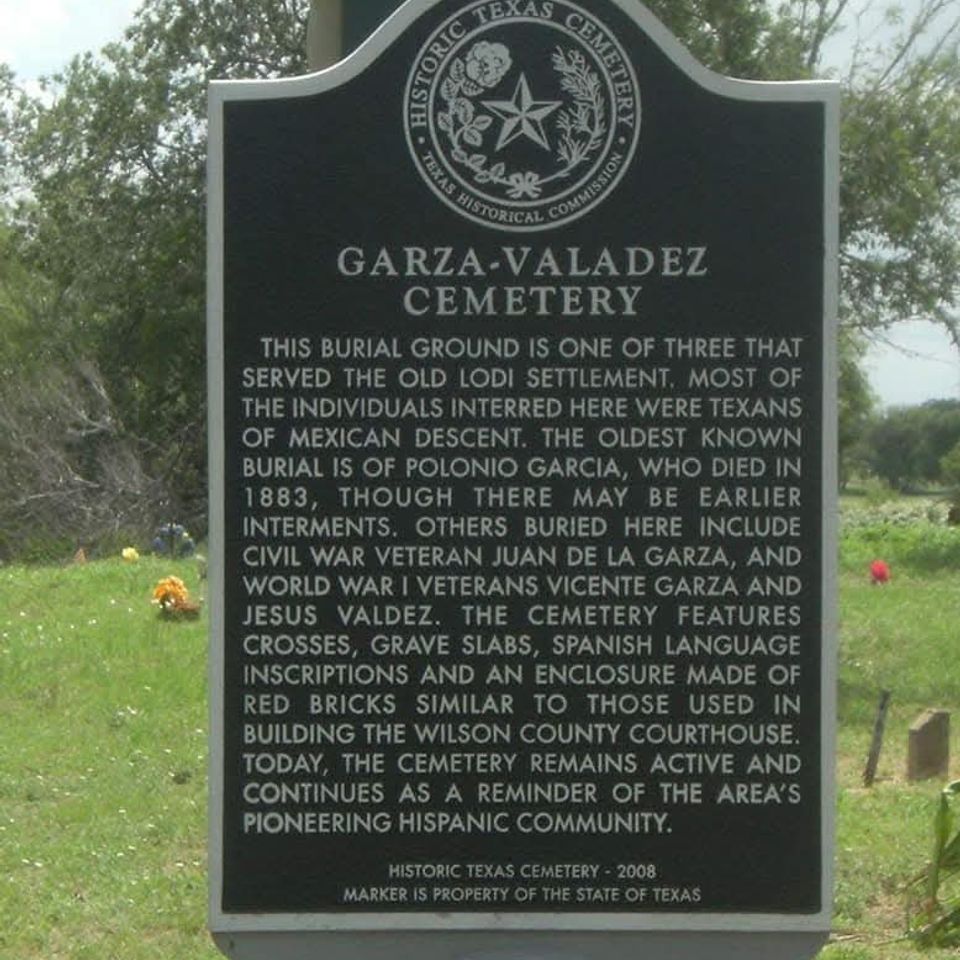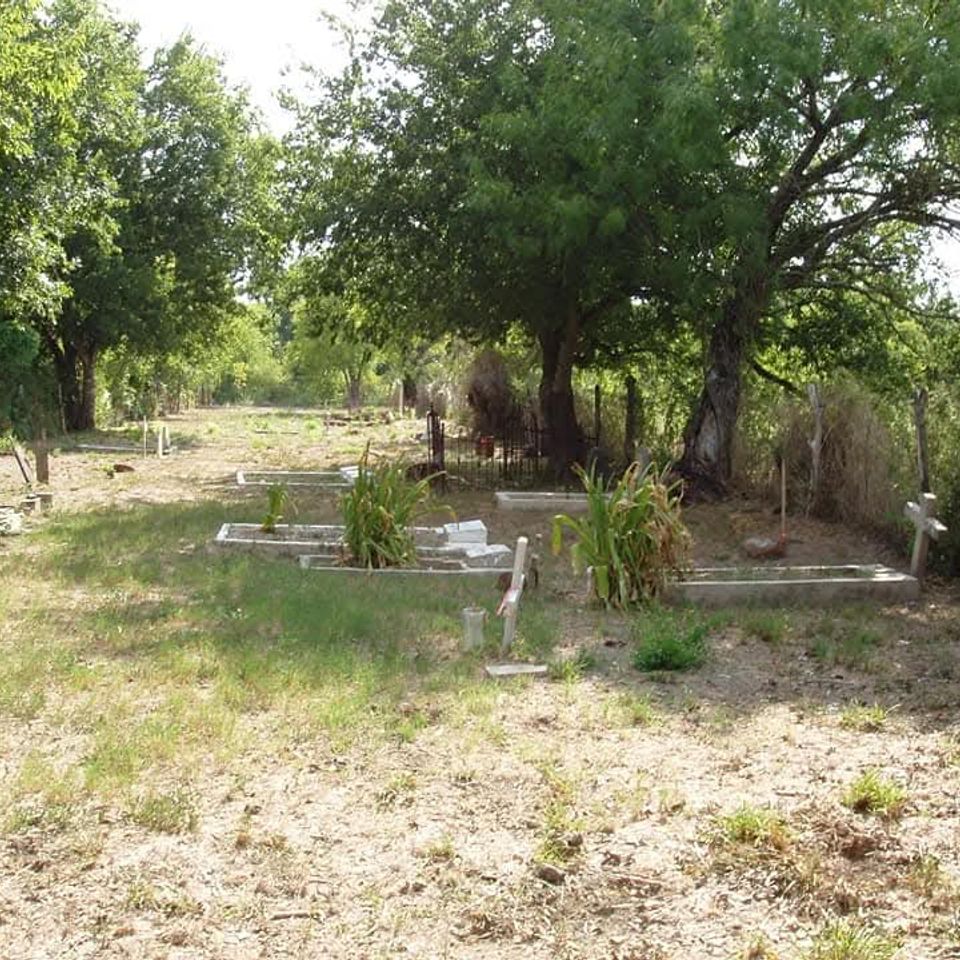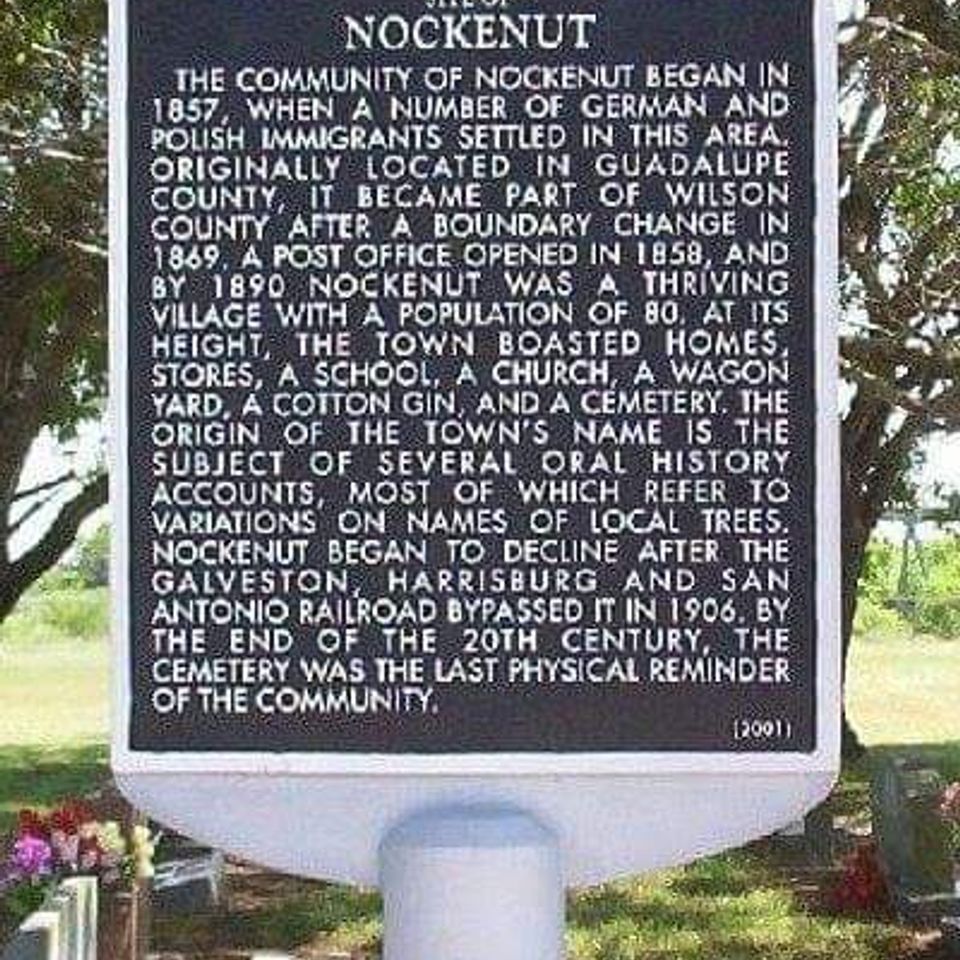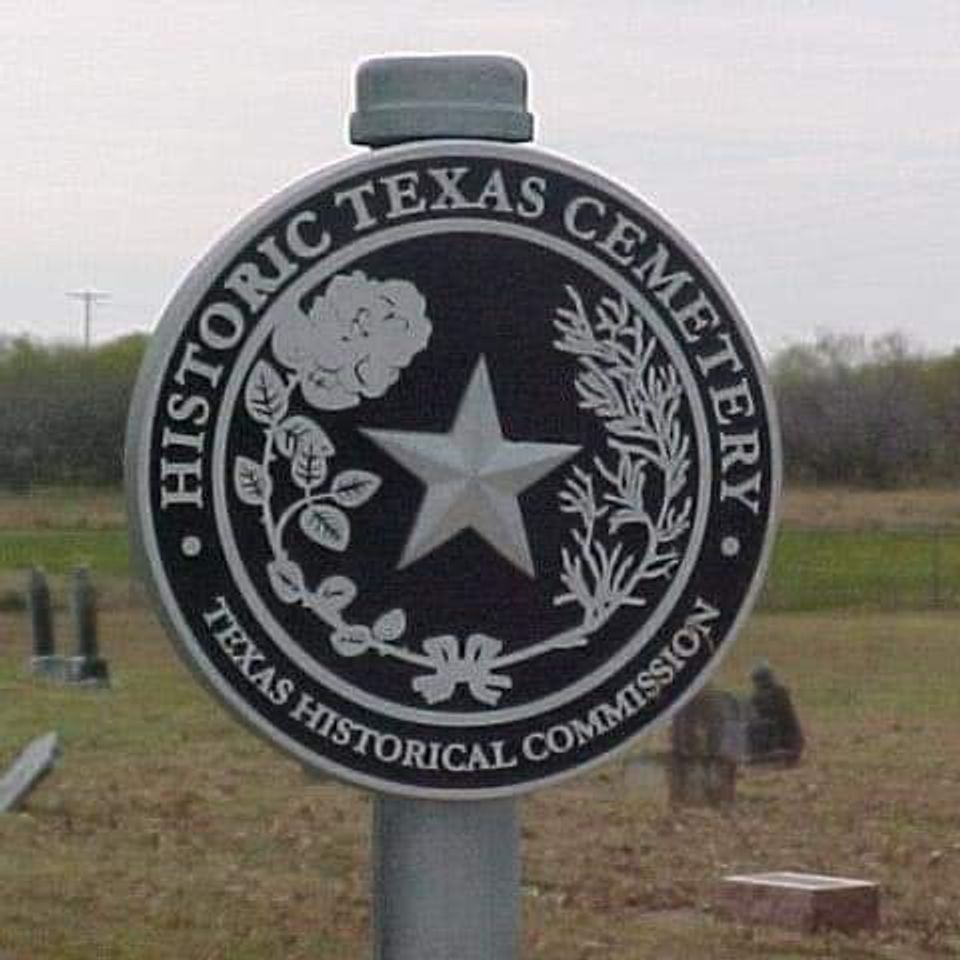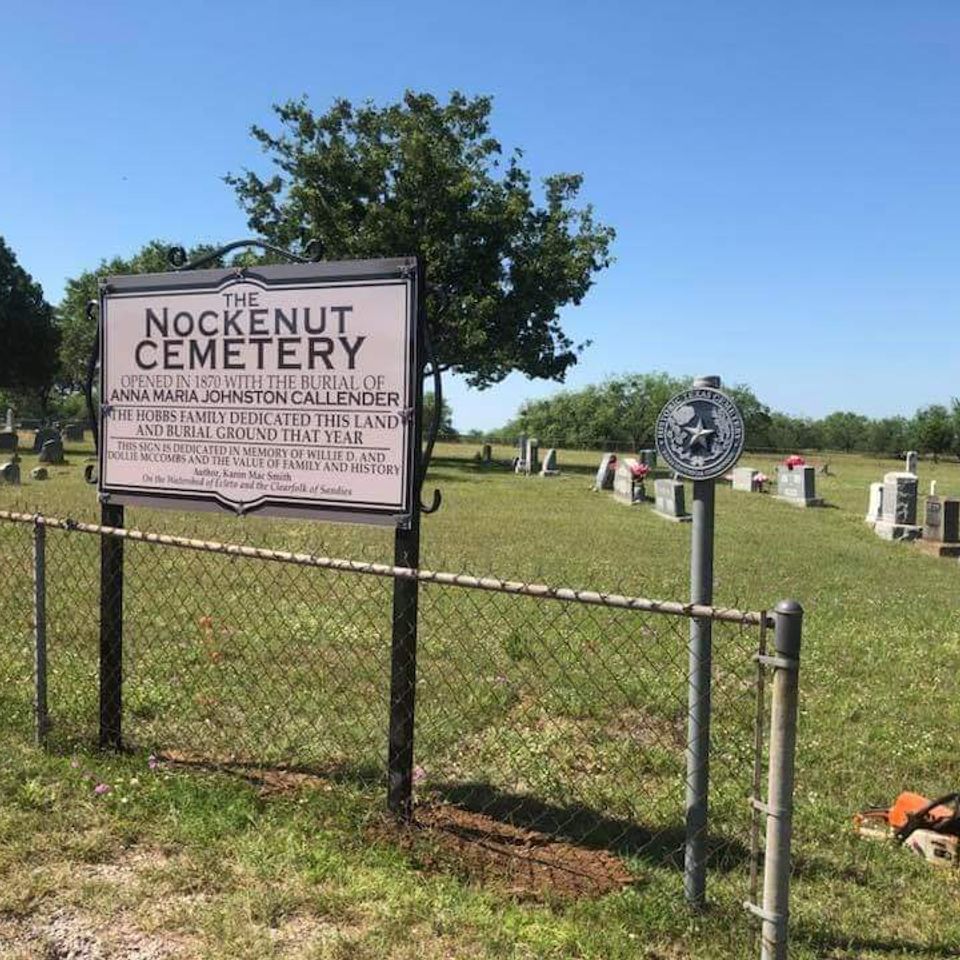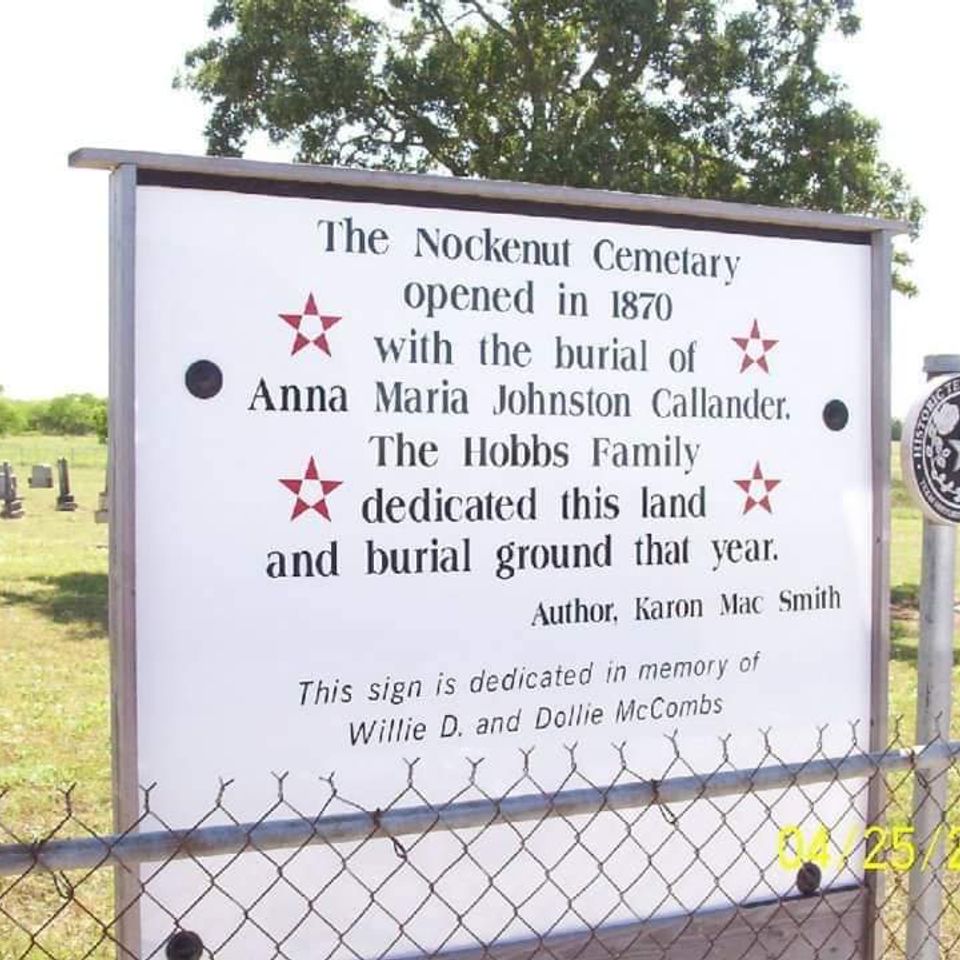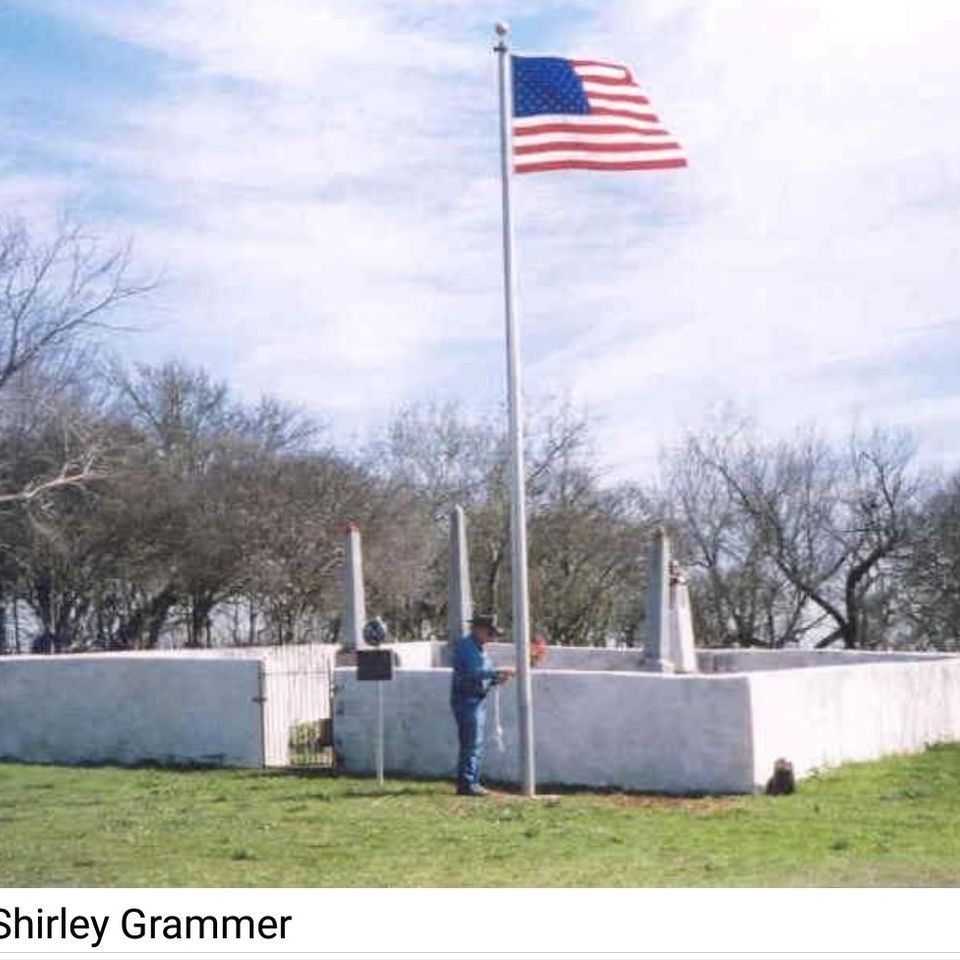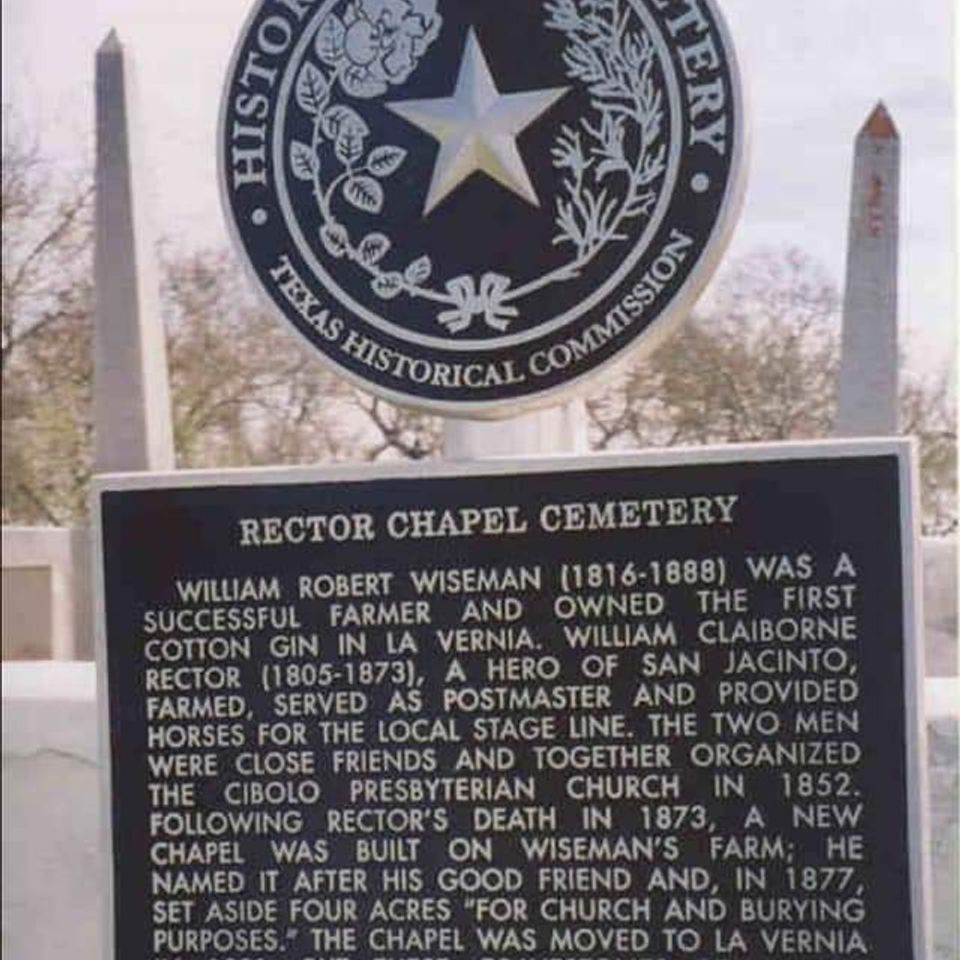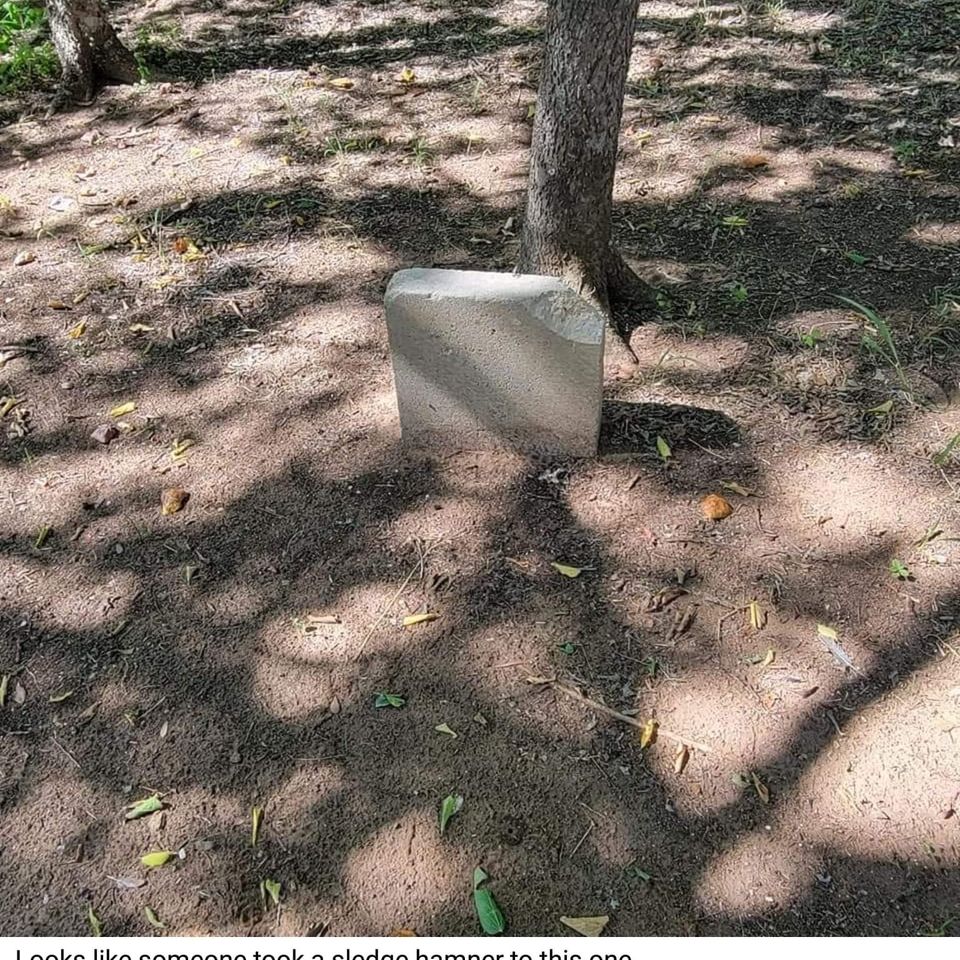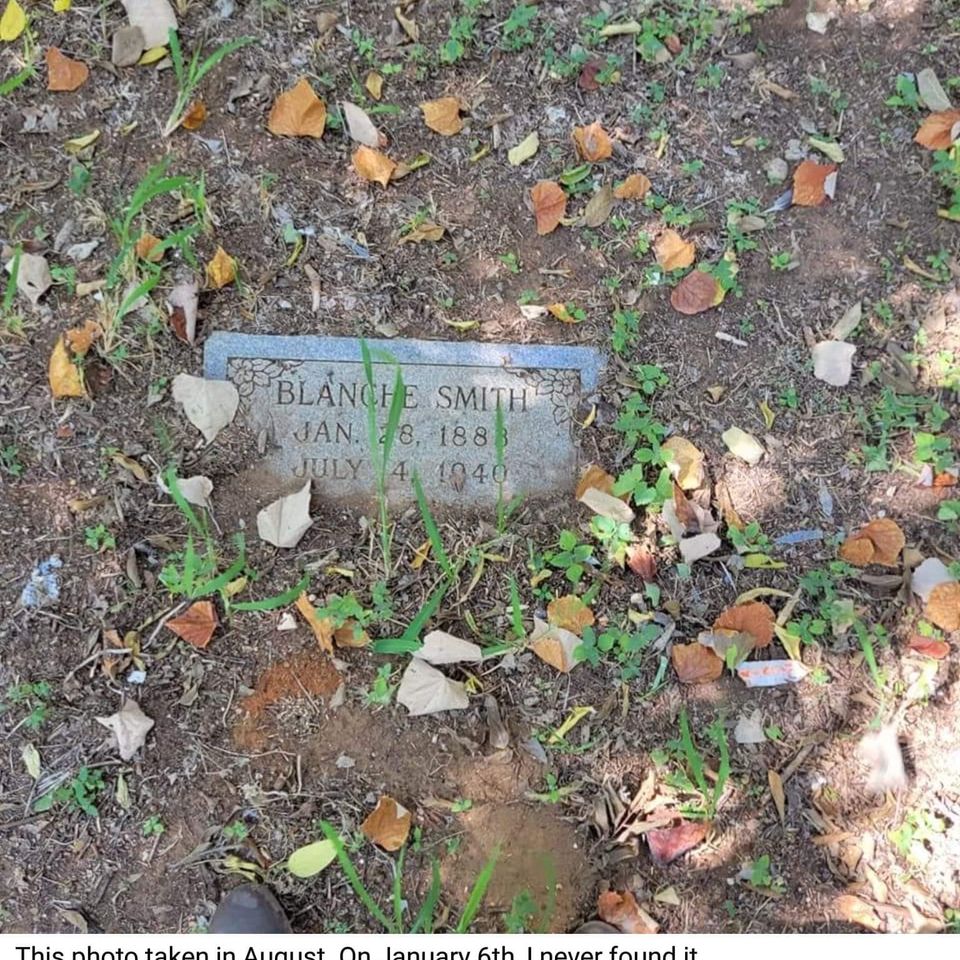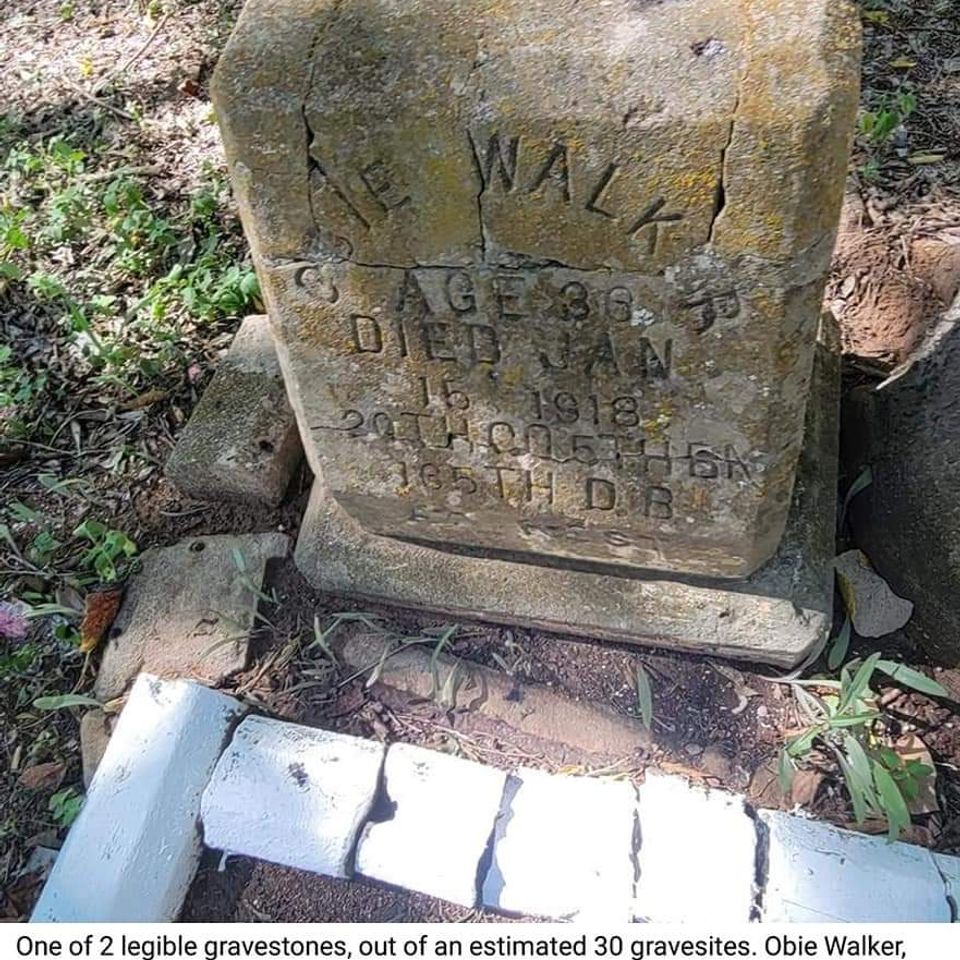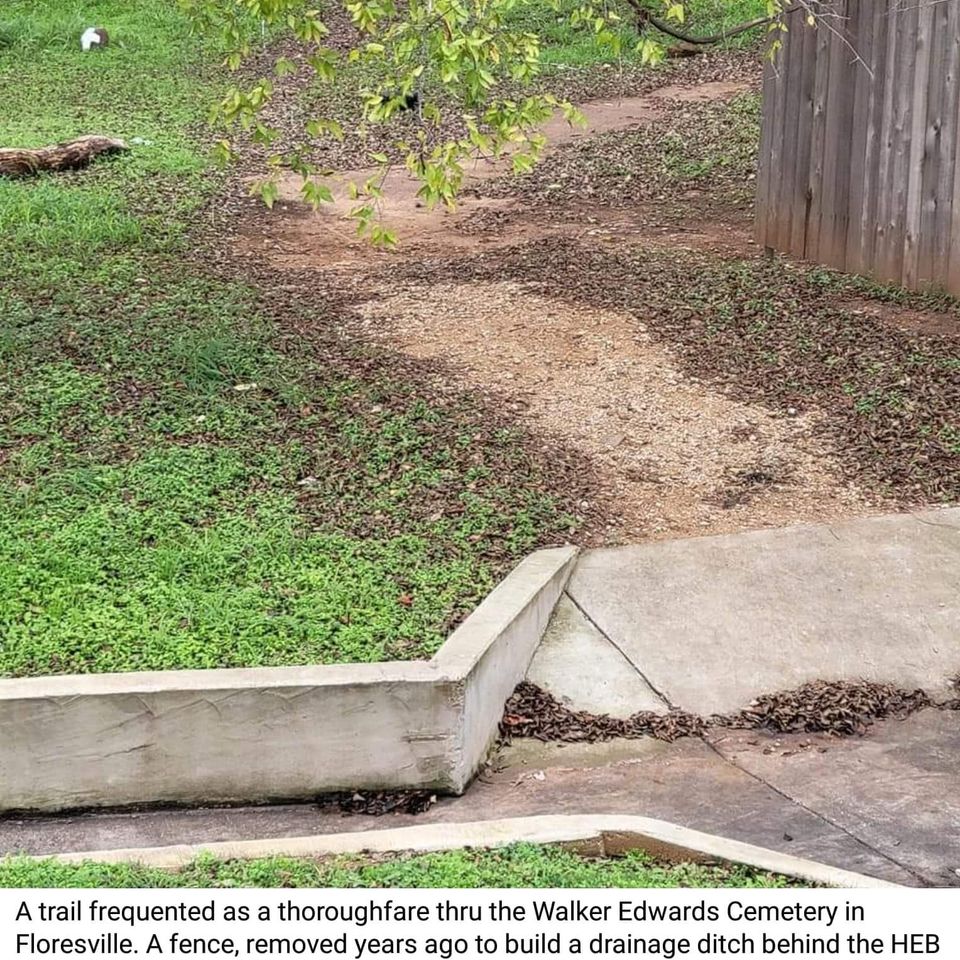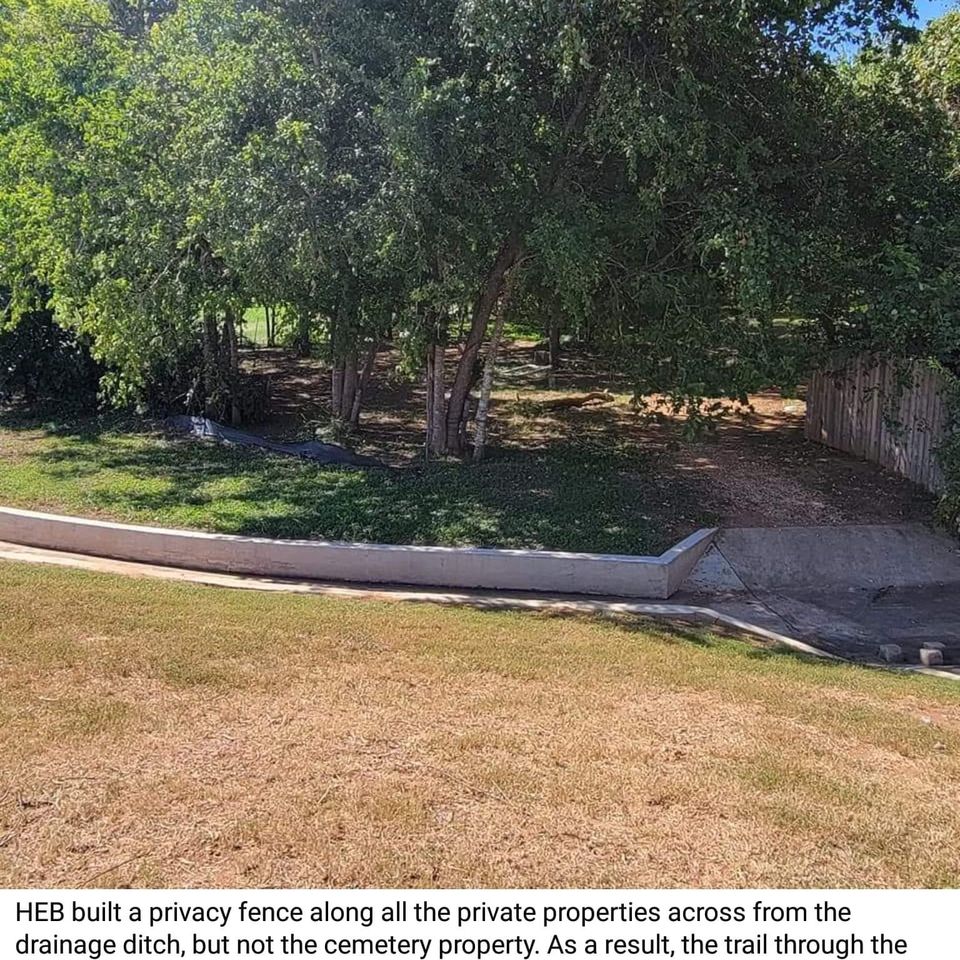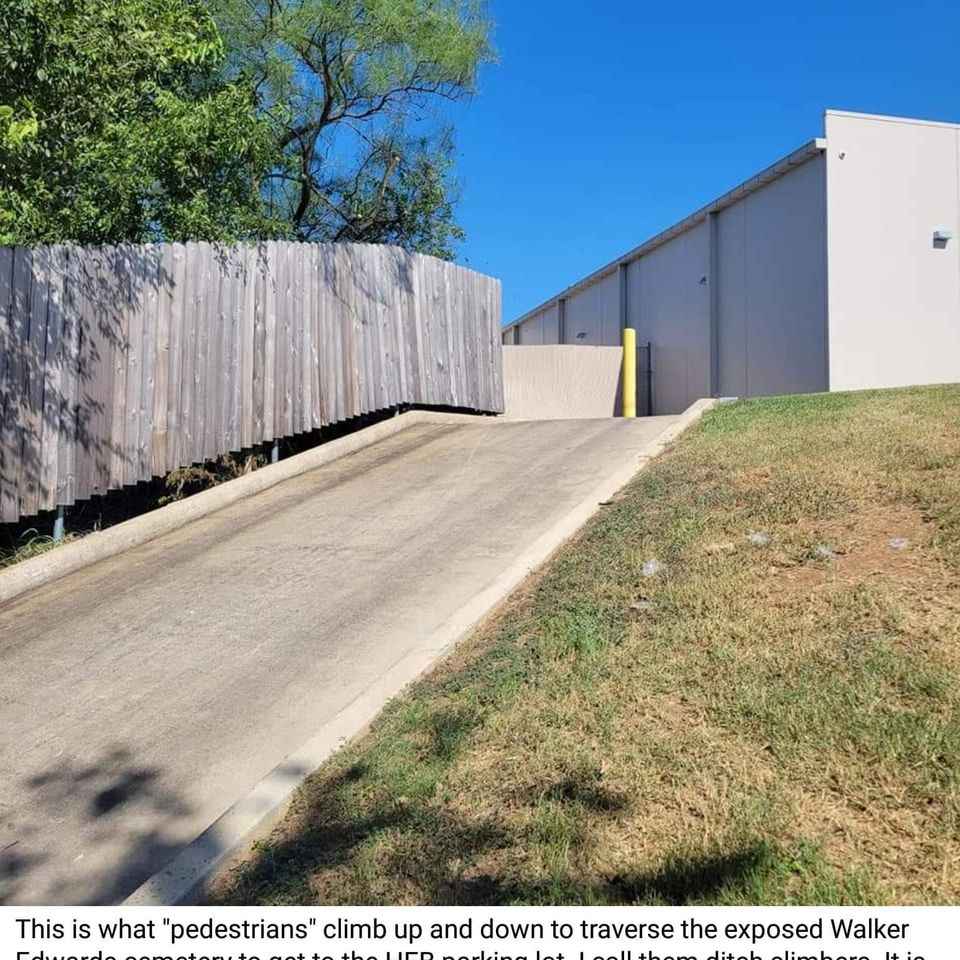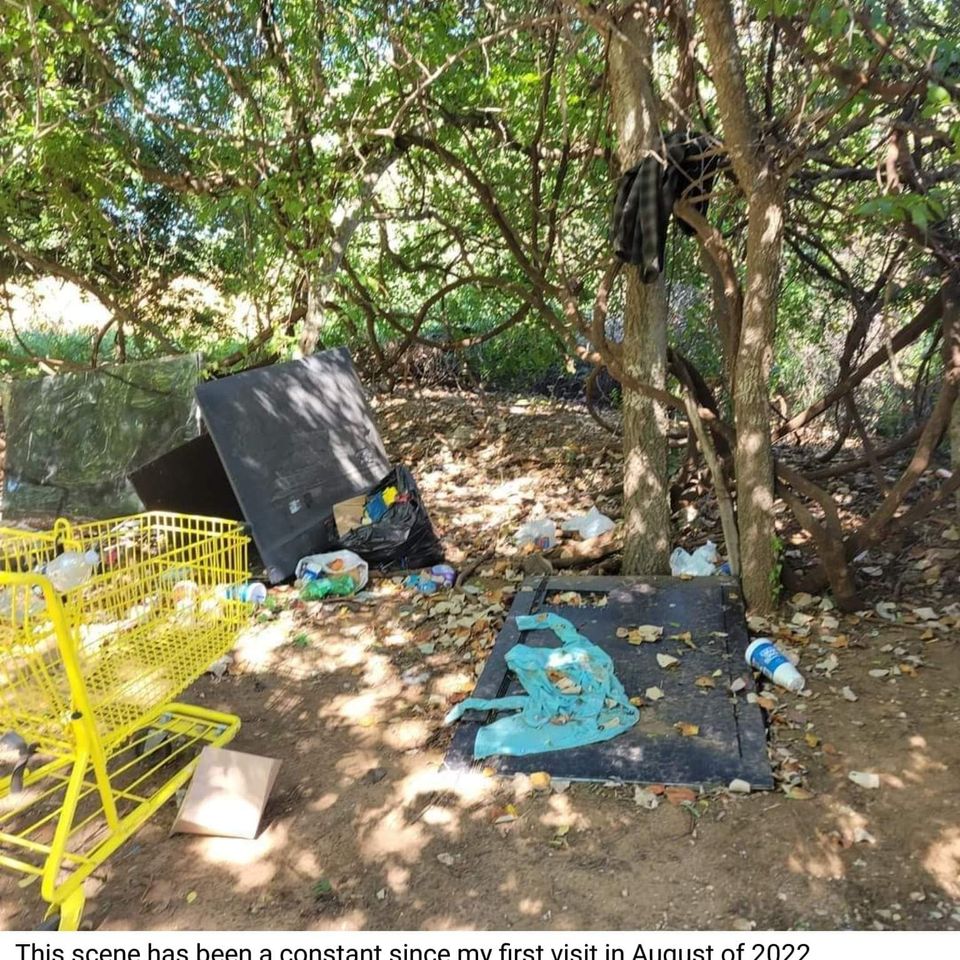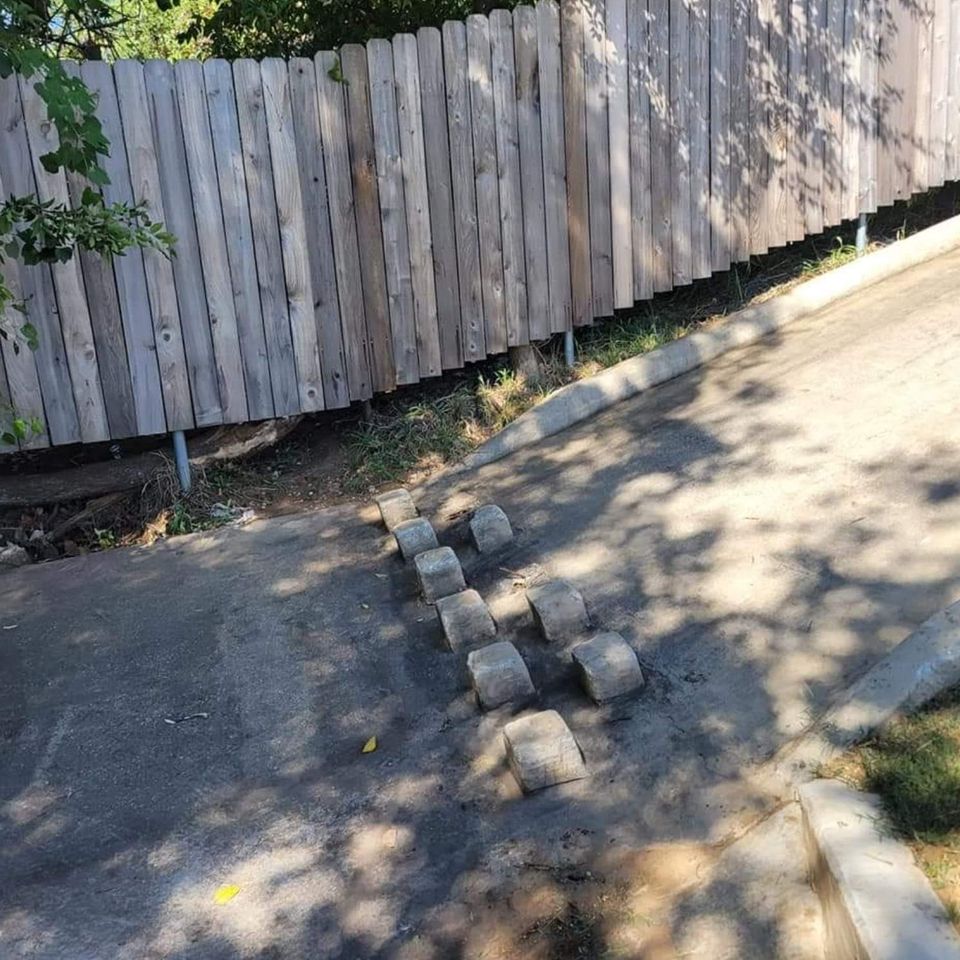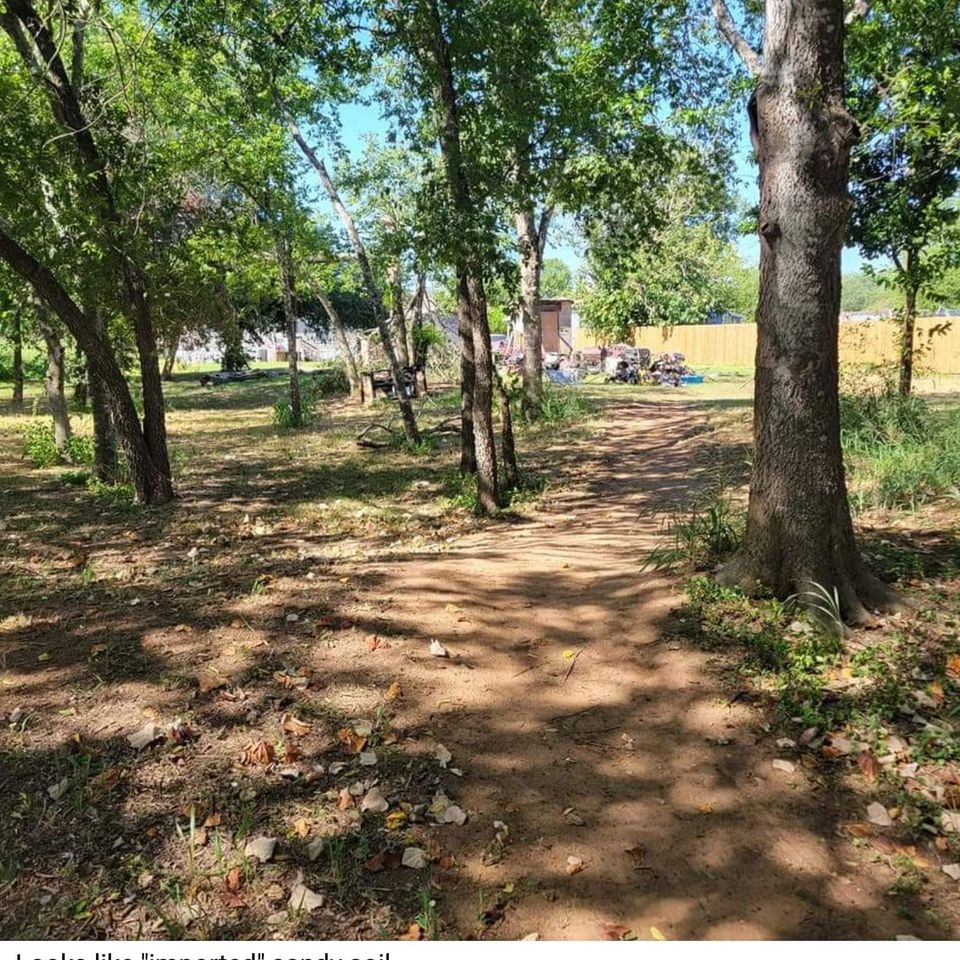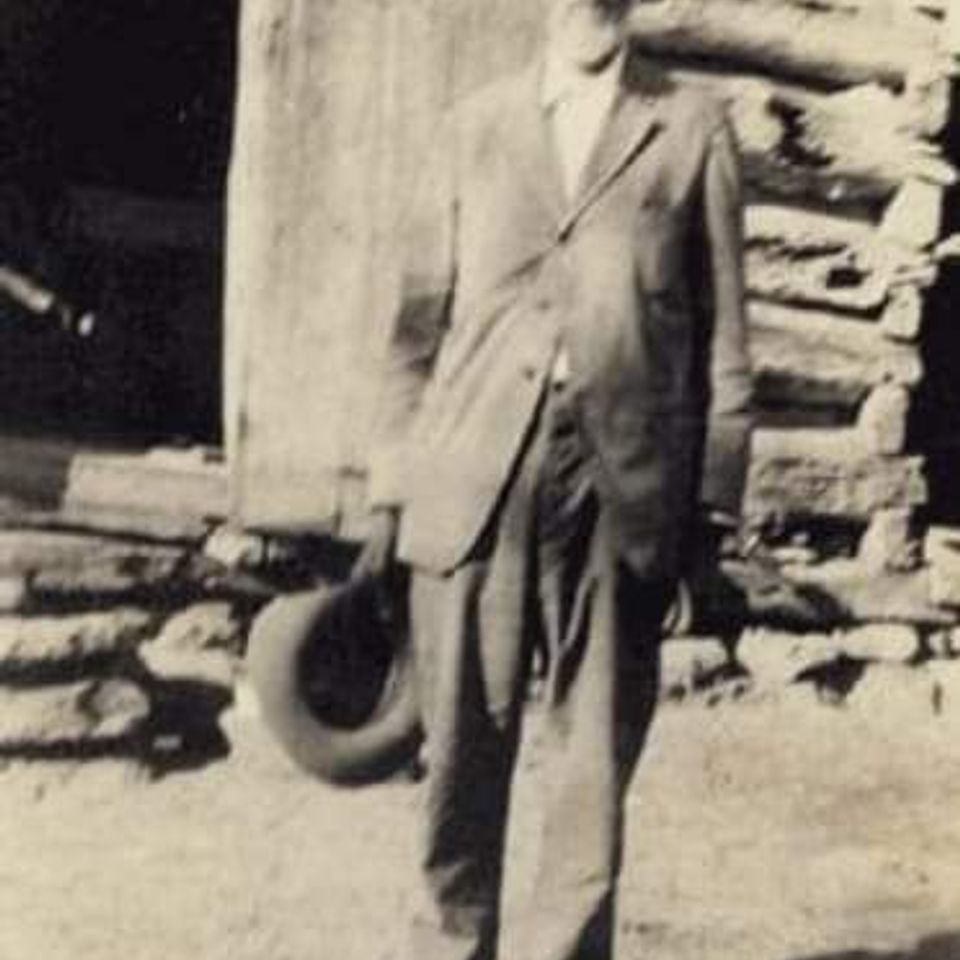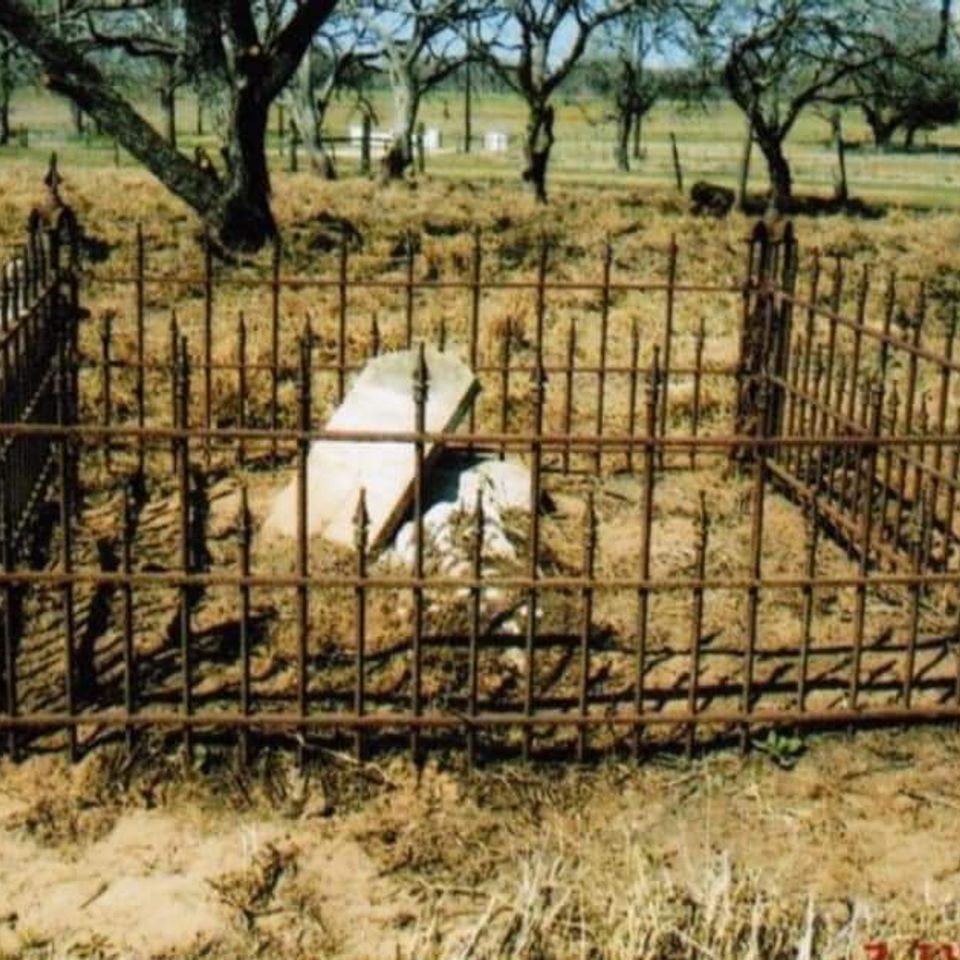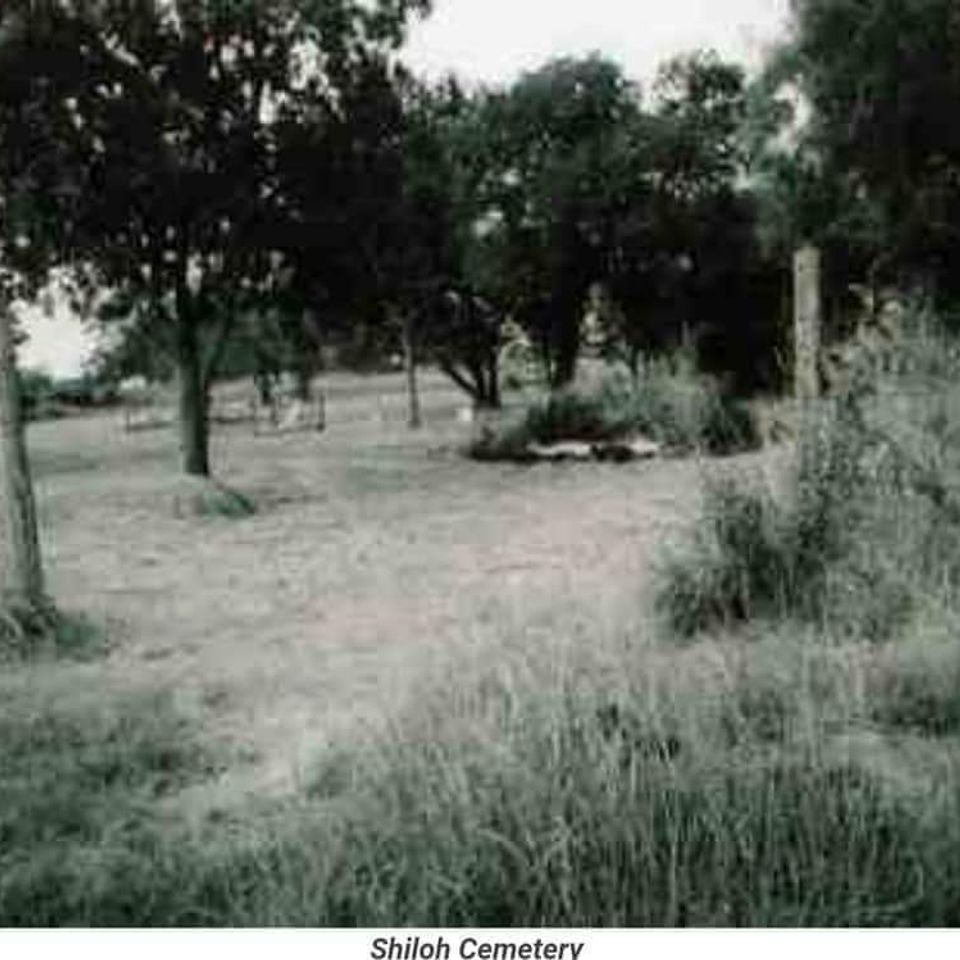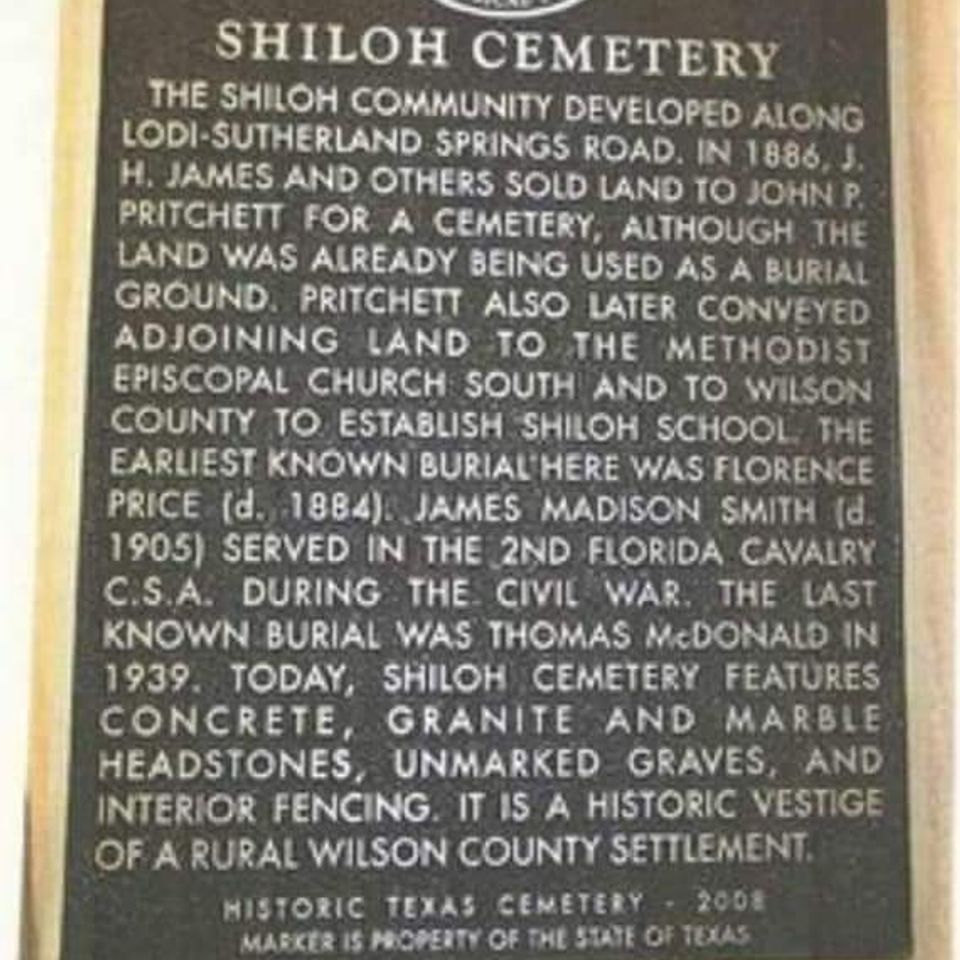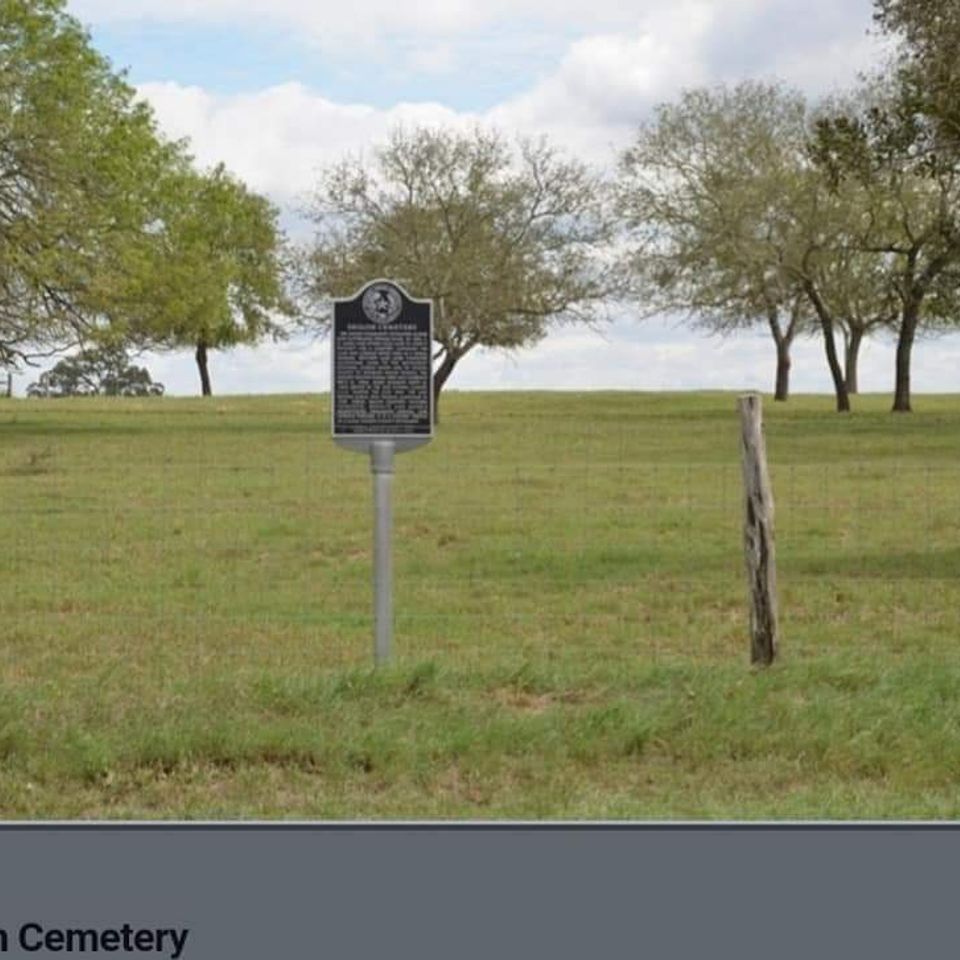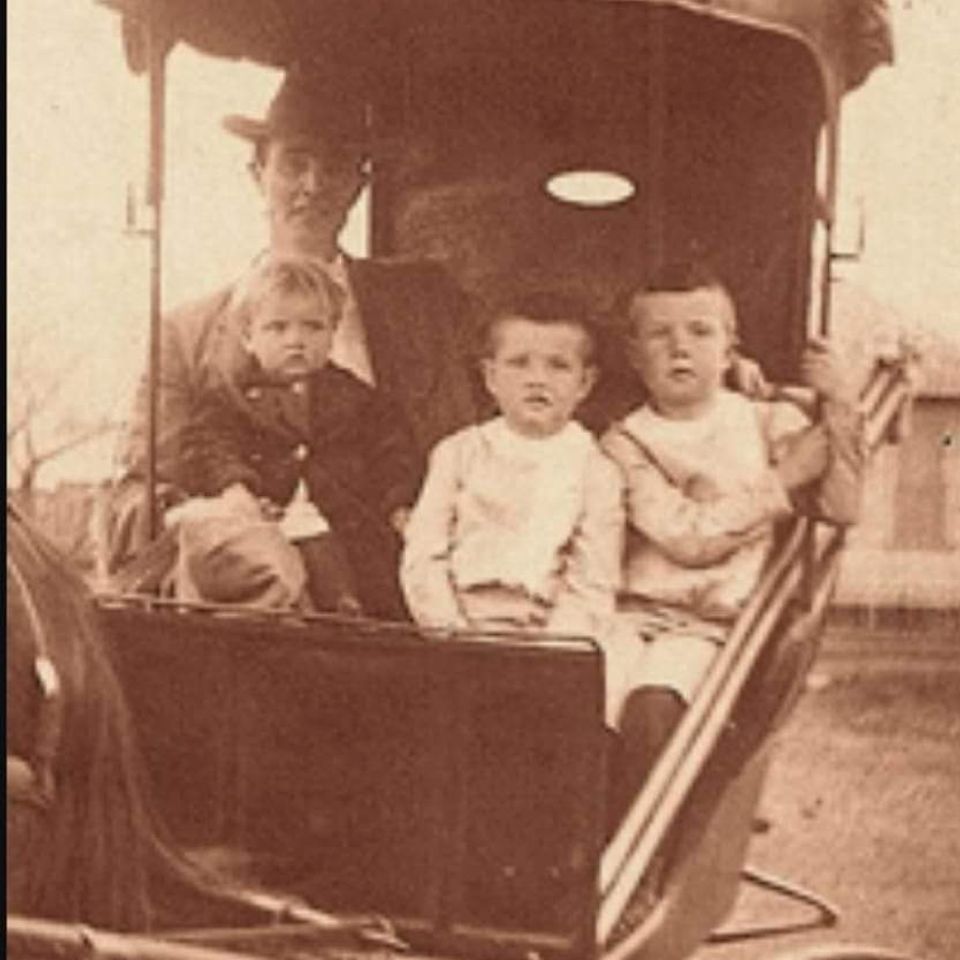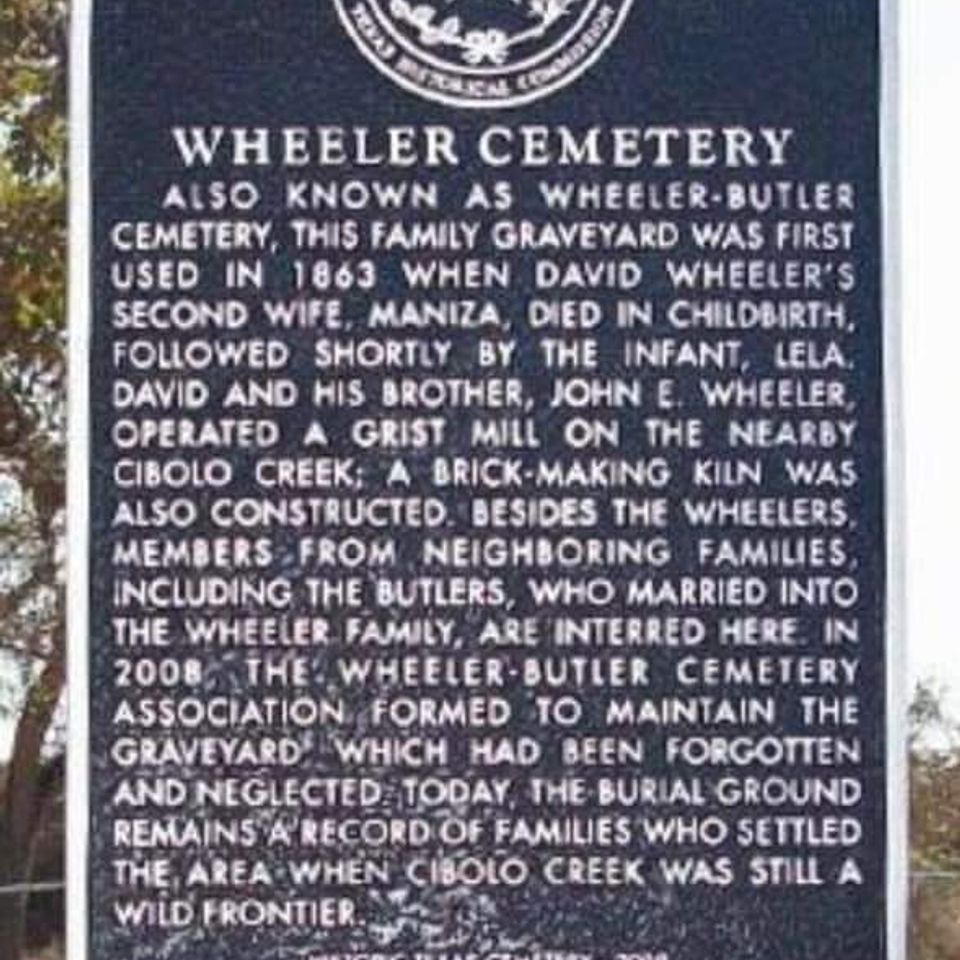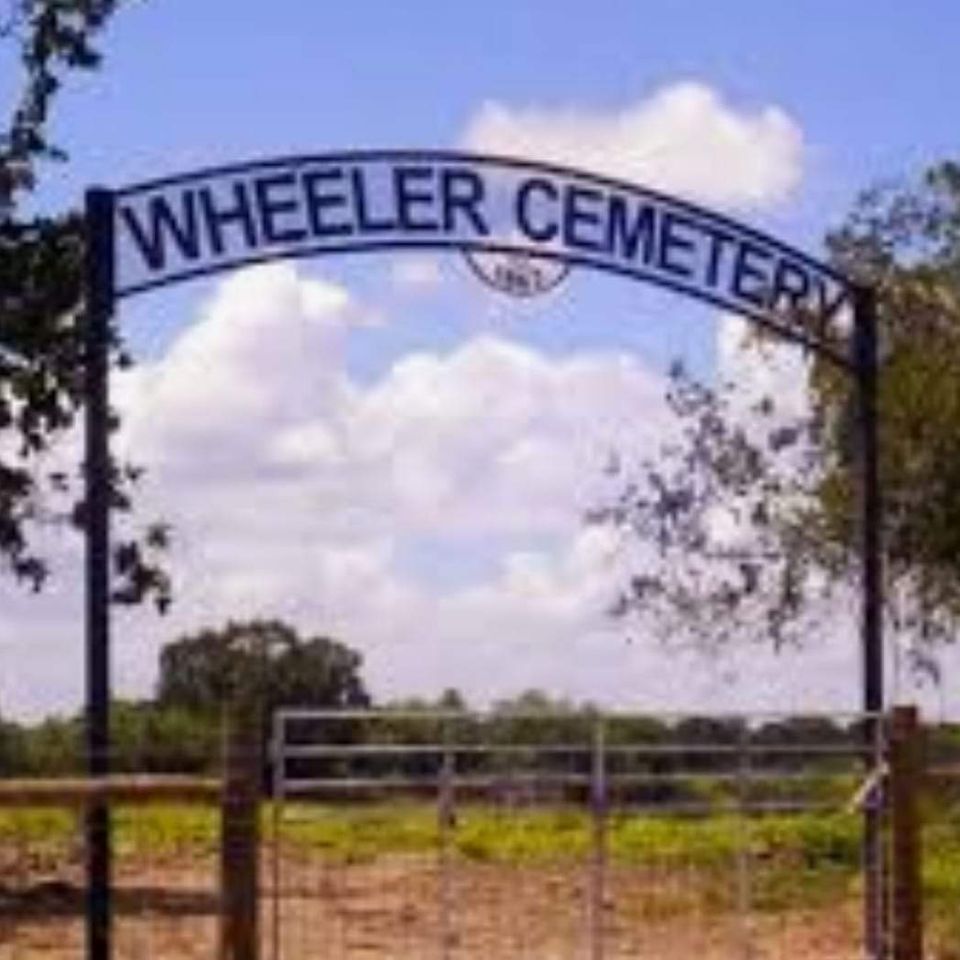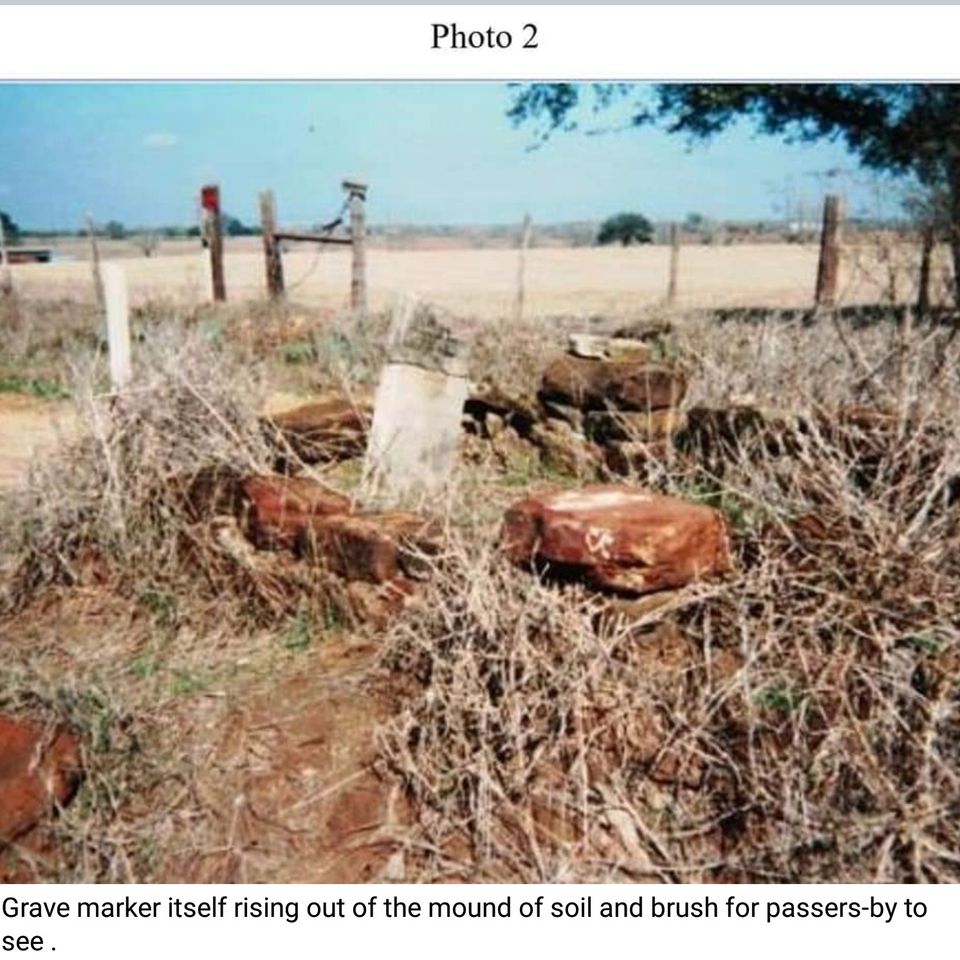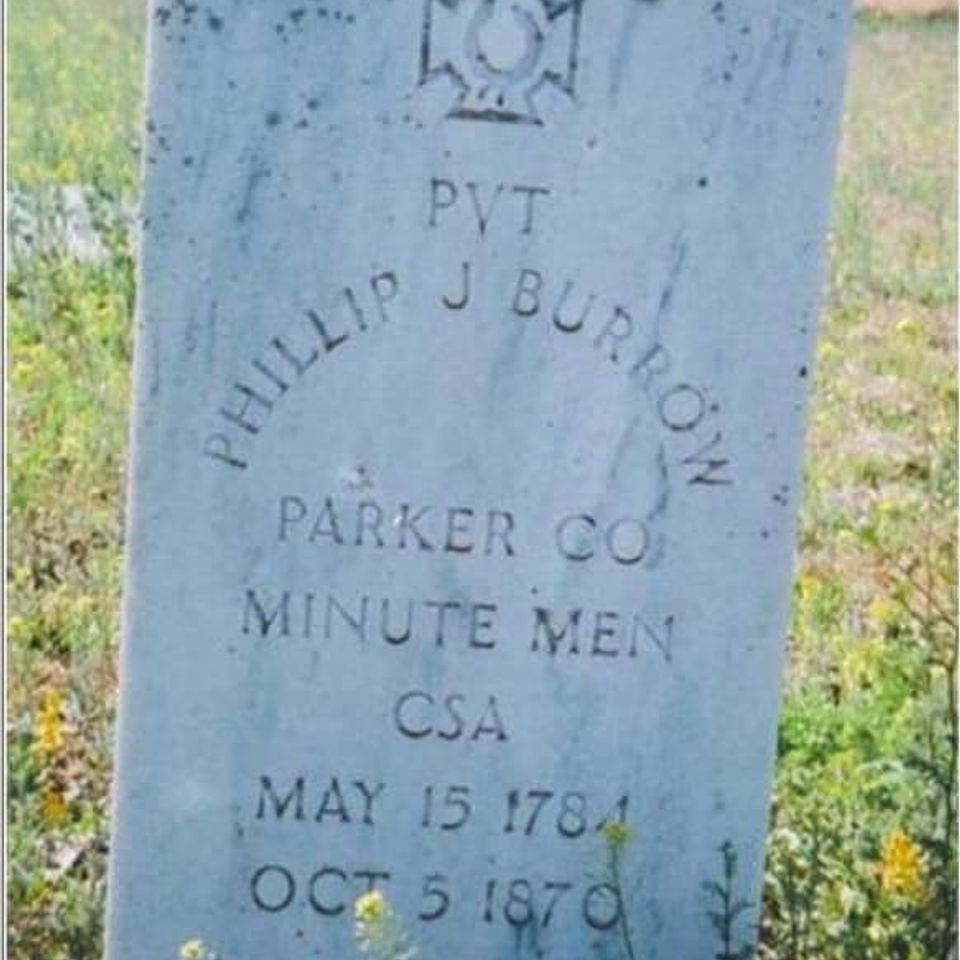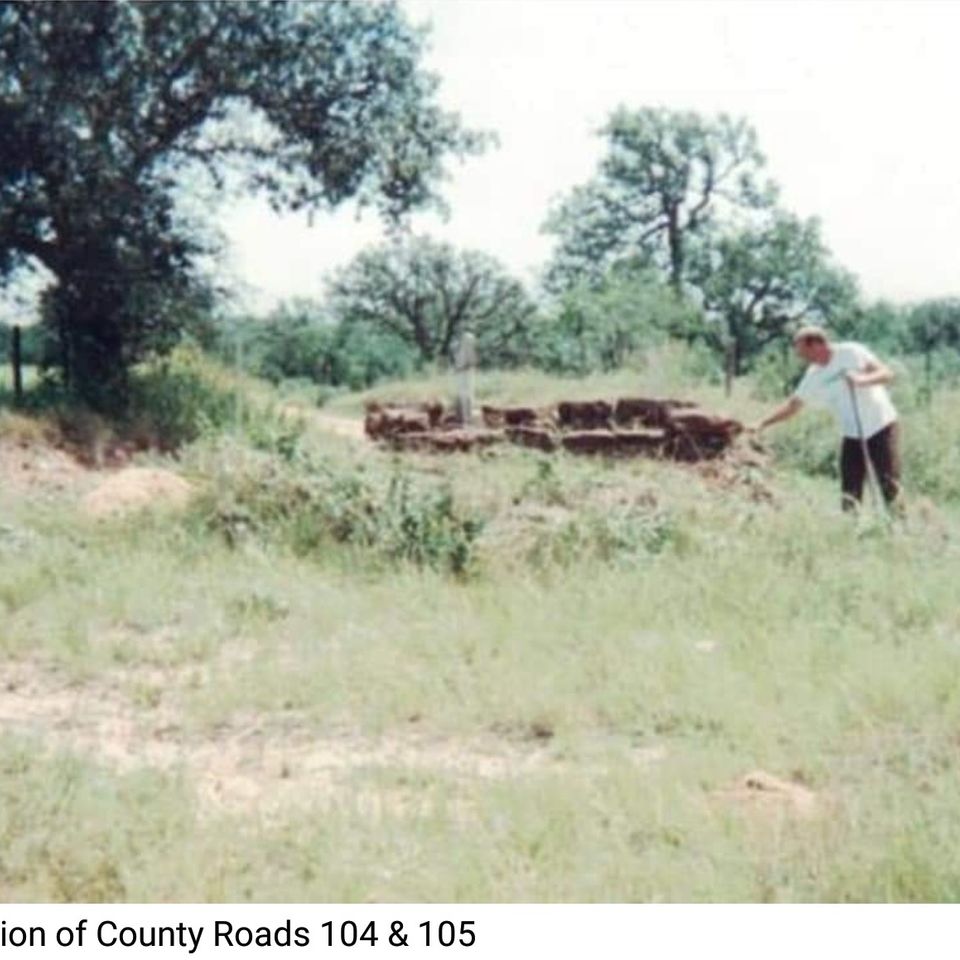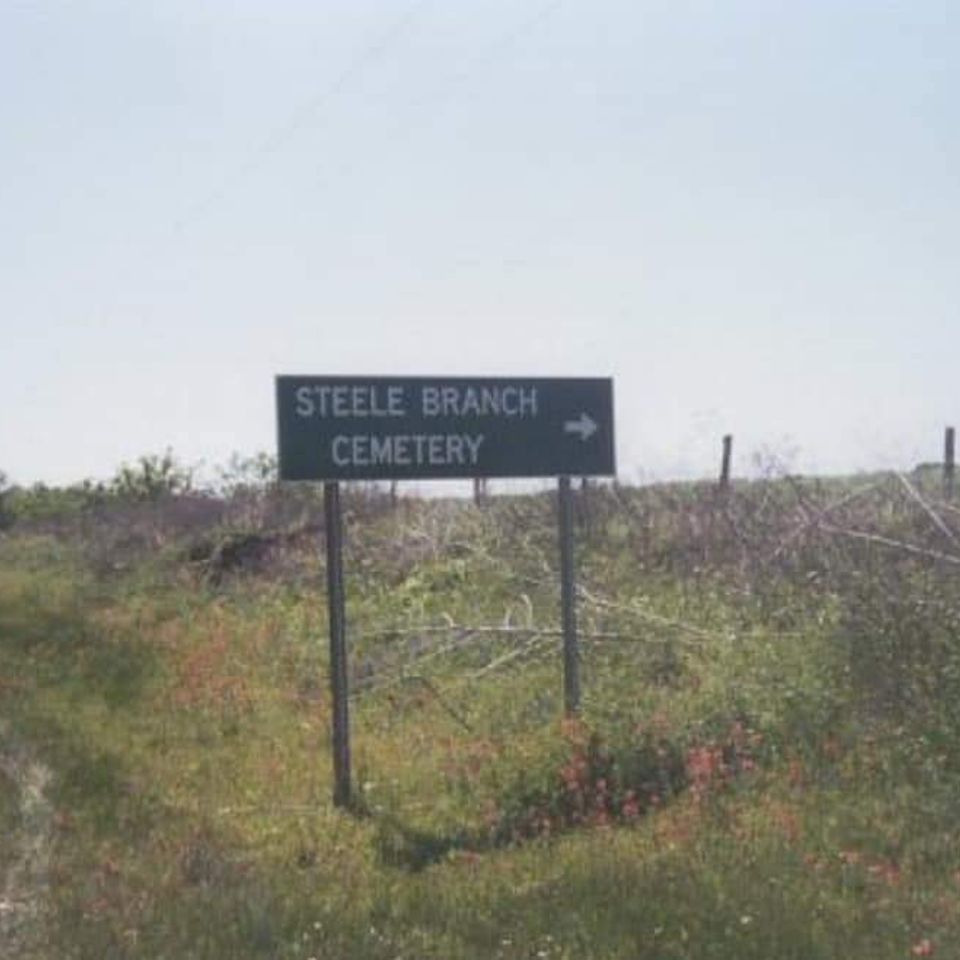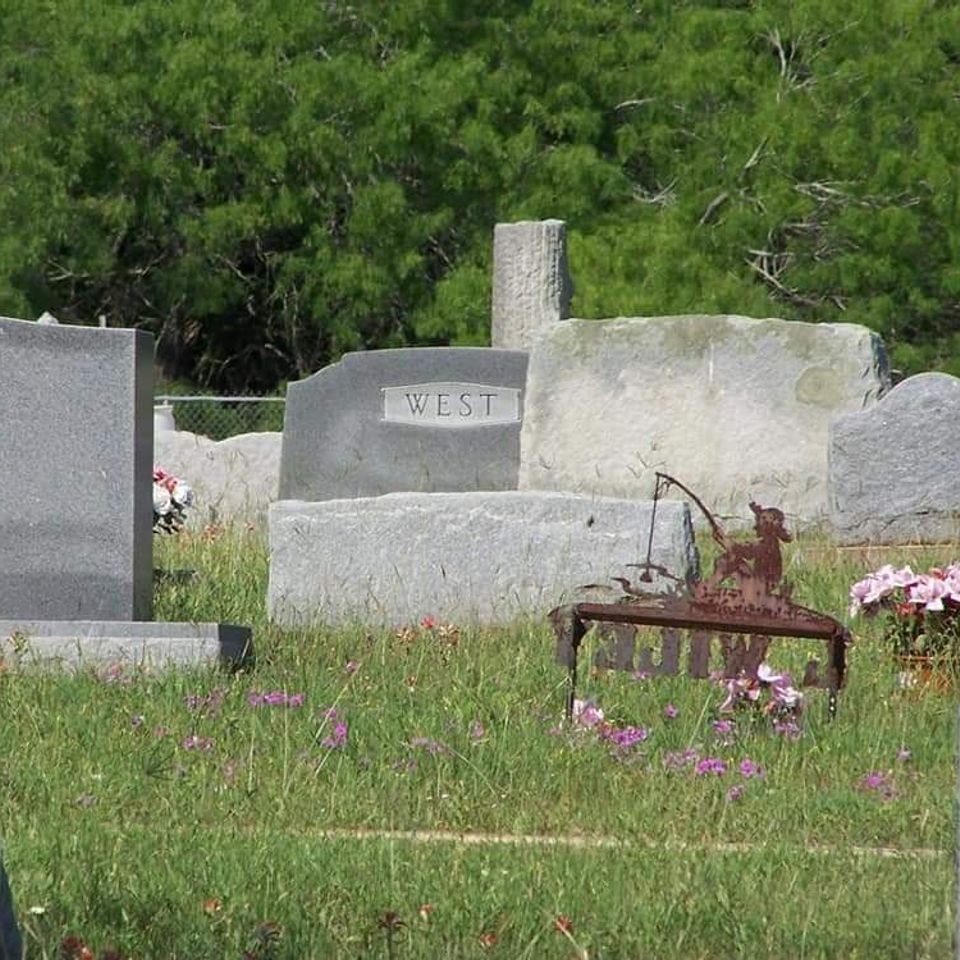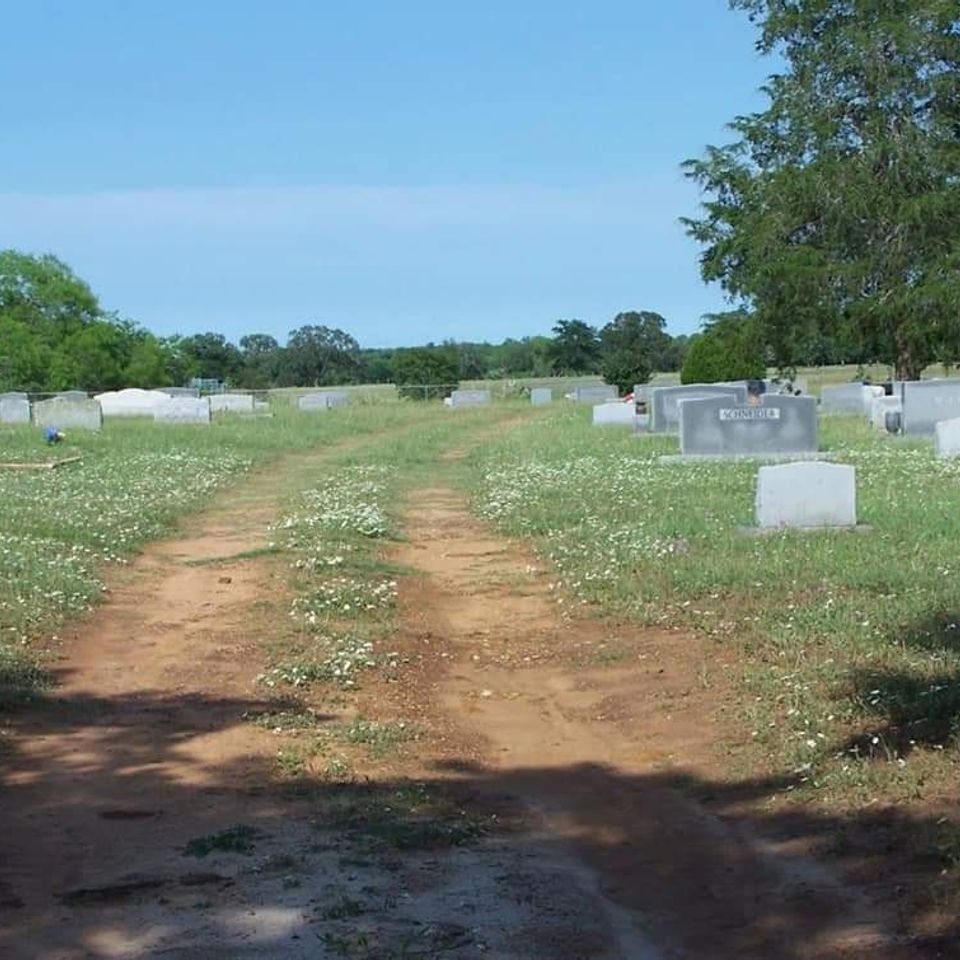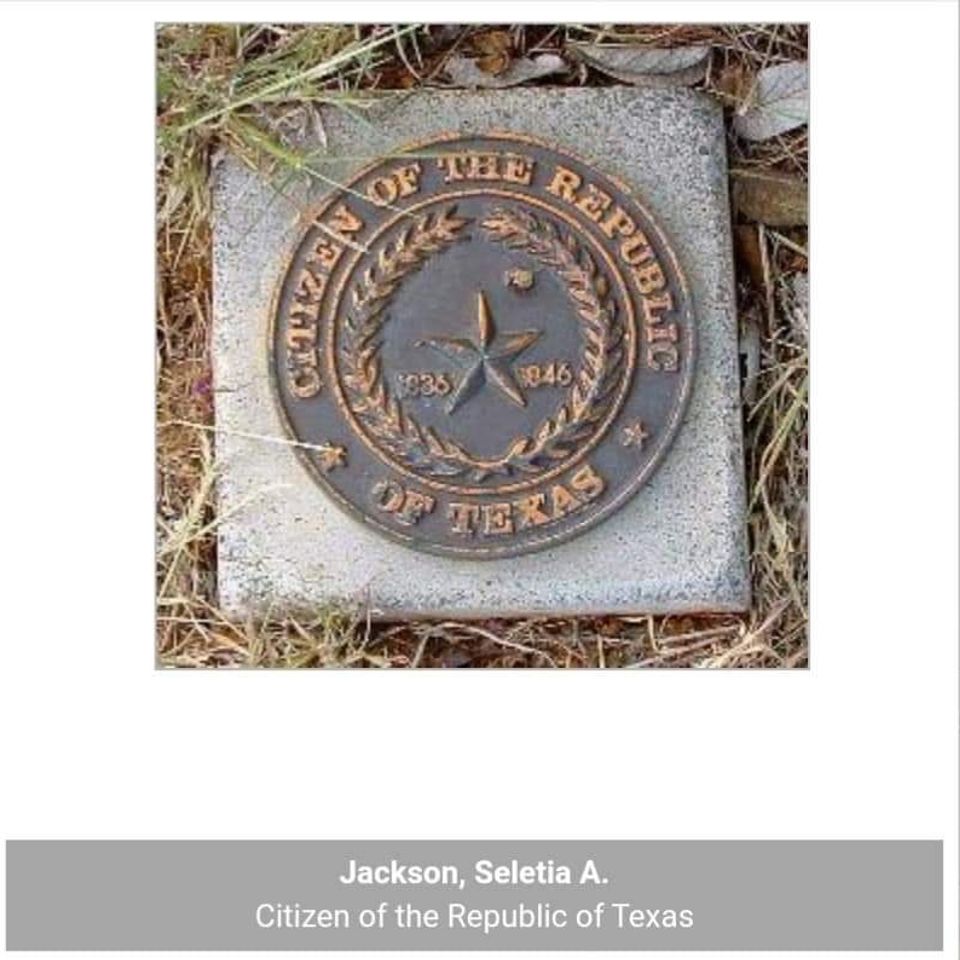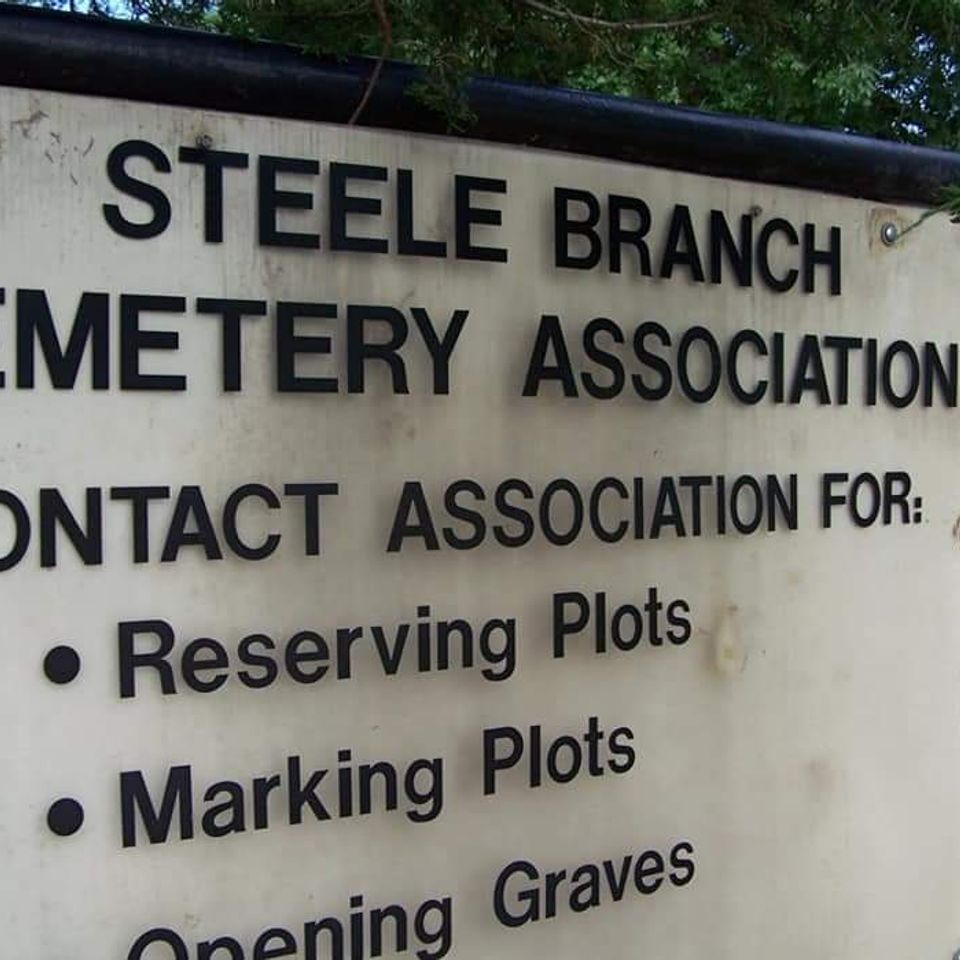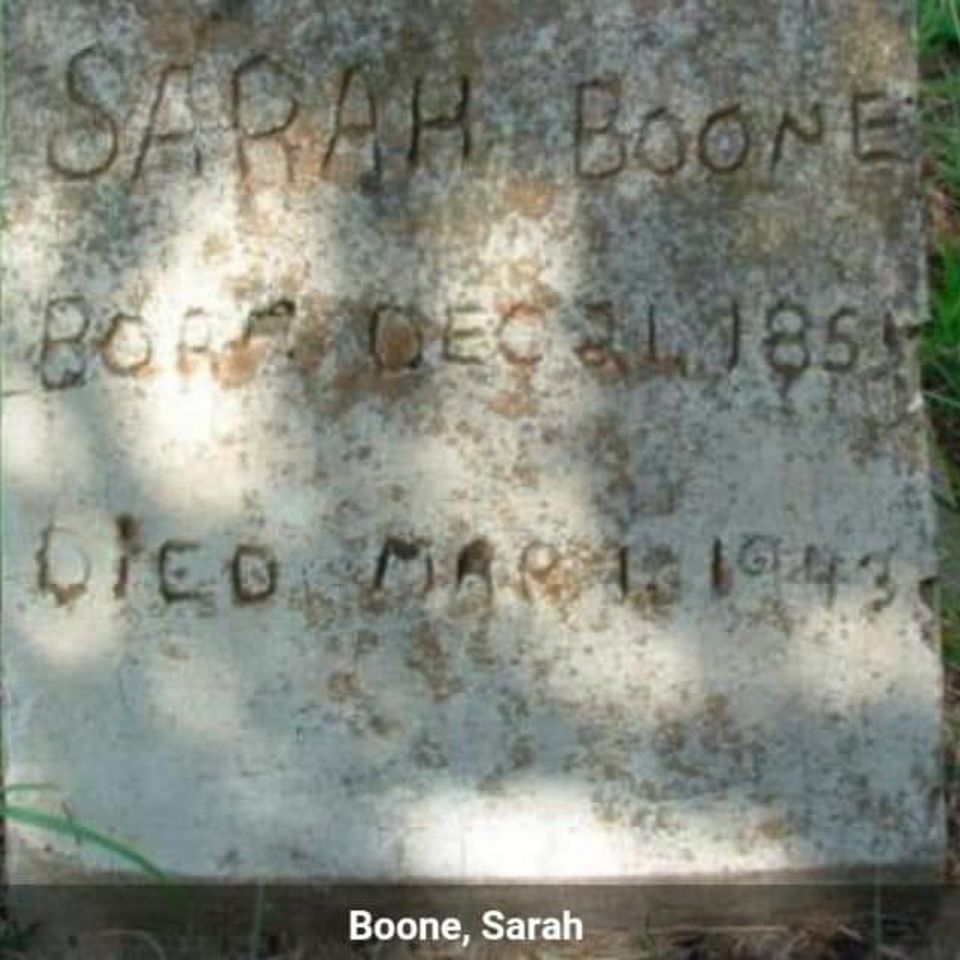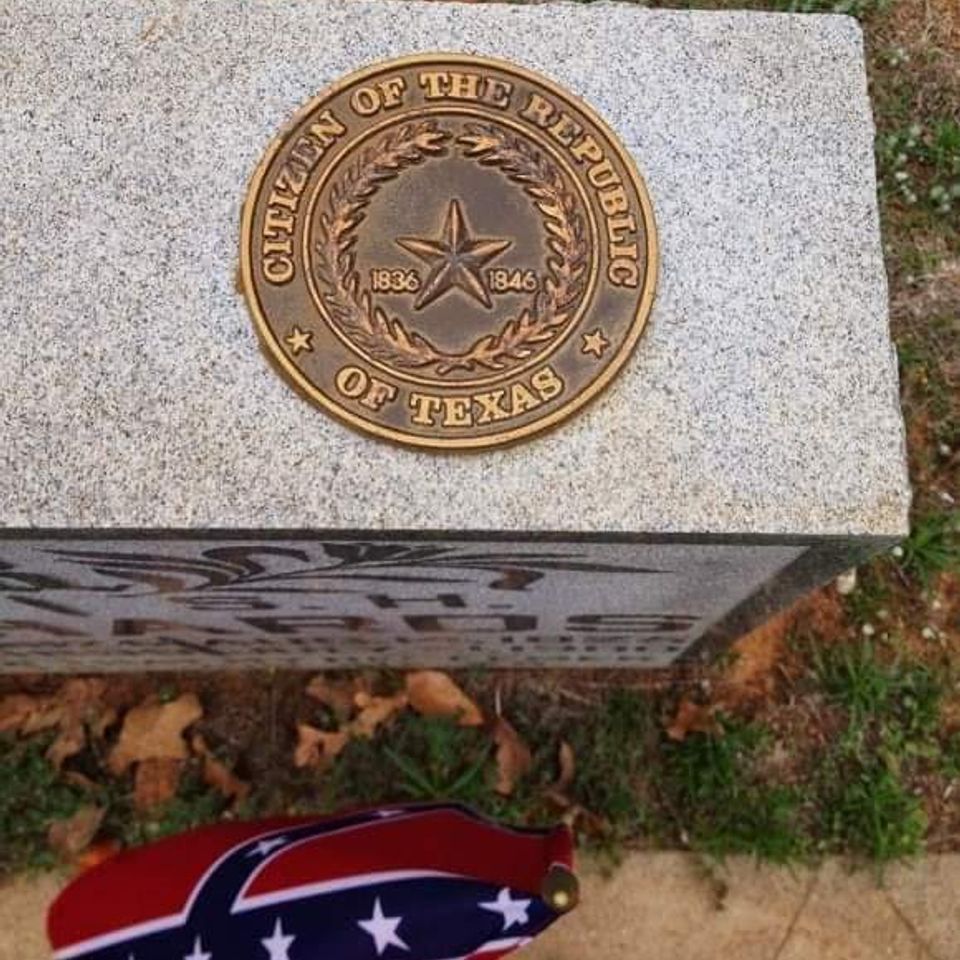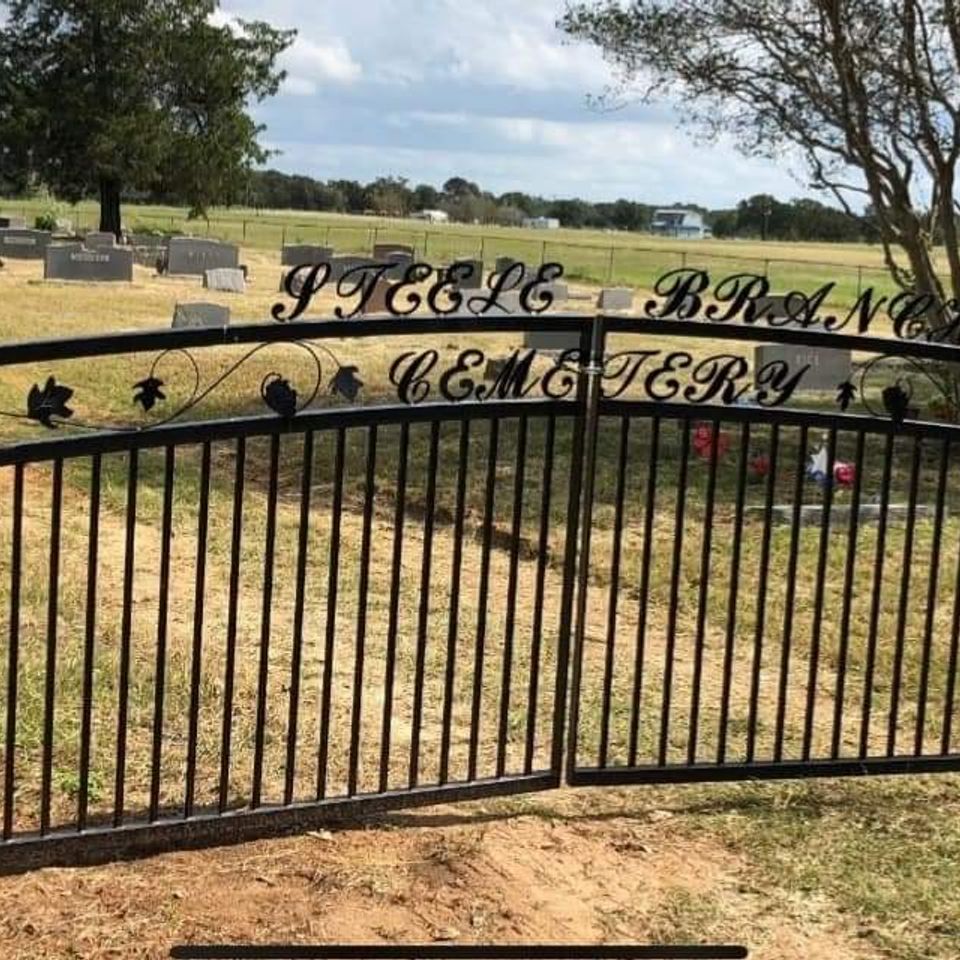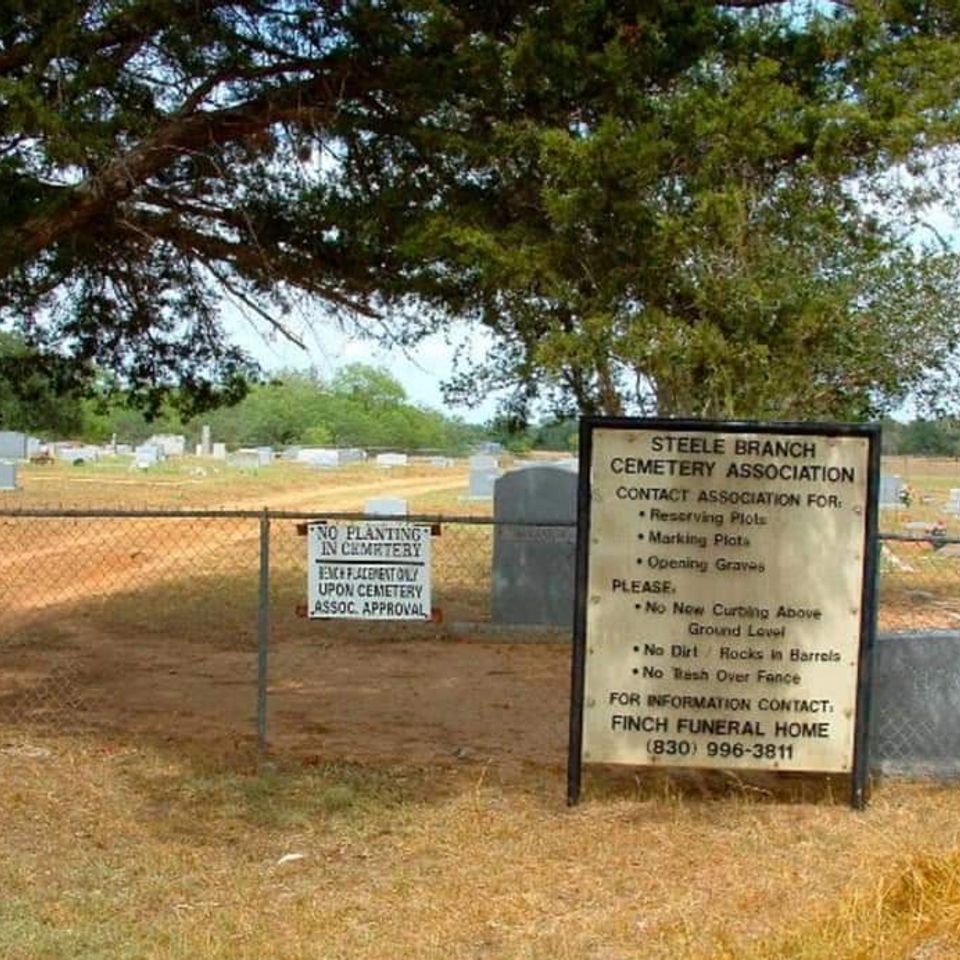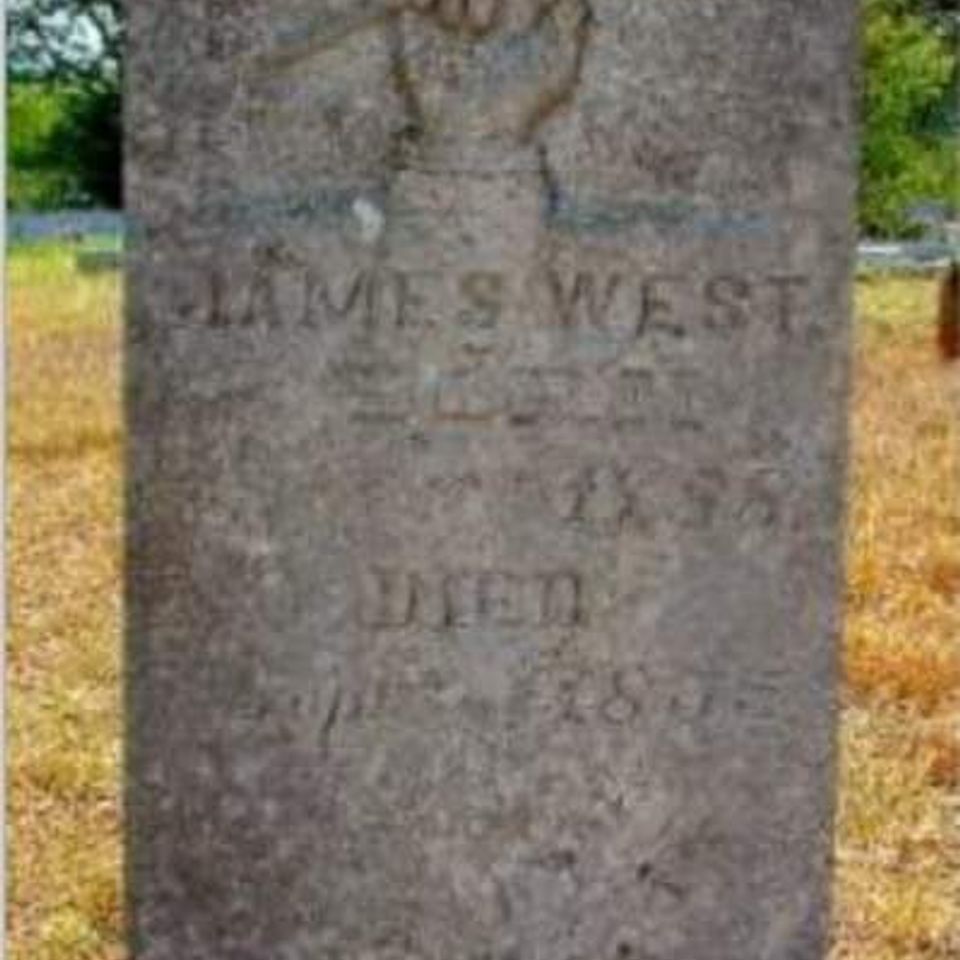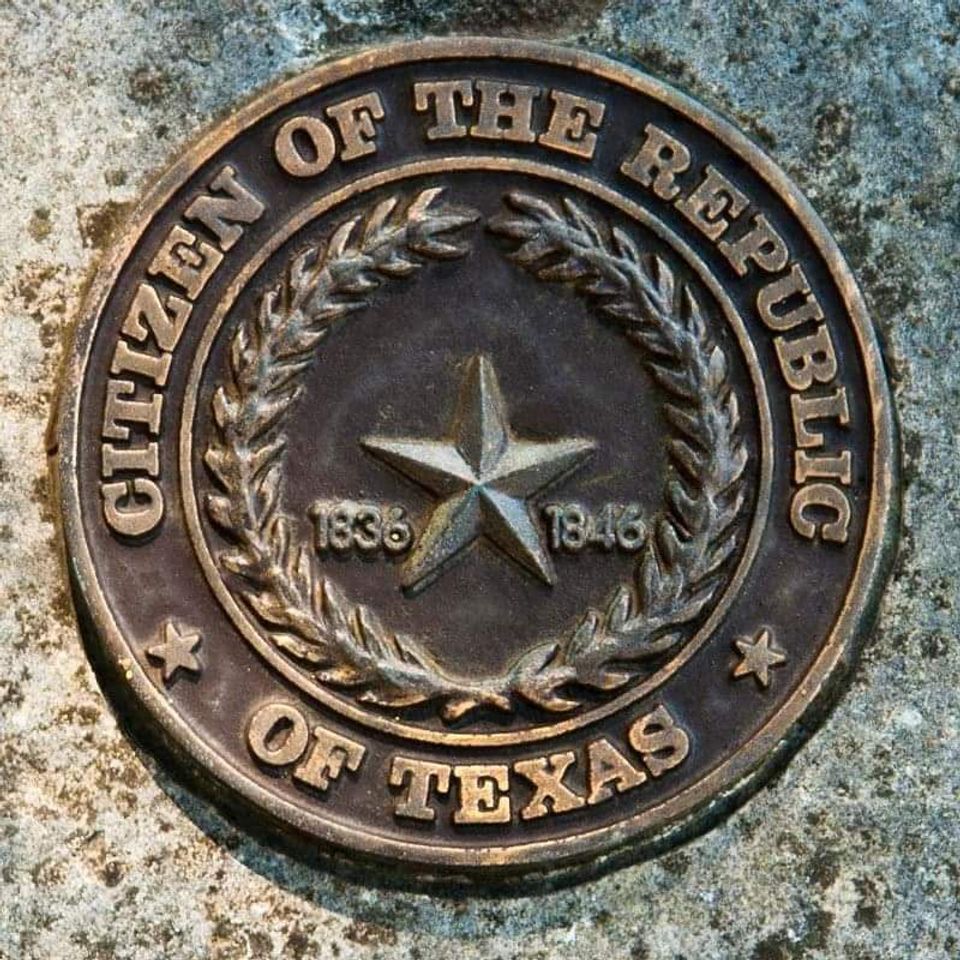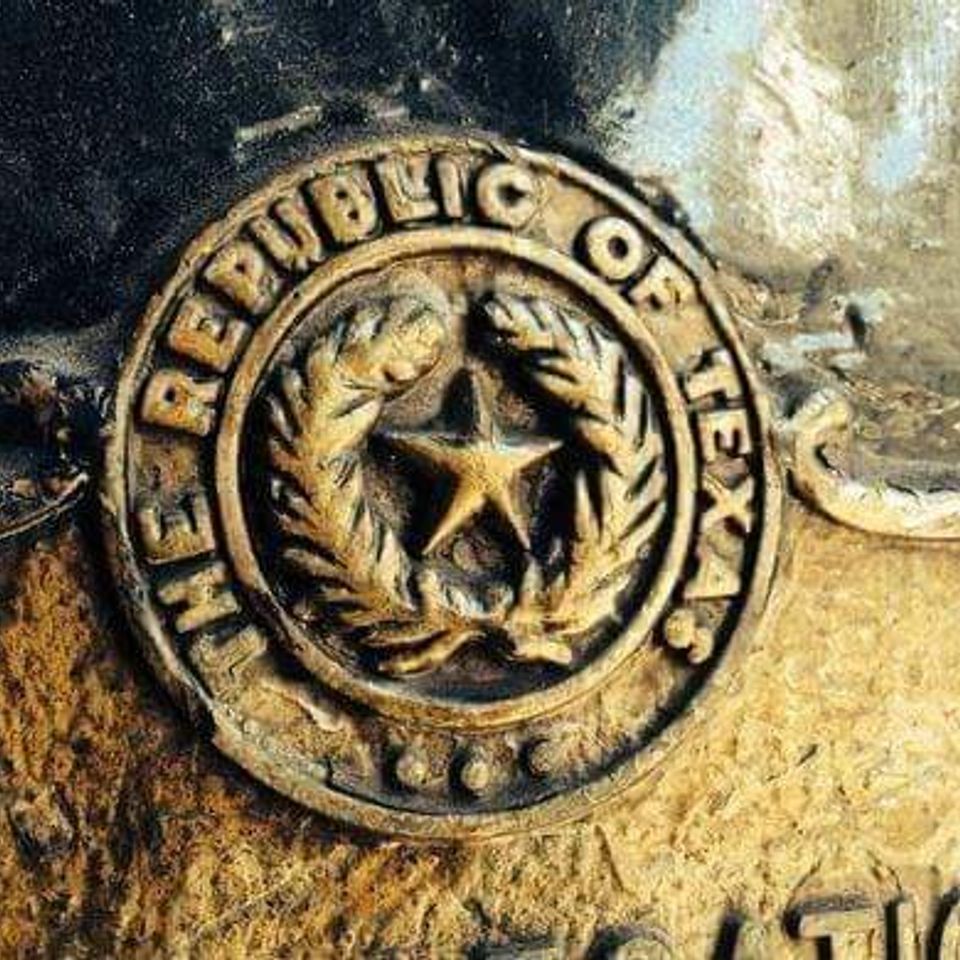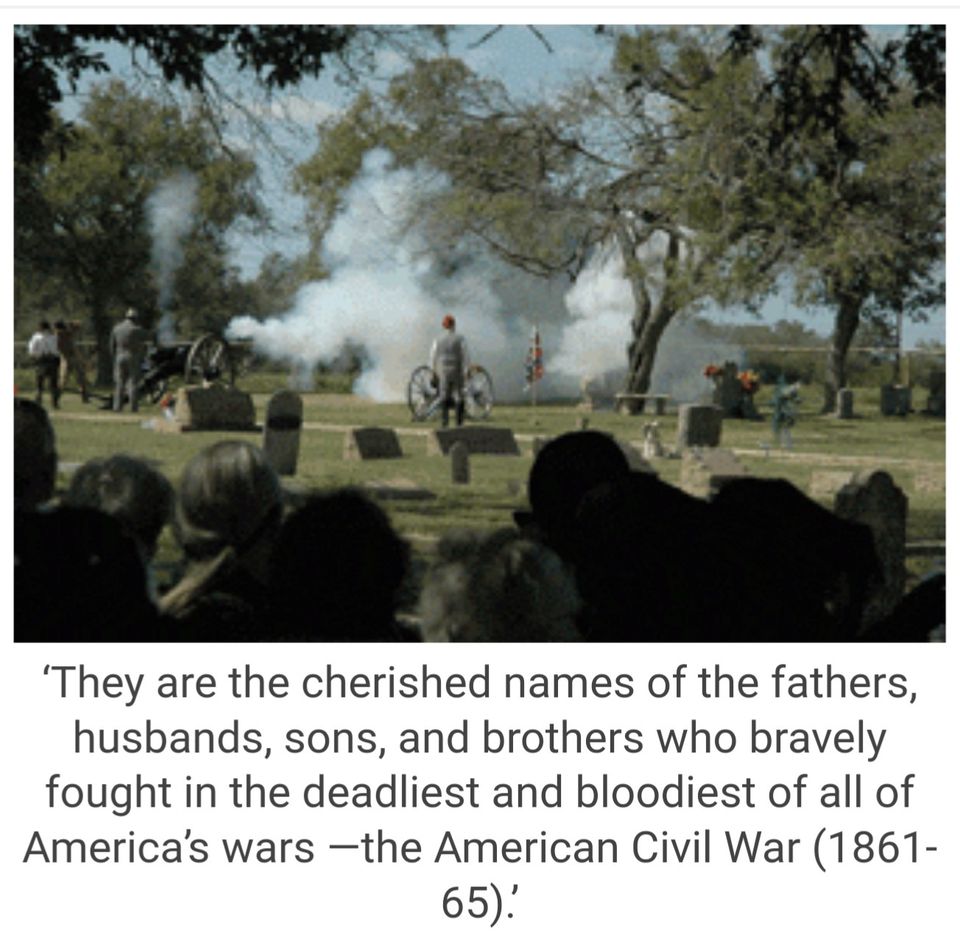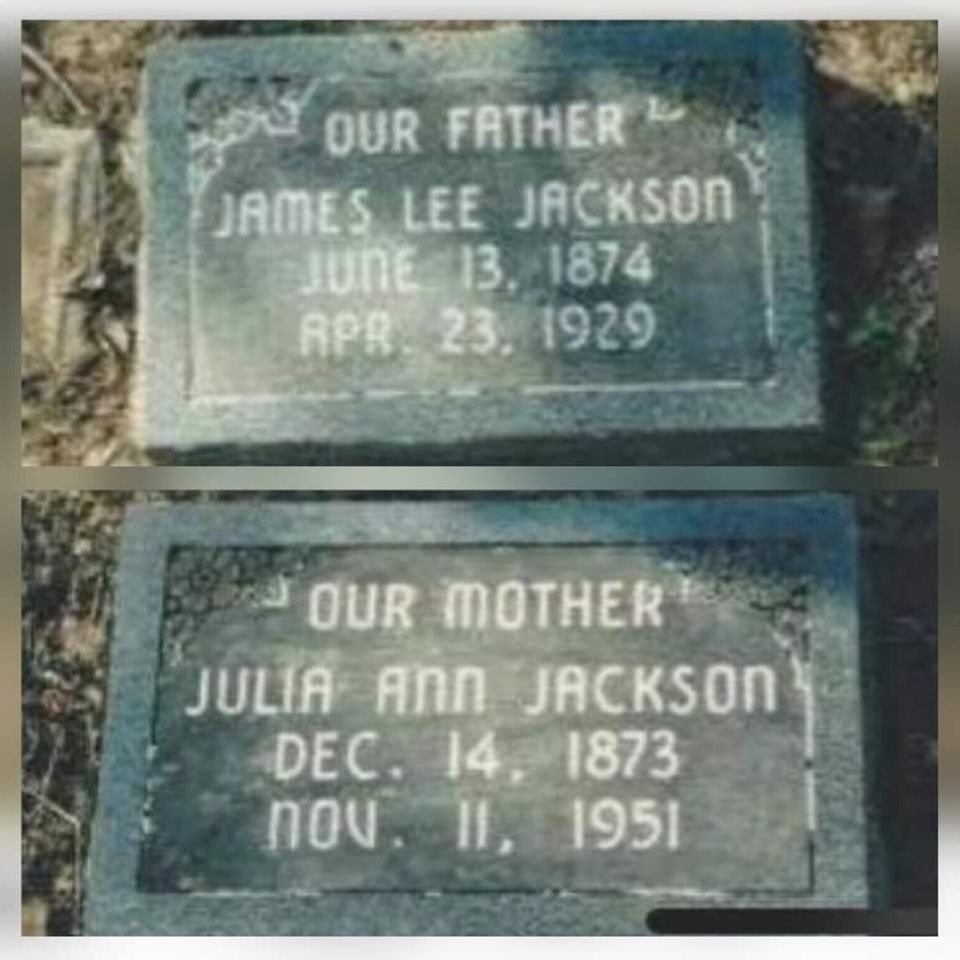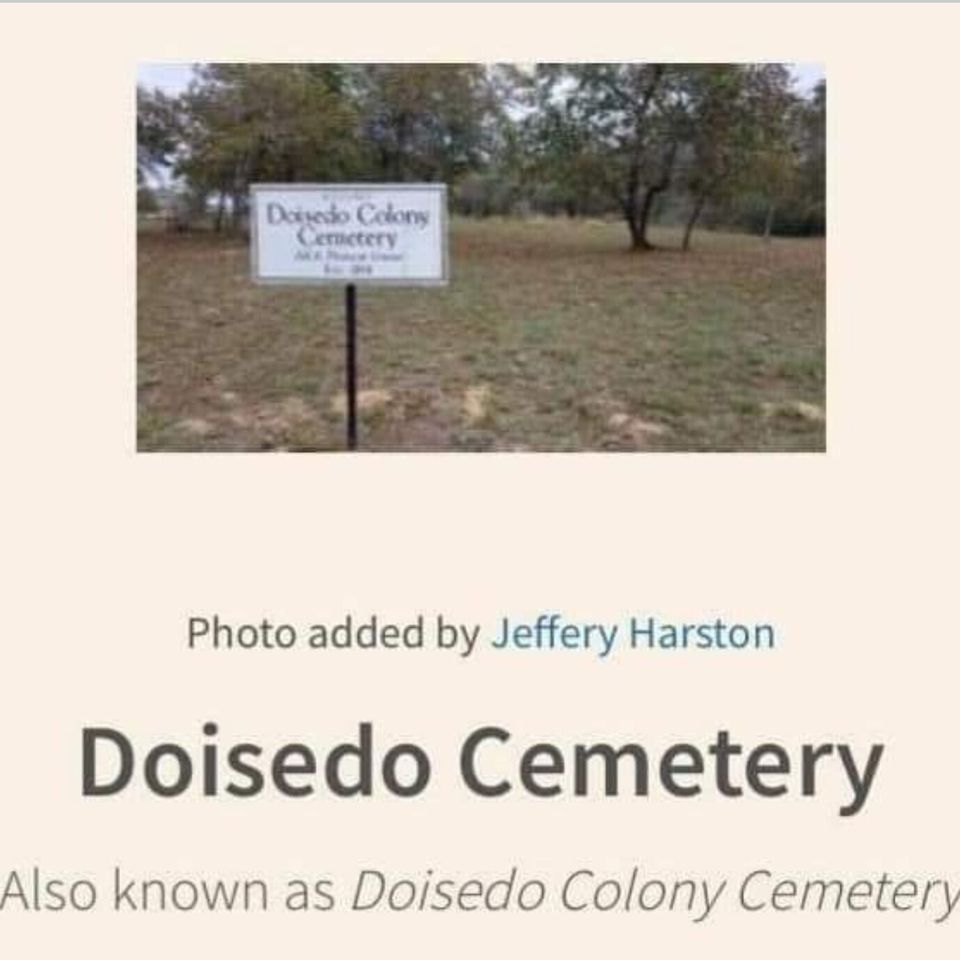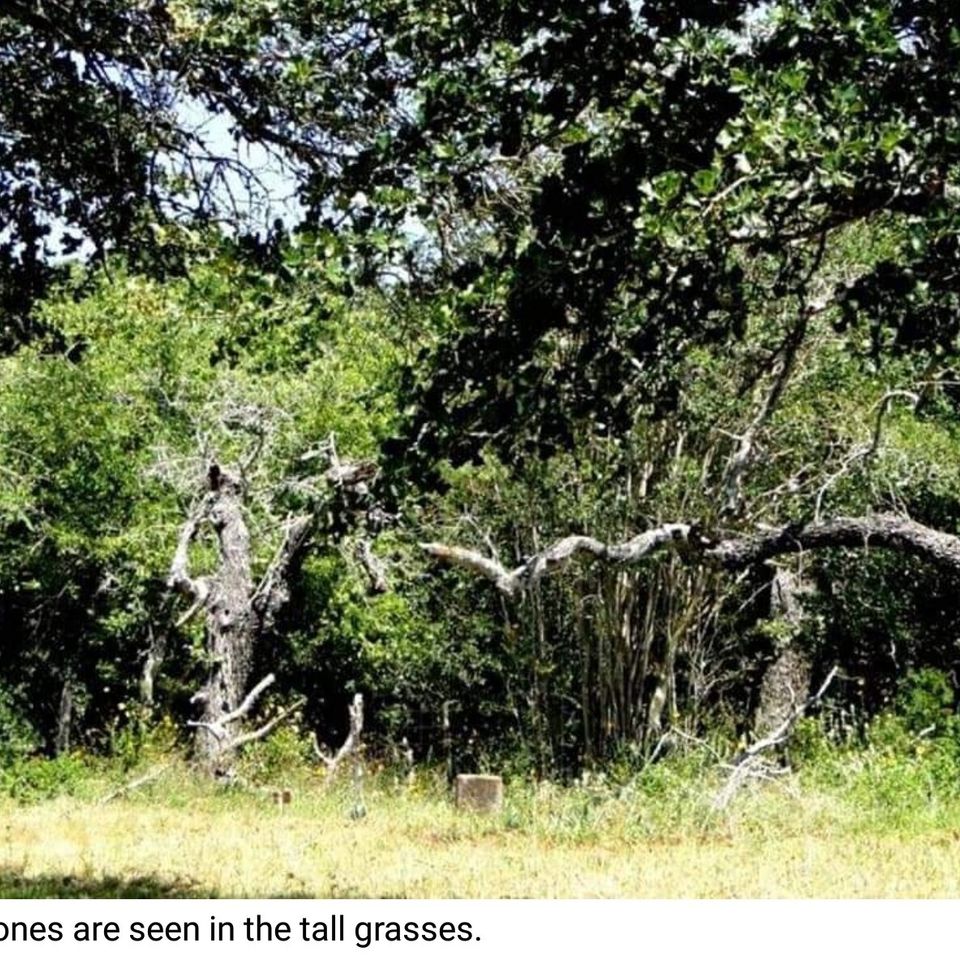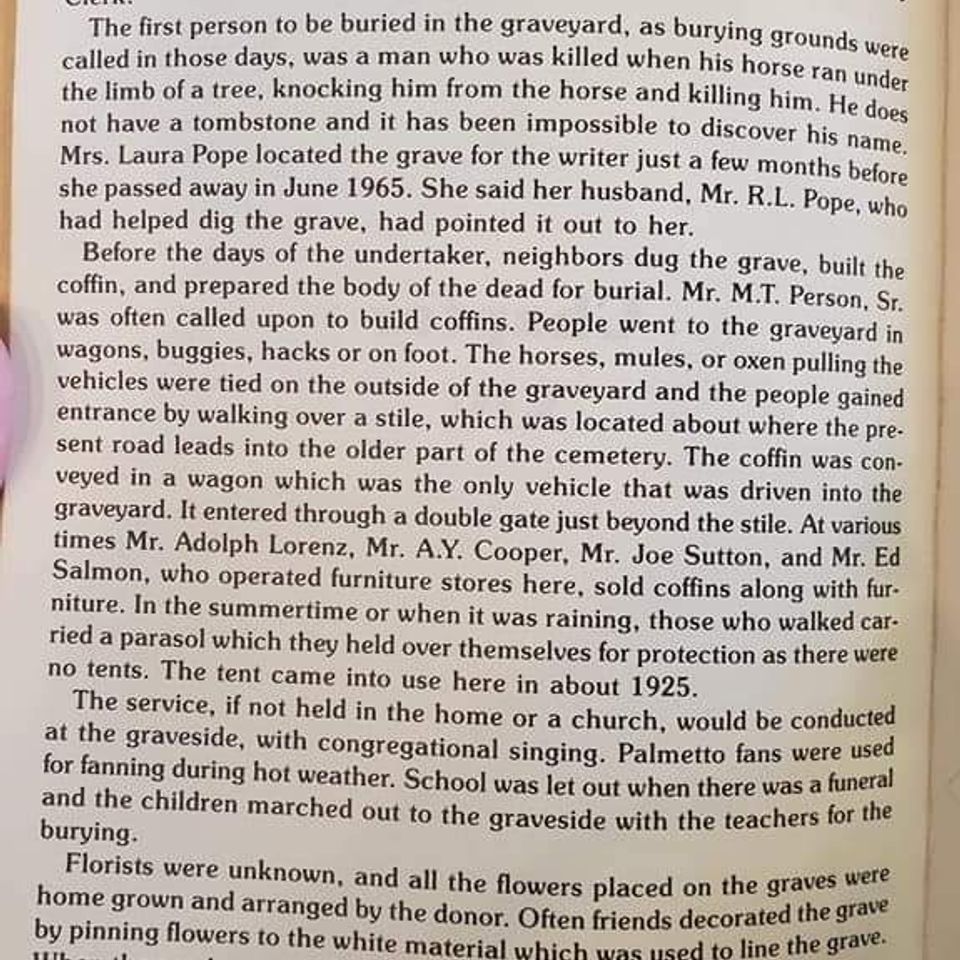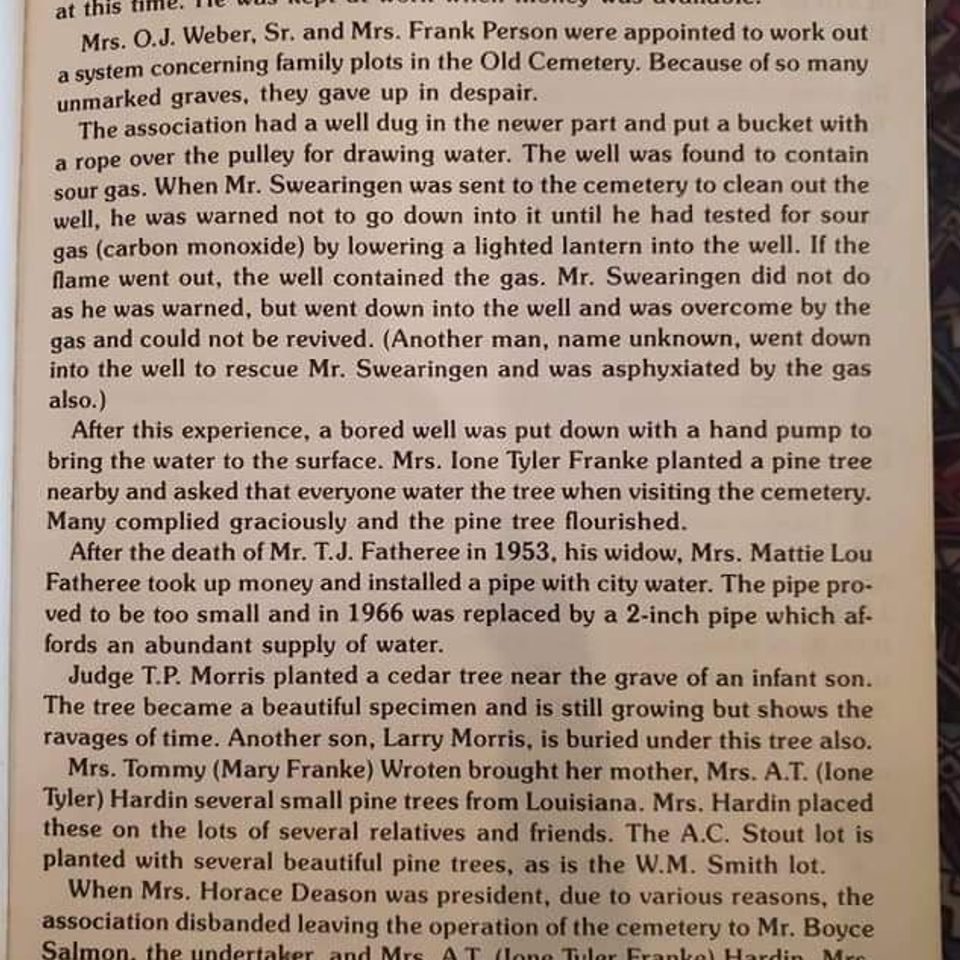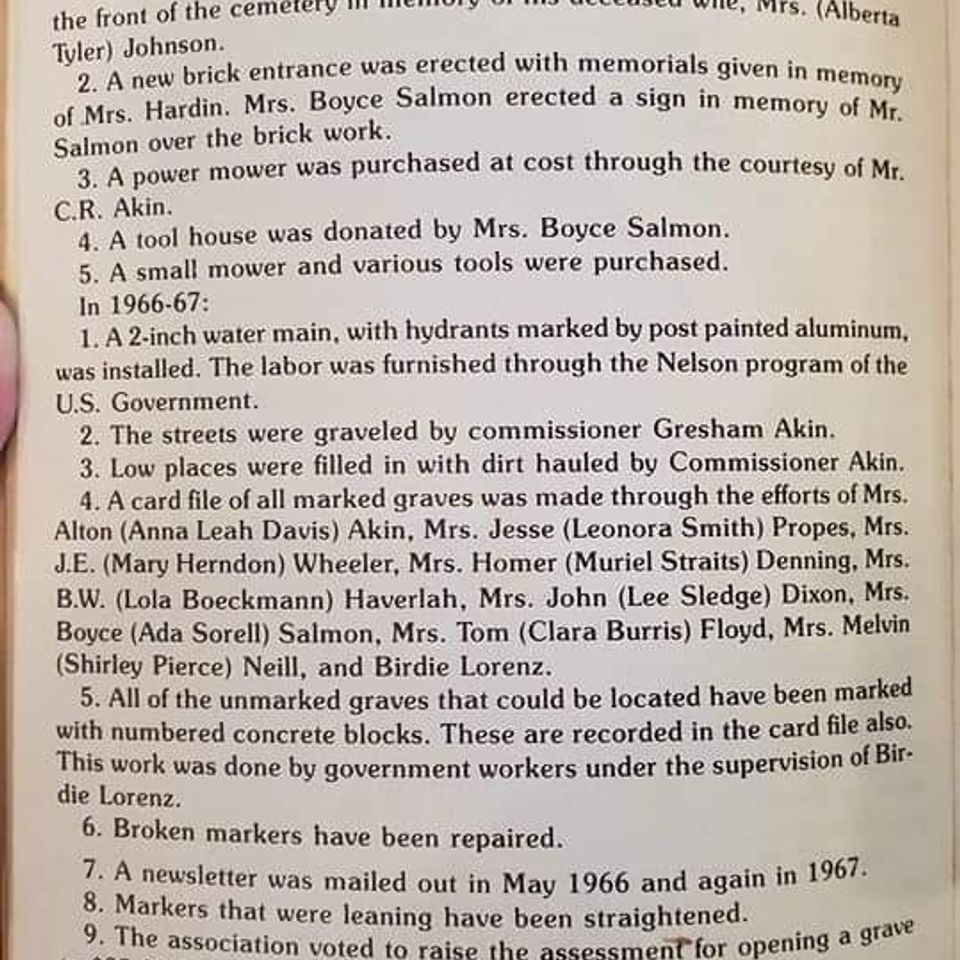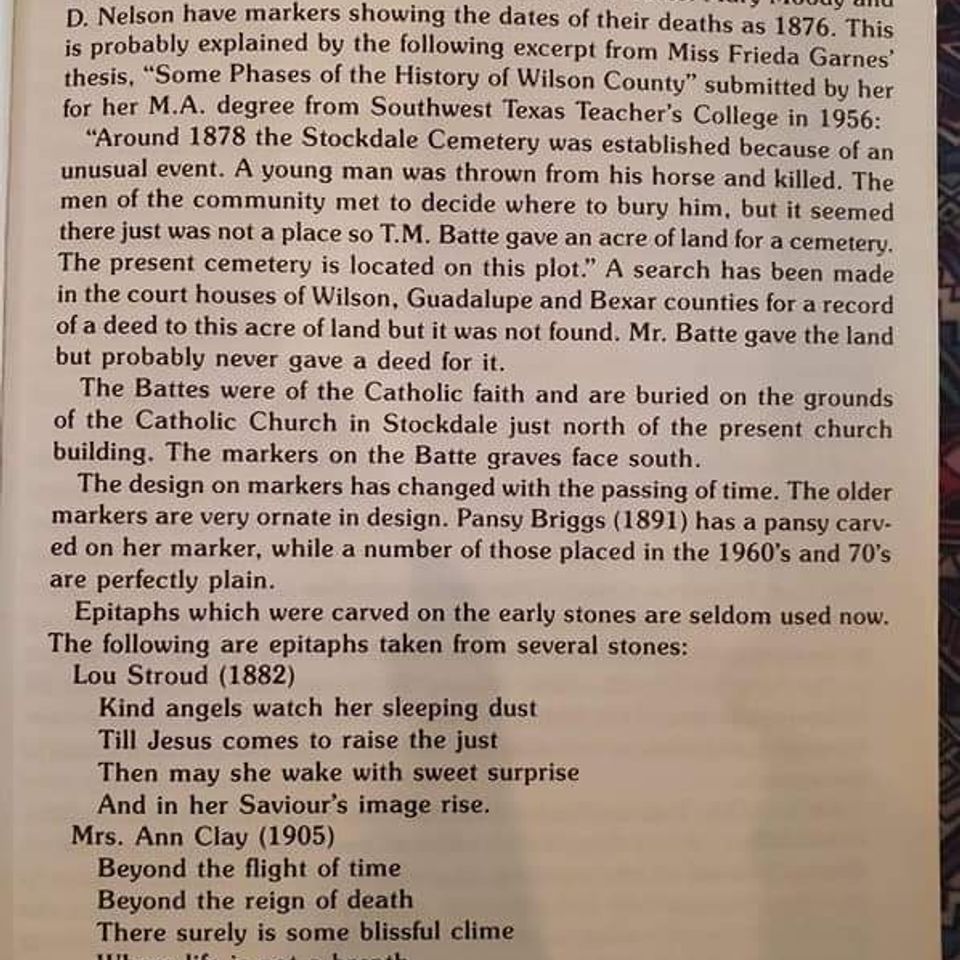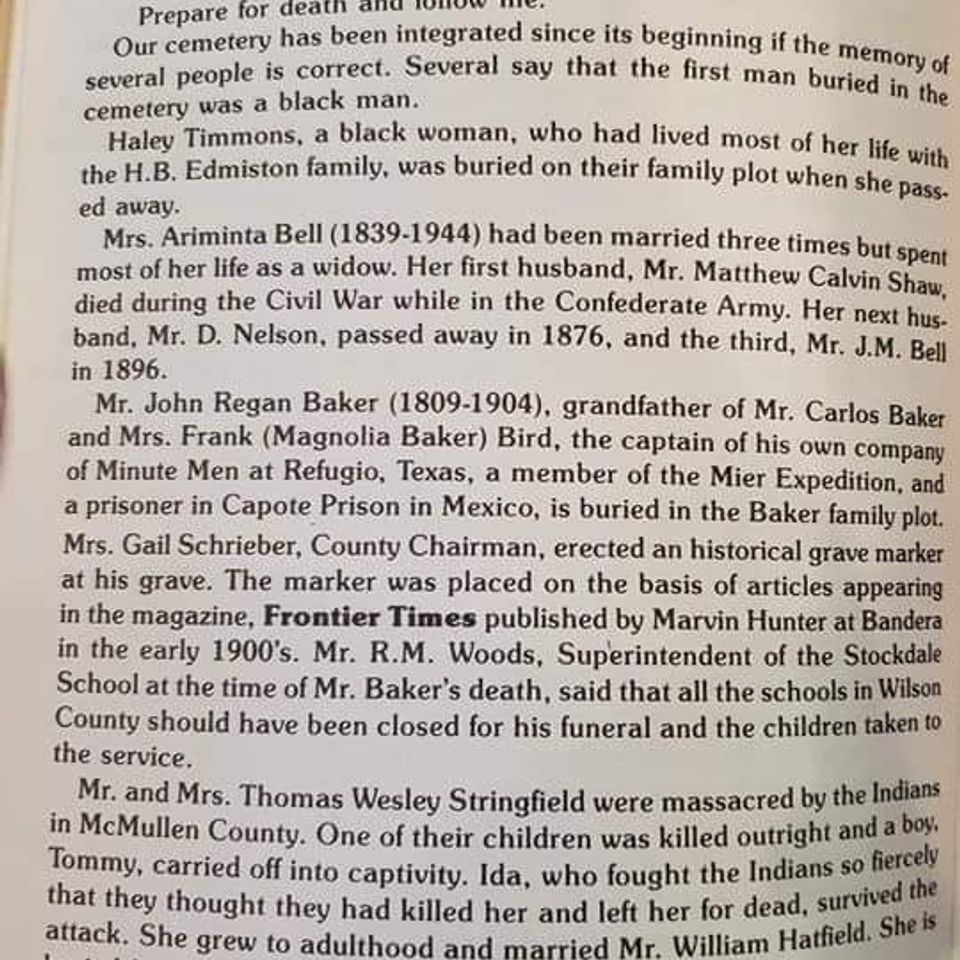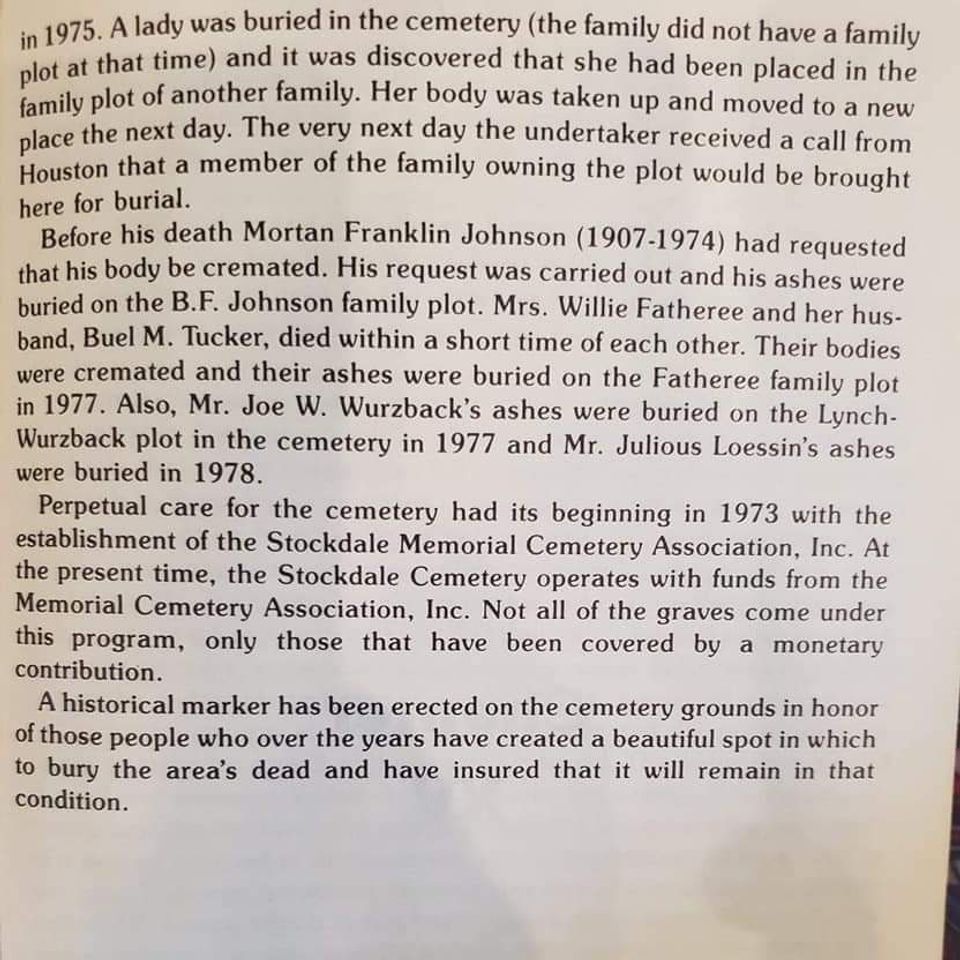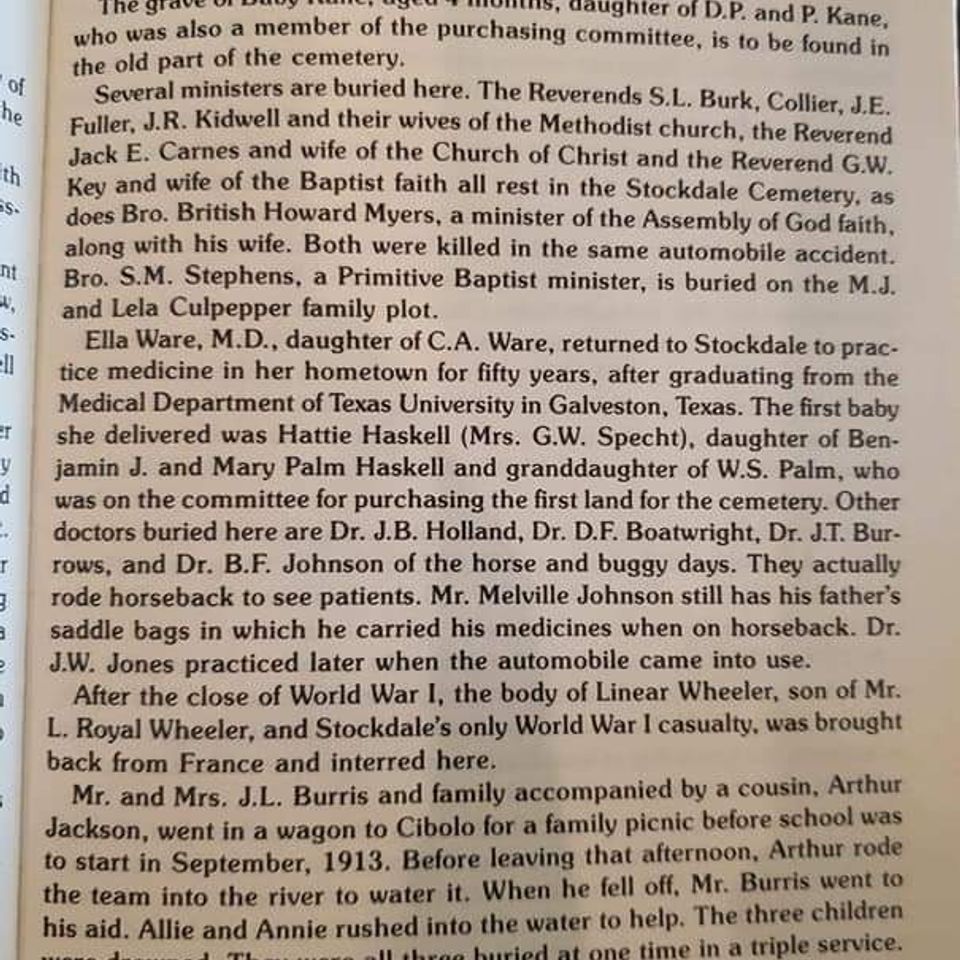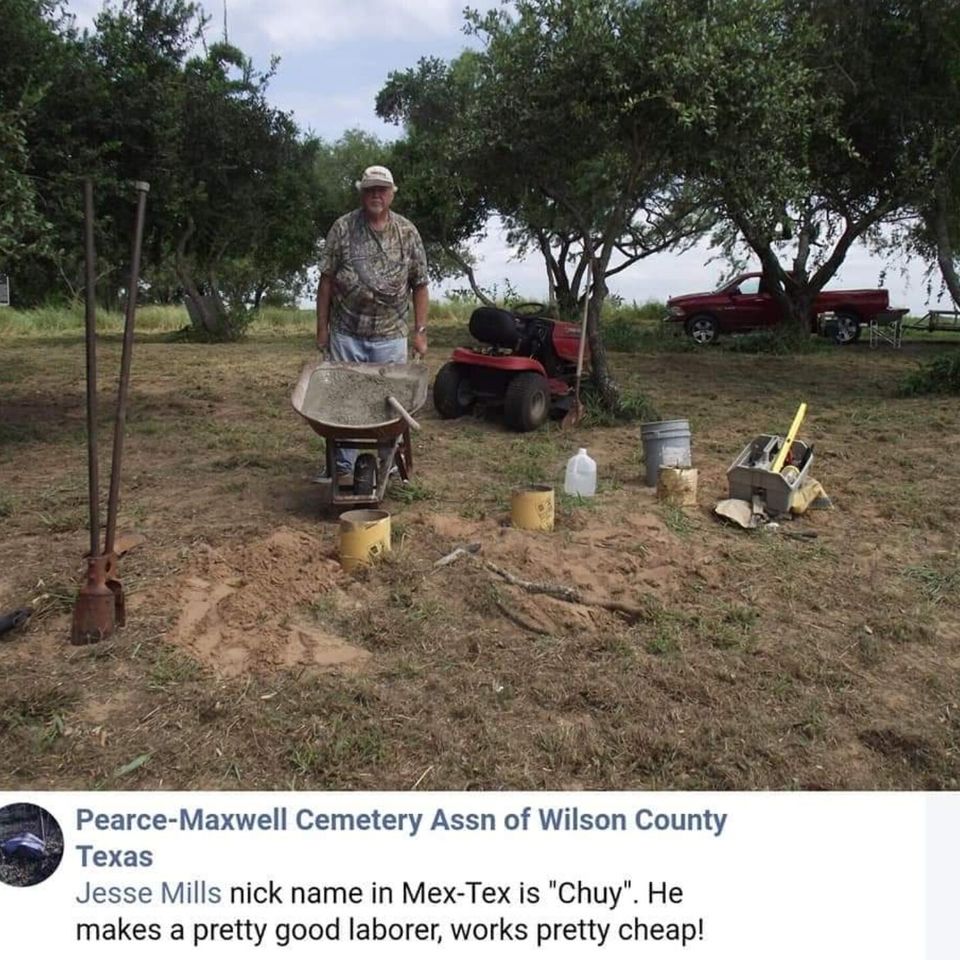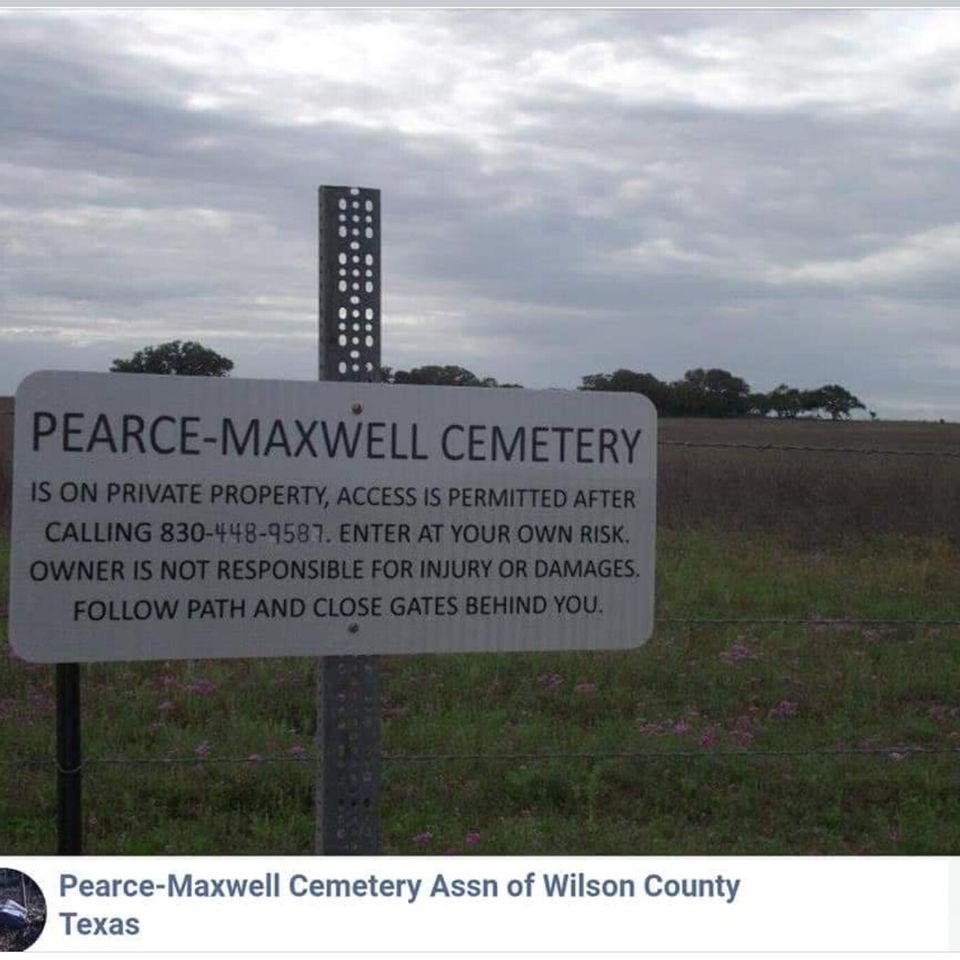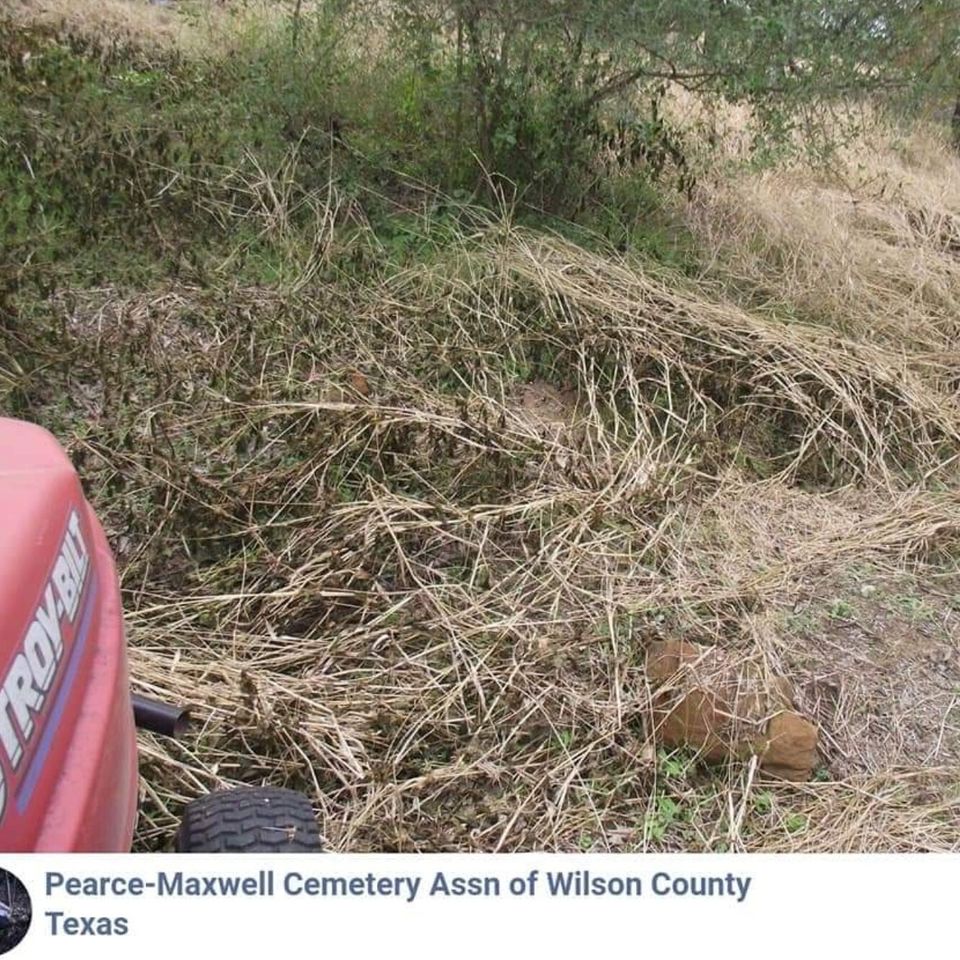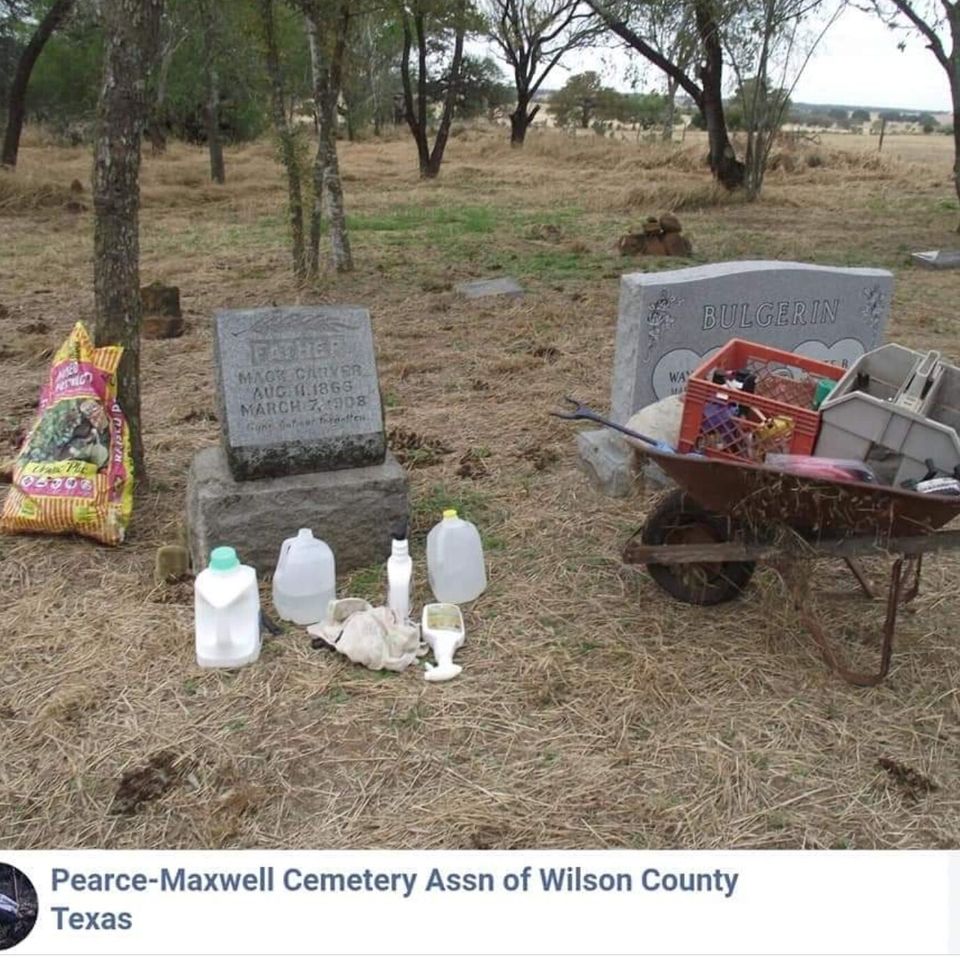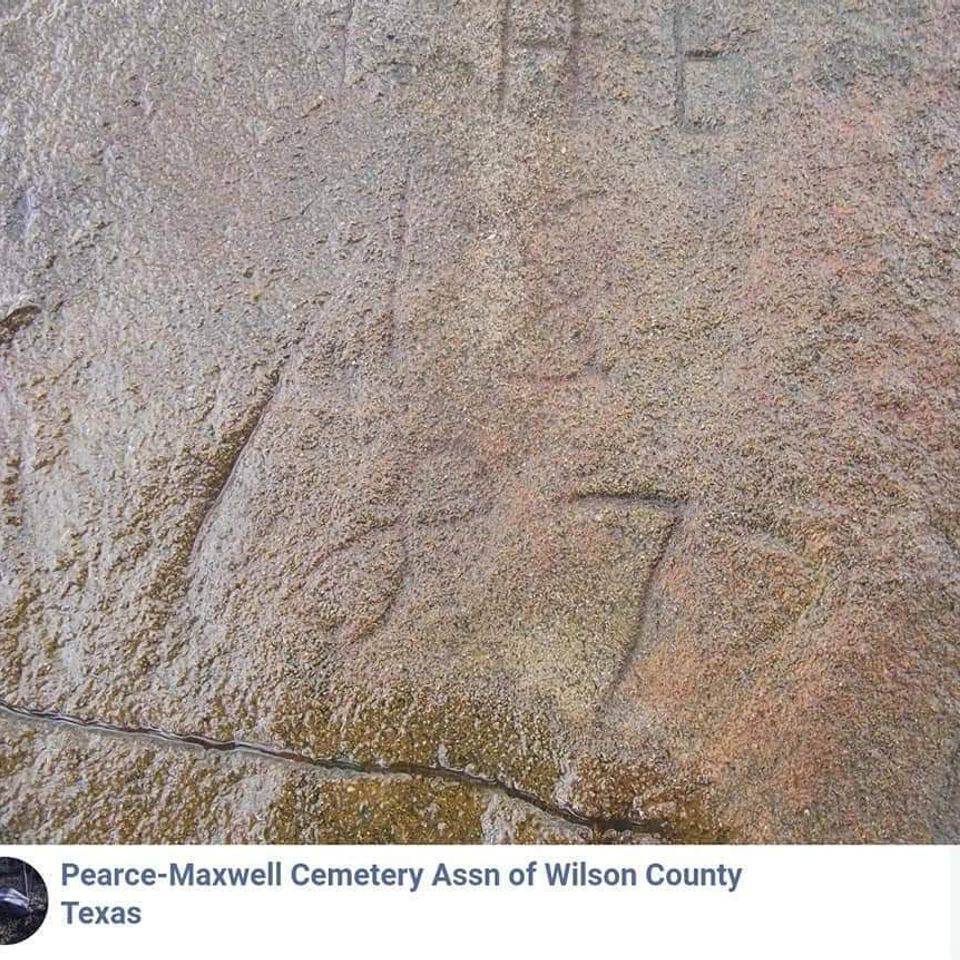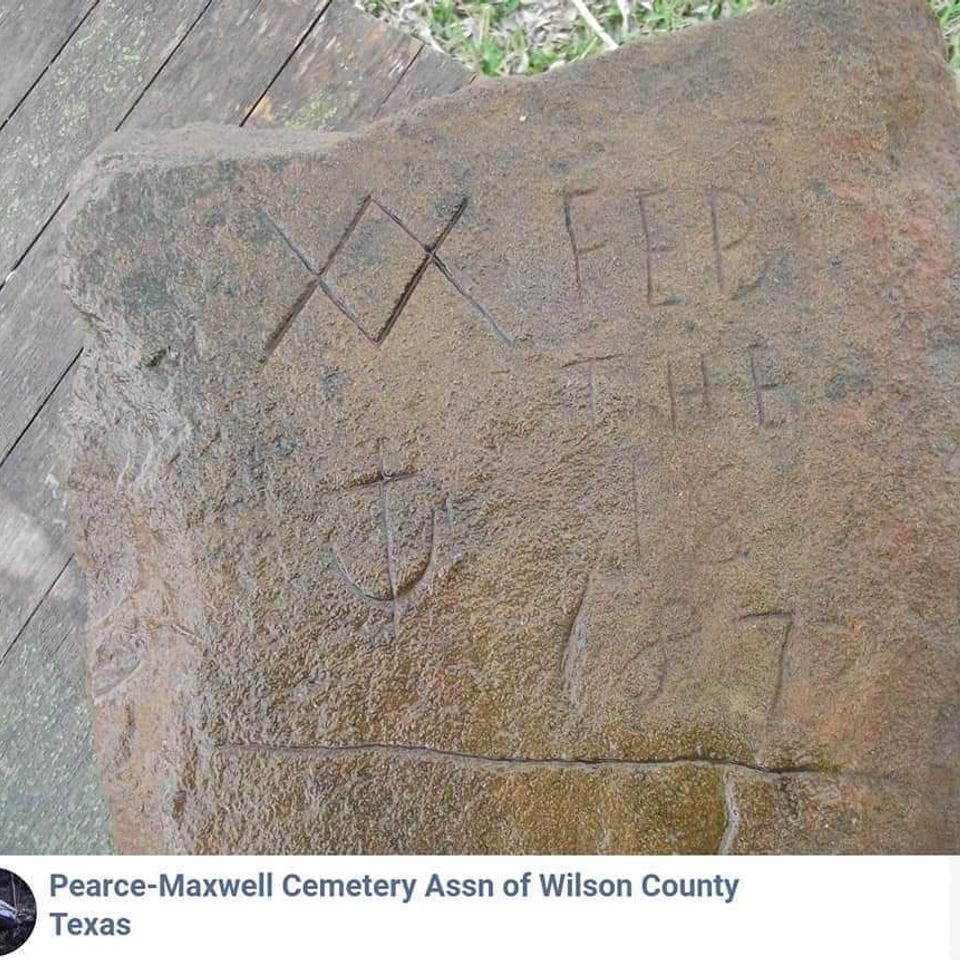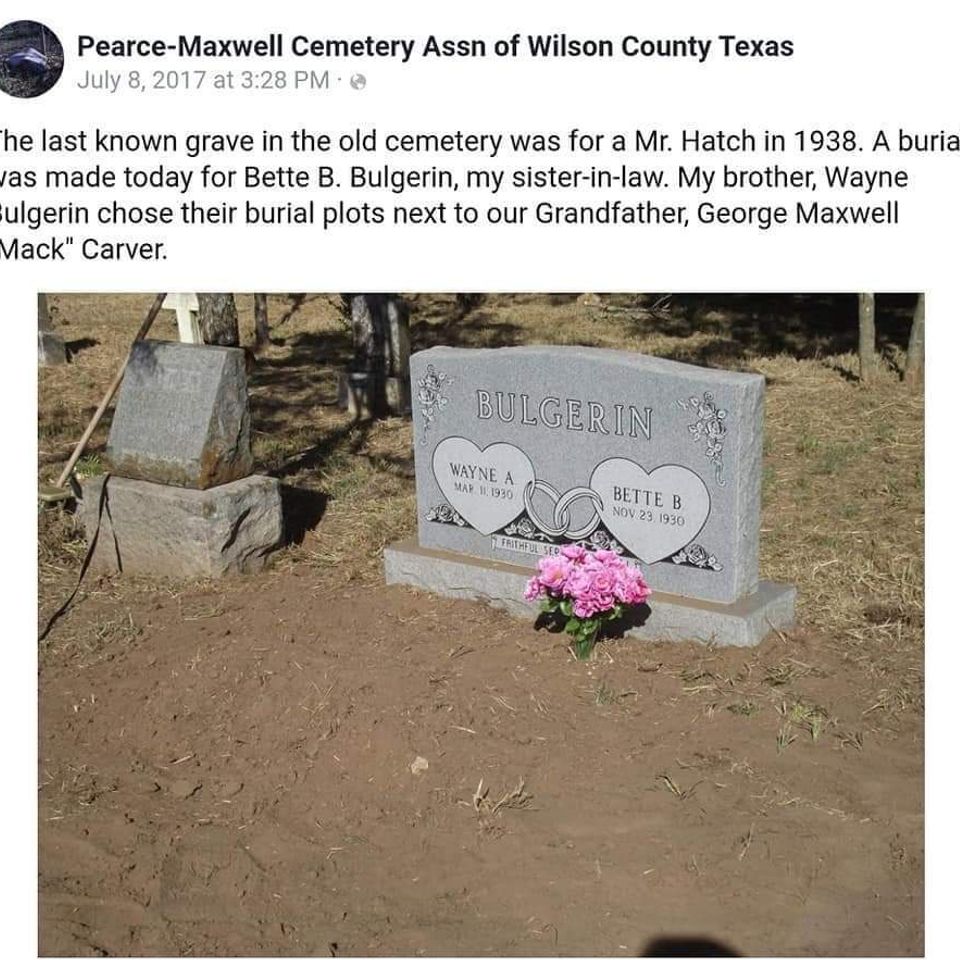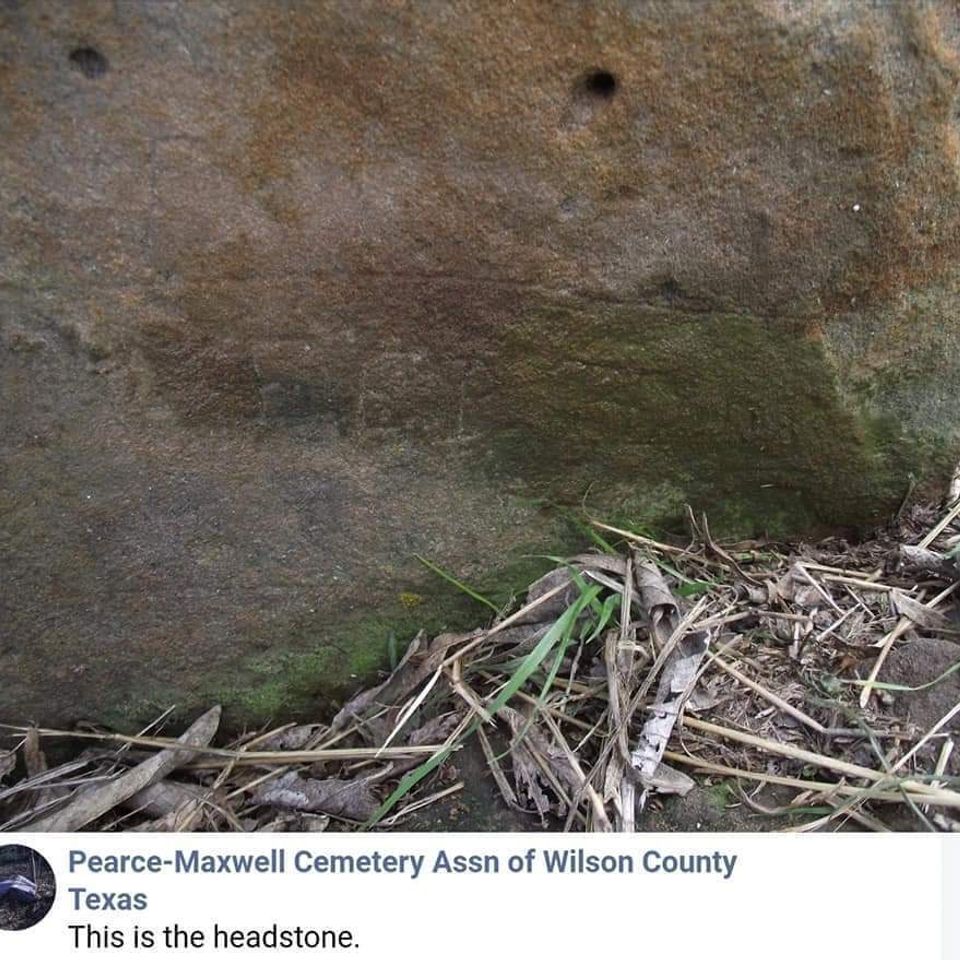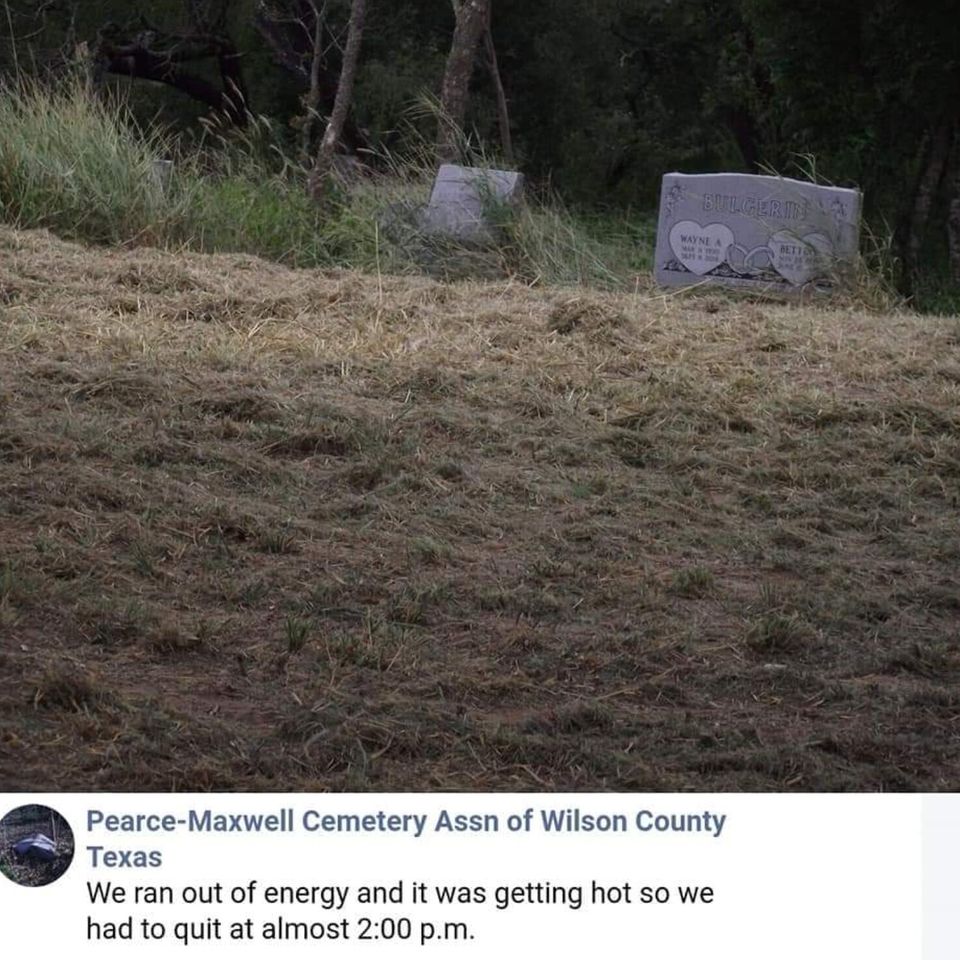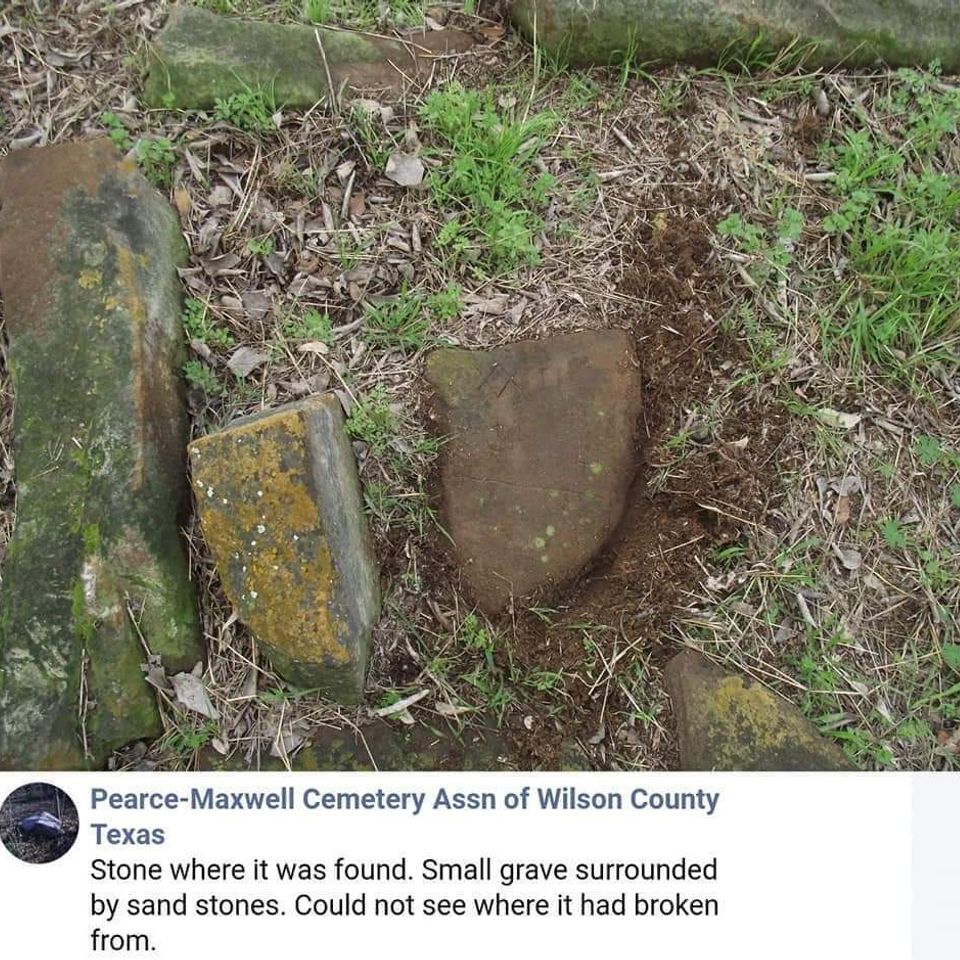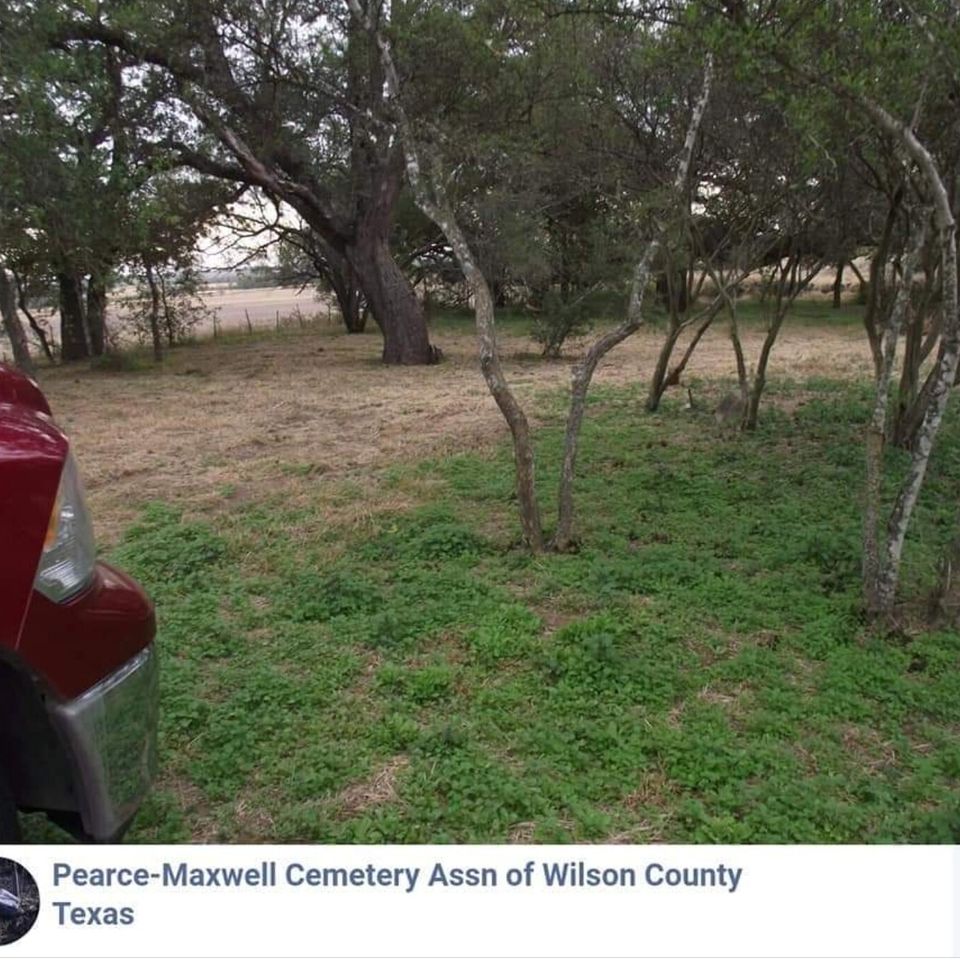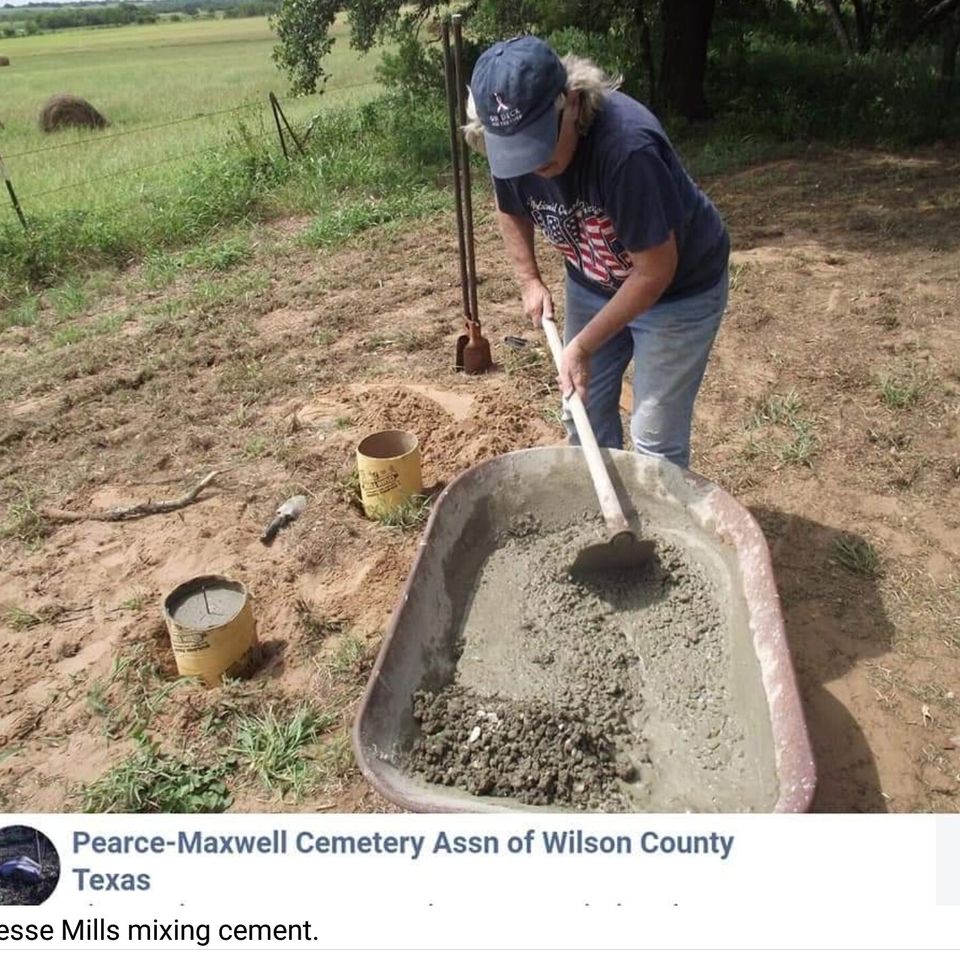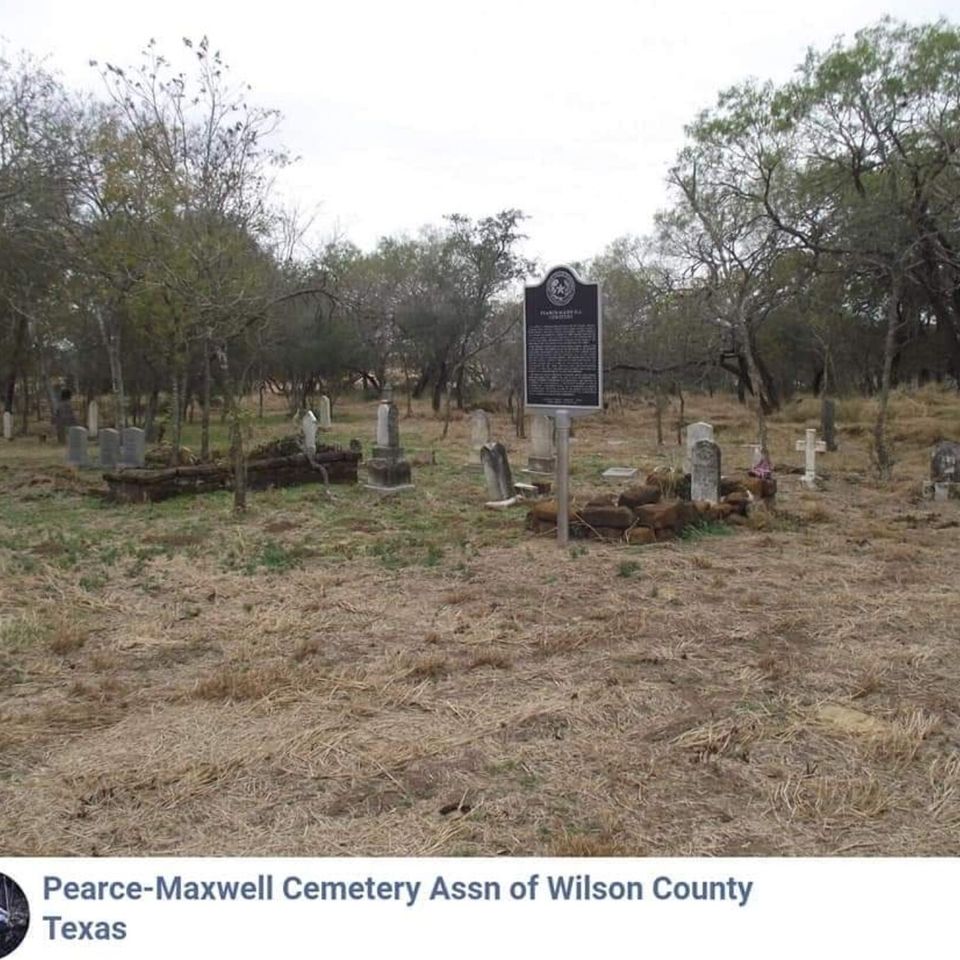By Bain Serna | Wilson County News | November 02, 2011 issue
LA VERNIA — In a quiet cemetery just north of La Vernia, faded and weathered tombstones stand as silent and abiding reminders of that great and terrible tide of American history. Etched on the headstones are the names of courageous men, faithful soldiers, of a long-ago and distant era. They are the cherished names of the fathers, husbands, sons, and brothers who bravely fought in the deadliest and bloodiest of all of America's wars –the American Civil War (1861-65).
On Saturday, Oct. 22, 2011, the Sons of Confederate Veterans hosted a memorial in the Concrete Cemetery, located just north of La Vernia off F.M. 775, to honor and remember 33 Confederate soldiers and one Union soldier who were laid to rest there.
Many people of all ages from Wilson County and the greater San Antonio area attended the memorial to remember and to pay their respects, in this year that marks the 150th anniversary of the beginning of the Civil War.
In attendance were Wilson County dignitaries, such as County Judge Marvin Quinney, Pct. 3 Commissioner Ricky Morales, Pct. 2 Justice of the Peace Sara Canady, and Pct. 3 Justice of the Peace Jim Burdette, to name a few.
Representatives from historical organizations, such as the La Vernia Historical Association, the Wilson County Historical Society, and the Floresville High School Junior Historians, along with the Poth Veterans of Foreign Wars Post 8555, also were in attendance.
Bagpiper Harrell C. Sutherland played out a Scottish tune of remembrance, as a color guard dressed in Civil War military uniforms solemnly marched the flags of the United States, Texas, and the Confederacy and posted the honored banners near the assembled crowd and the speaker's podium. Members of a mounted color guard carrying various Confederate battle flags lined their horses nearby as a pledge and salute to the flags were recited.
Various speakers and presenters delivered speeches and presentations under the shade of trees in the old cemetery. Small Confederate flags that had been placed on the graves of the soldiers flapped gently in the Texas breeze as, one by one, the names of the soldiers were read aloud and a bell tolled after each name.
Three men, dressed in Confederate military gray, lined up with their musket rifles and in unison fired off a volley to honor the lone Union soldier laid to rest in the Concrete Cemetery. The men then reloaded their weapons and, on command order, fired off another volley for the Confederate soldiers.
Thomas Terry, a La Vernia resident who is a direct blood descendant of Confederate soldiers and a member of the Sons of Confederate Veterans, prepared his Civil War-era replica cannon for the final salute. It's men like Terry who help keep the memory and legacy of the Civil War alive in these modern, distracted times.
"We need to look back," Terry said. "We need to remember. We need to see that the way our ancestors, both North and South, tried to solve their differences didn't work. 150 years later we still have some of the same differences, and in some ways we have more differences, but we need to find a different way to settle our differences if we are to save this country and have it be the same Republic you and I grew up in."
Perhaps the most important people attending the ceremony were the youth. After all, it is they to whom the torch will be passed when it comes to the remembrance and preservation of our sacred history. Floresville High School teacher Tambria Read heads the student group, the Floresville High School Junior Historians. Three members of that student organization — James Dyches, 17; Alexander Klepal, 17; and Autumn Klepal, 14 –dressed in Civil War attire and worked as volunteers for the ceremony.
James, dressed as a cavalry officer complete with officer's sash and sword, had the honor of being a flag bearer in the ceremony.
"This Civil War memorial is important because it's always important to remember our fallen veterans," he explained. "Regardless of whether they were Confederate or Union, they were all still Americans, so it's important to remember what they did for their country."
Alexander, in the uniform of an enlisted Confederate infantryman, offered his wise observation.
"I'm a firm believer that nothing is ever gone until it is forgotten," he said. "So by remembering the Civil War, it will always remain a very important part of history."
Autumn, the youngest of the Junior Historians clad in the dress of a mid-1800s Southern belle, said, "If we don't remember our history, then history could repeat itself, and we do not want another brother-versus-brother war."
The cannons fired and roared out a final, thunderous salute that cracked and echoed through the countryside between La Vernia and New Berlin. As the cannon smoke wafted toward the heavens above Texas, this final homage to those soldiers of the War Between the States came to a close.
After everyone left, a hallowed loneliness again descended upon Concrete Cemetery. The tall trees swayed and rustled in the soft breeze, as if they were the sleepy guards of that sacred ground. The autumn winds caused the fallen leaves to dance a lifeless tumble over the graves of the timeless heroes honored ... and across those silent memorials of stone.
